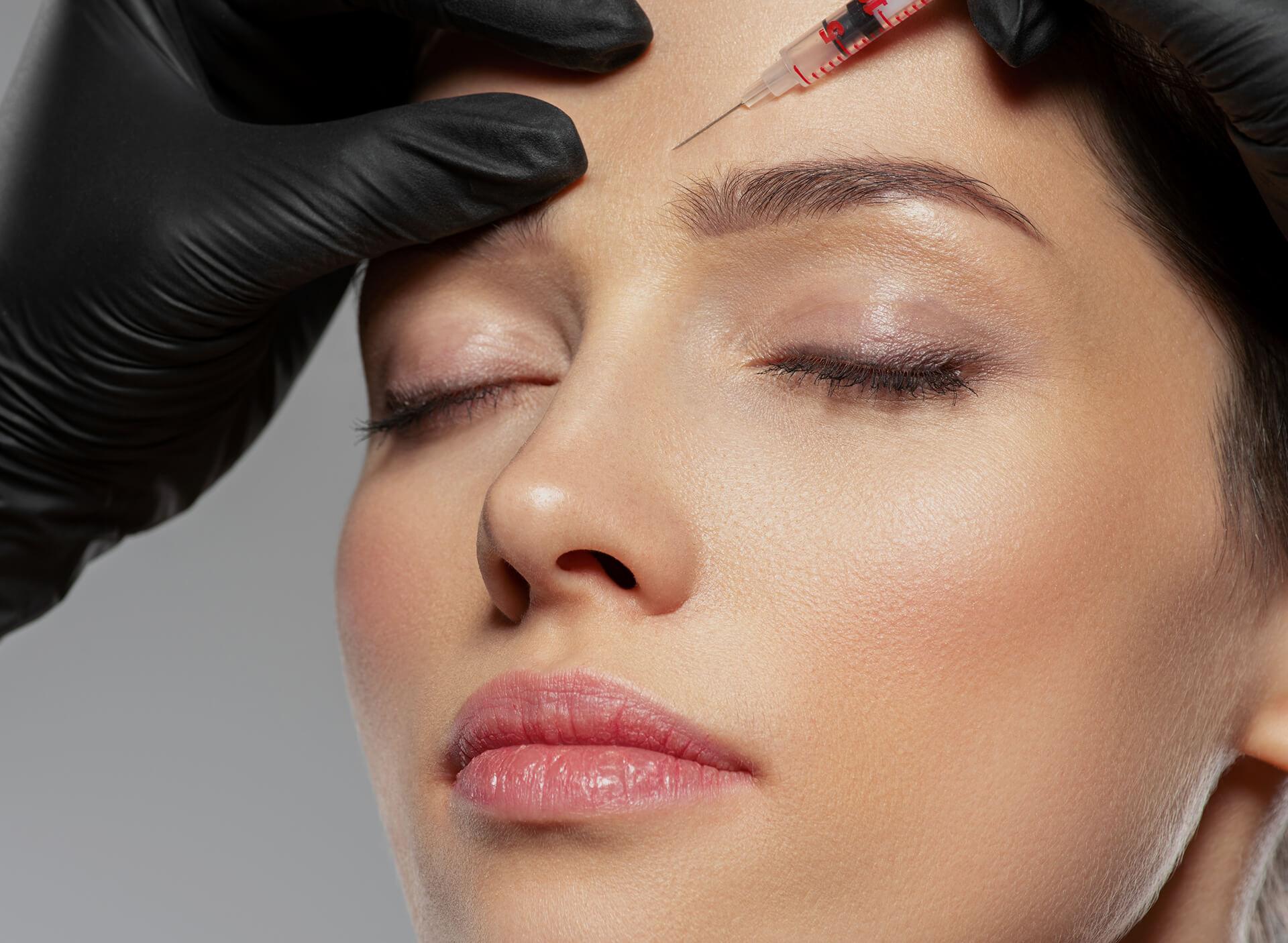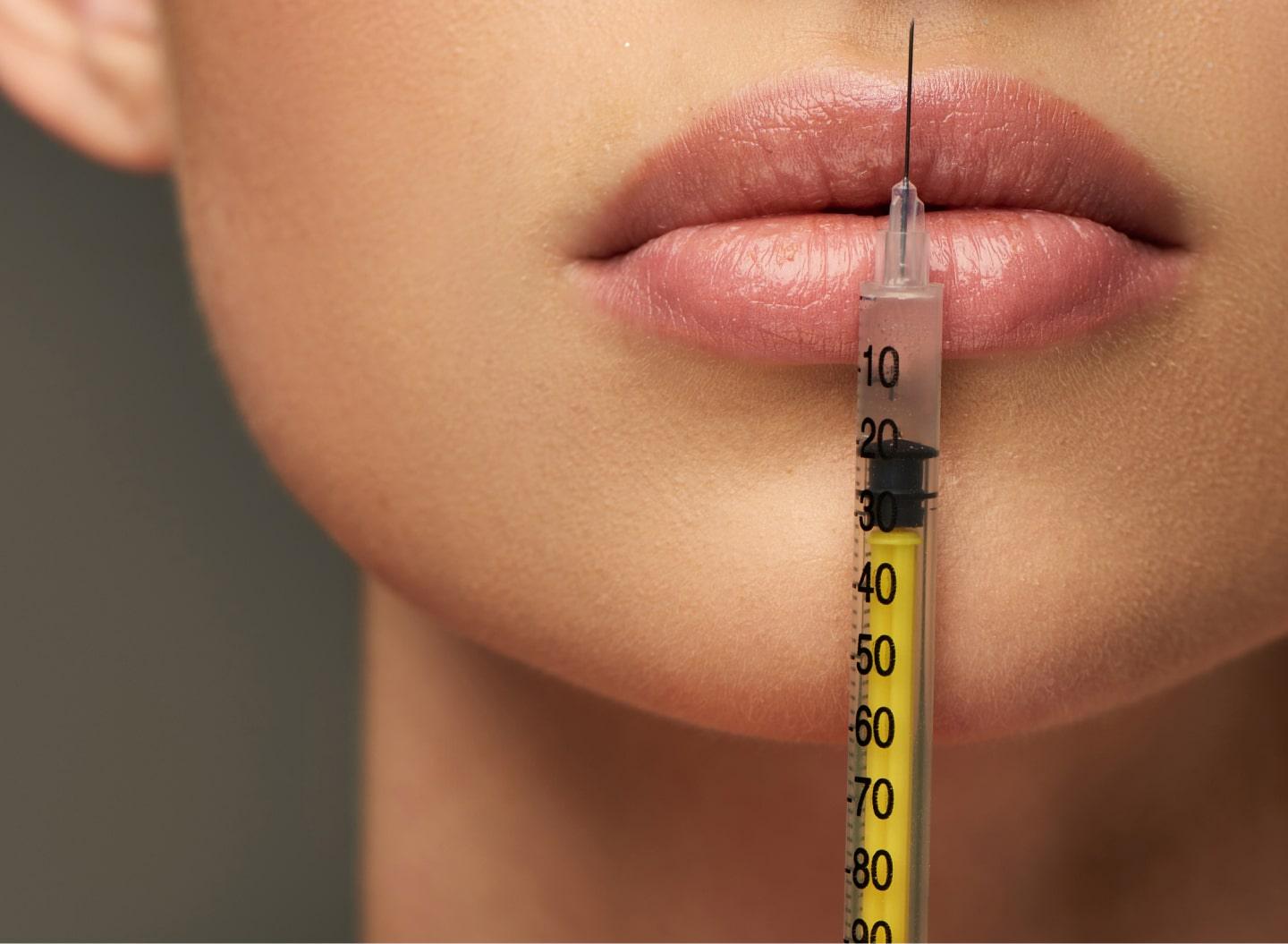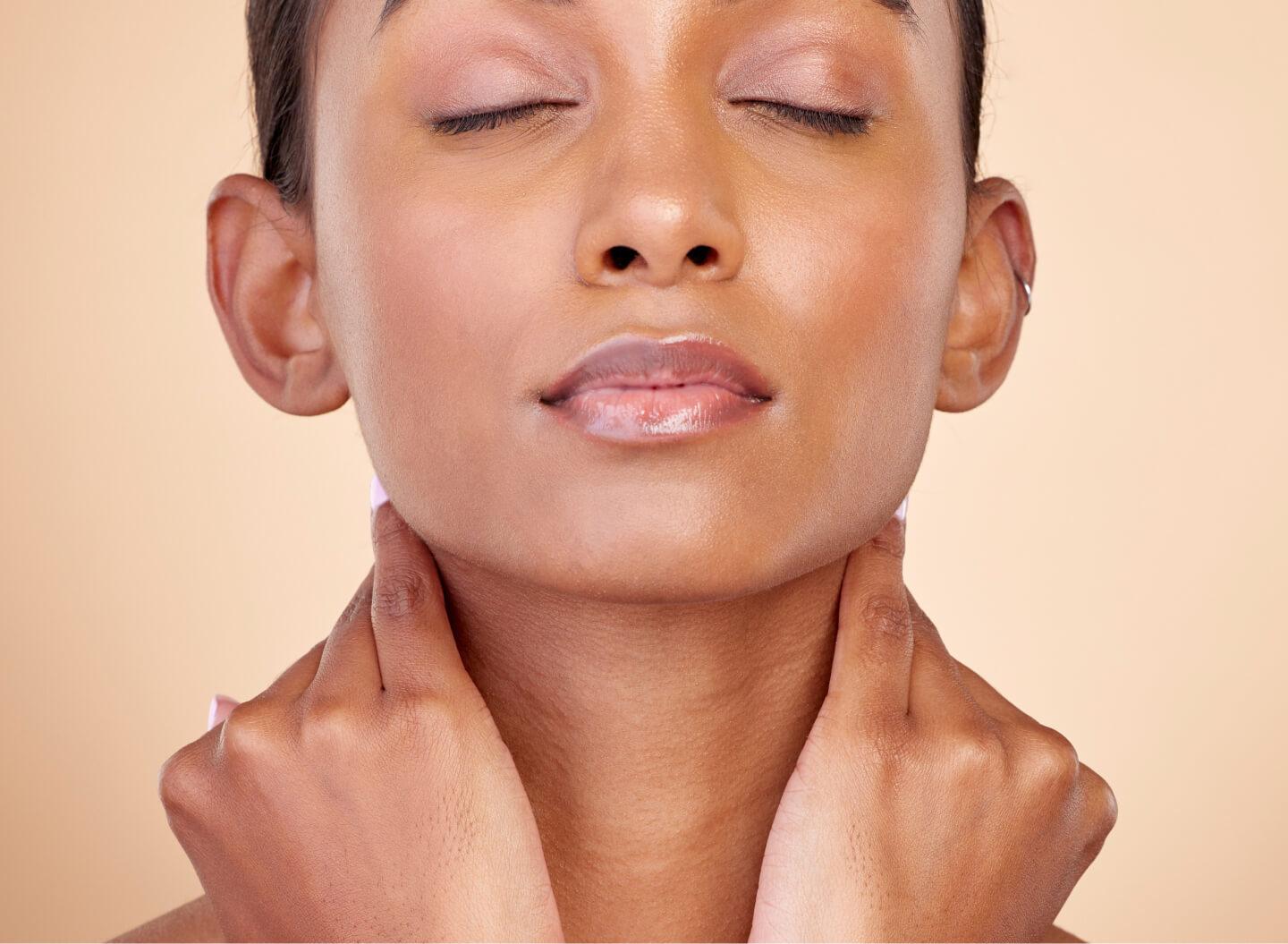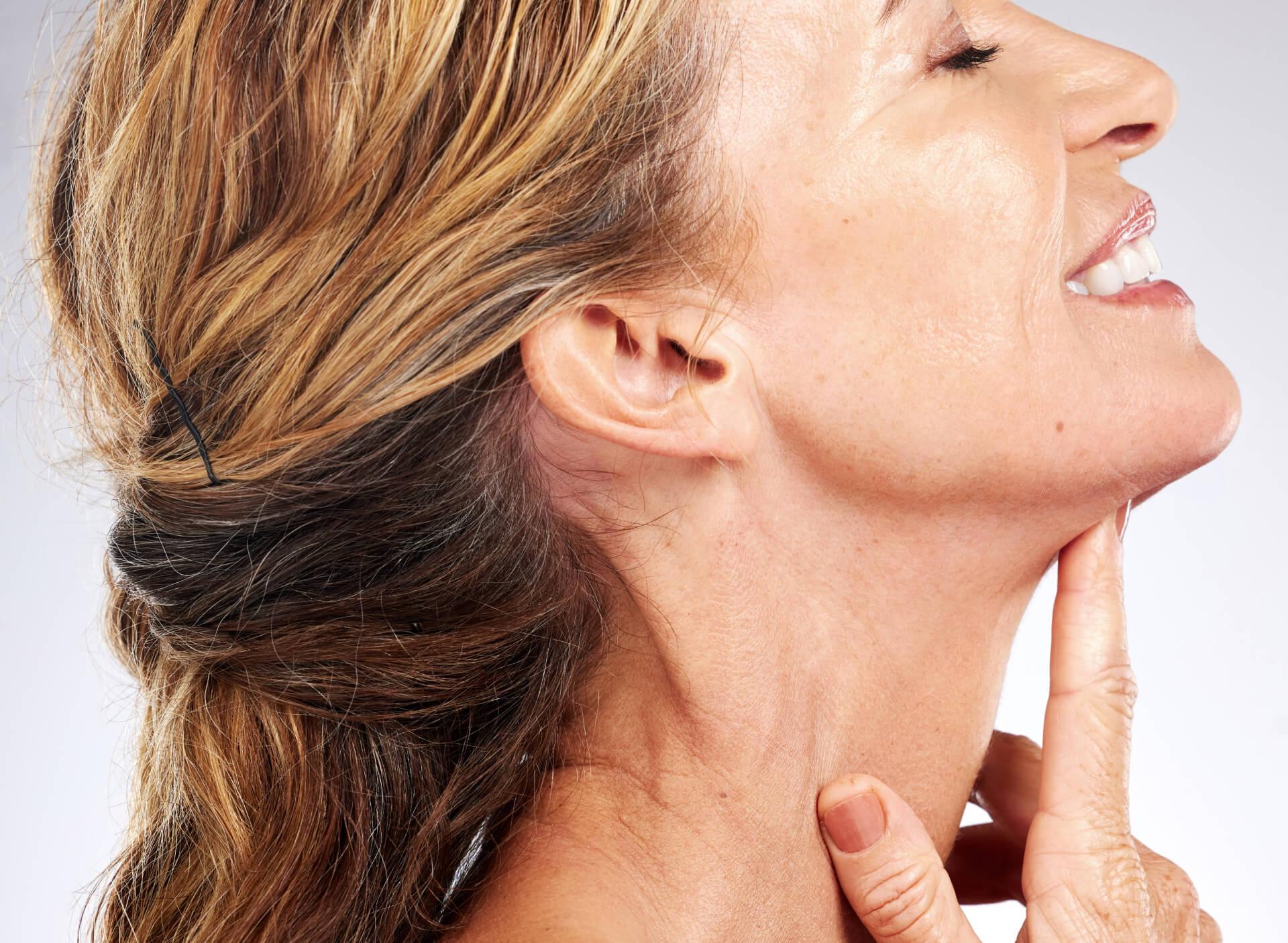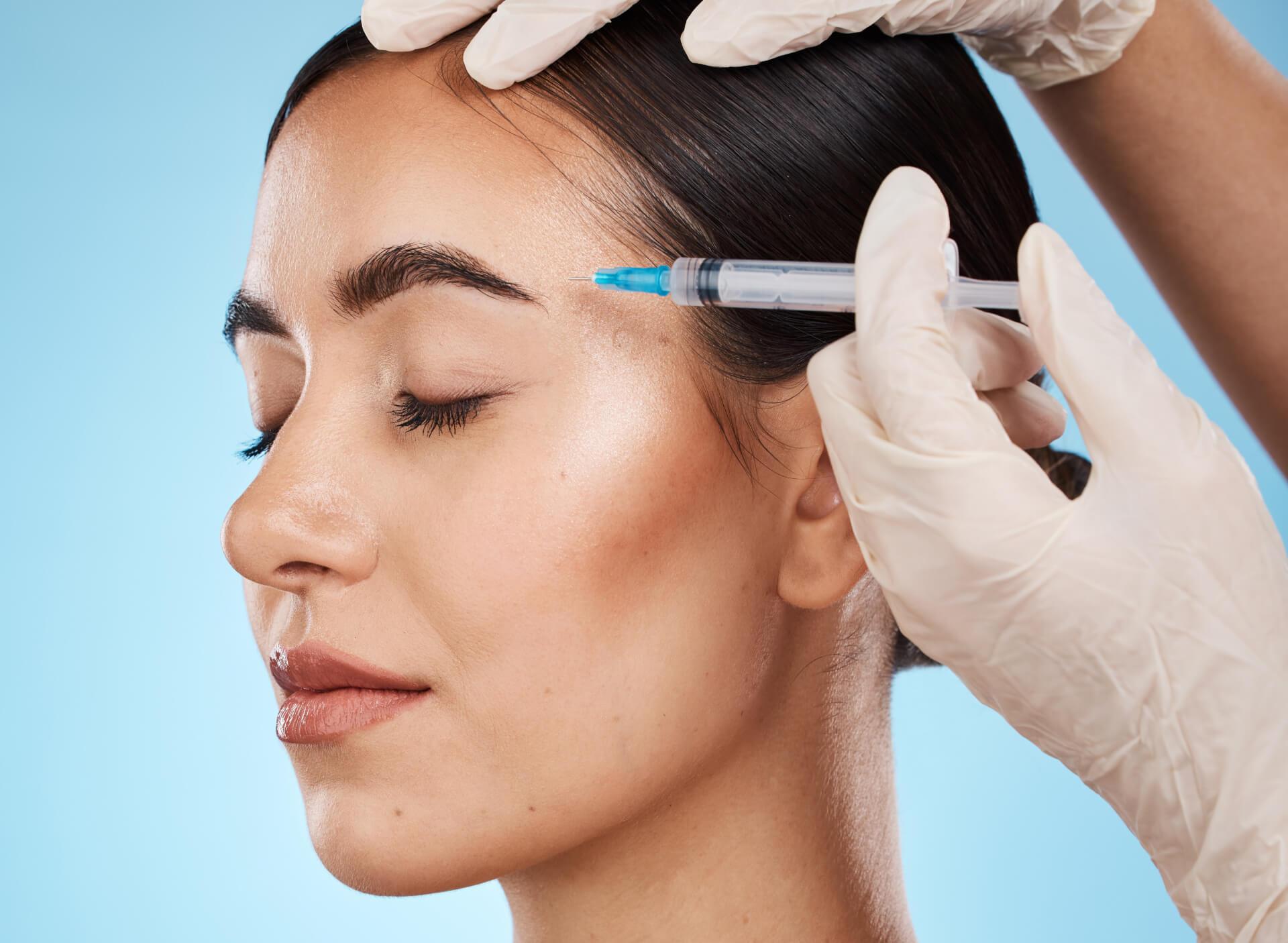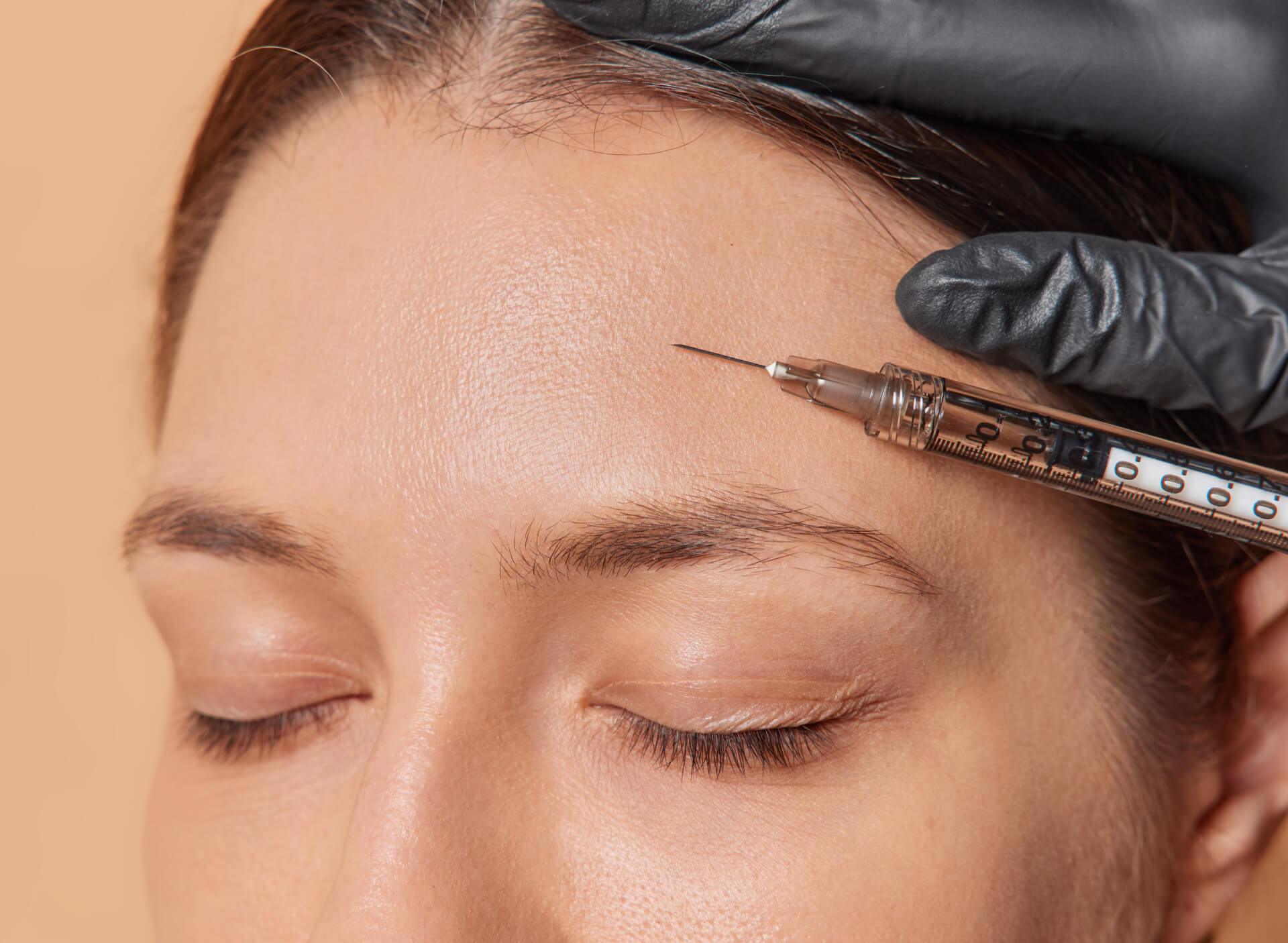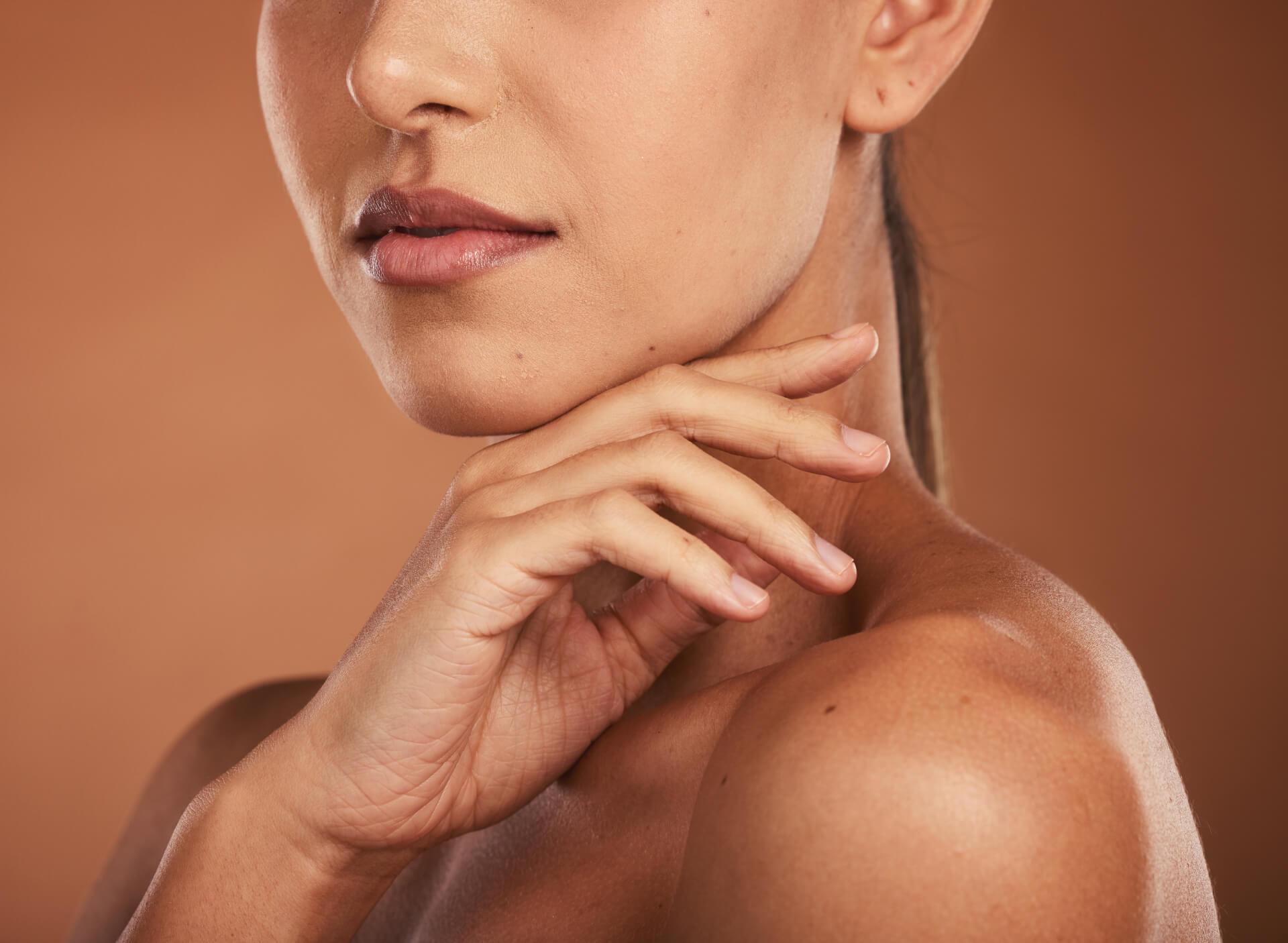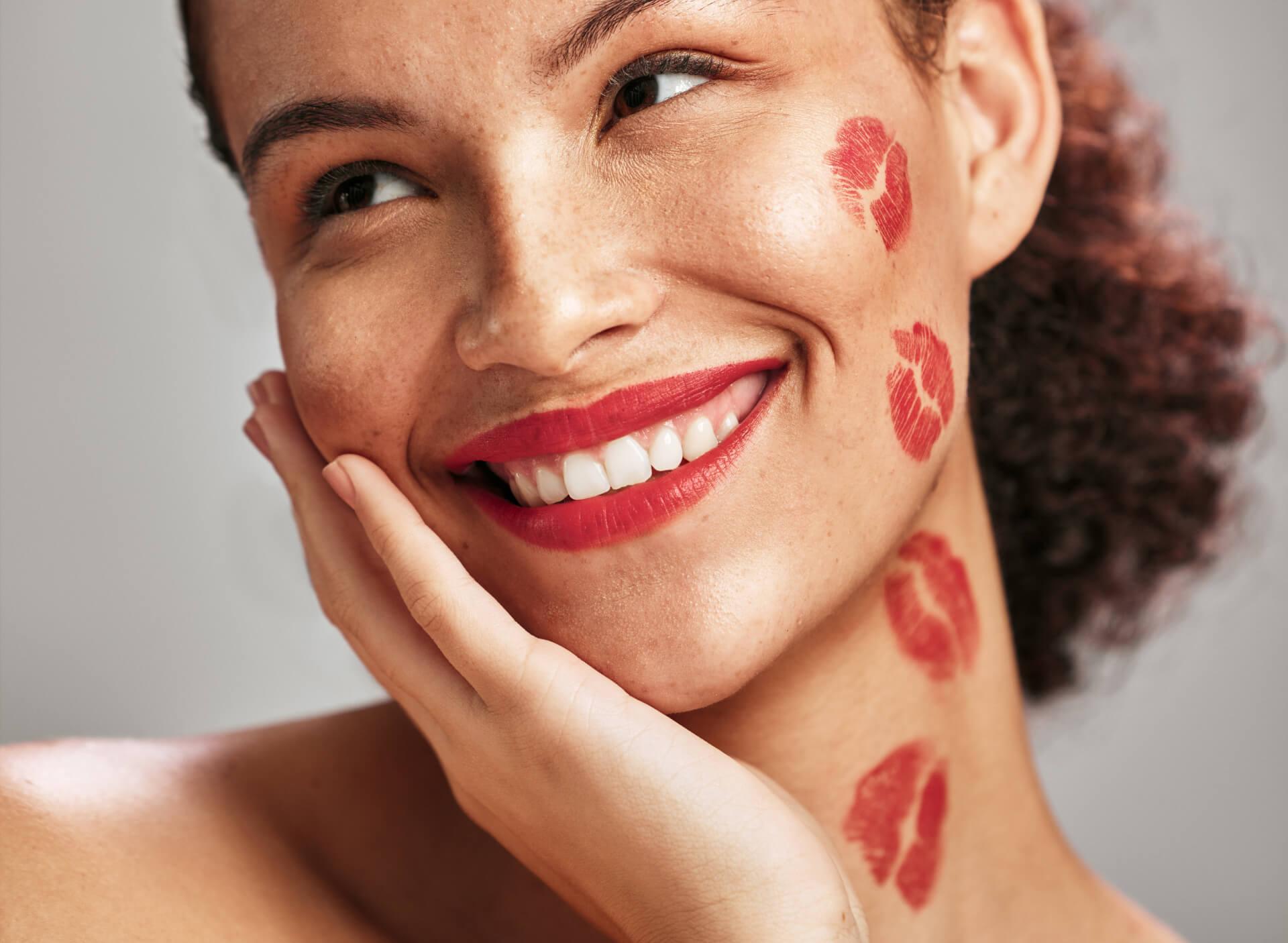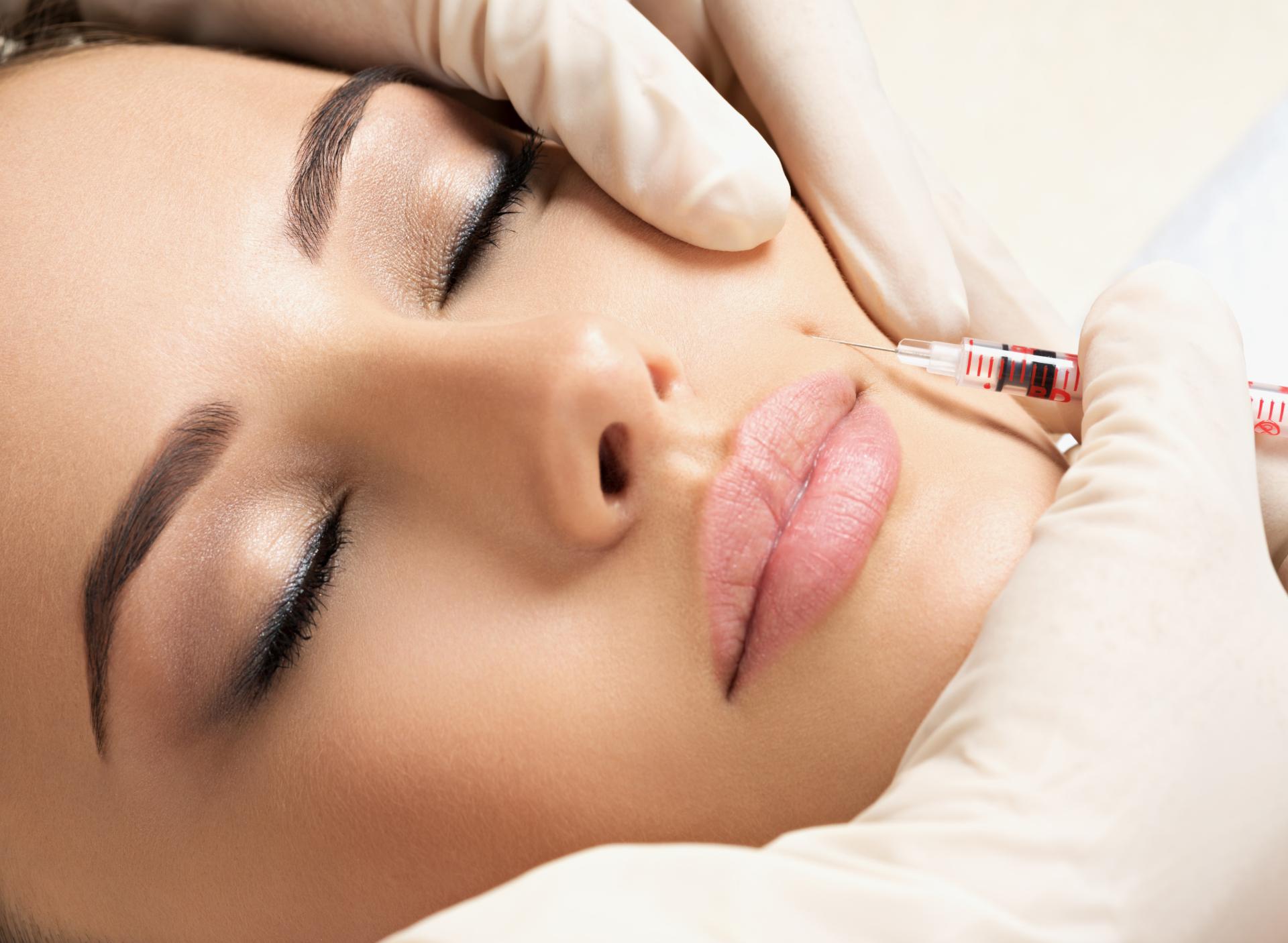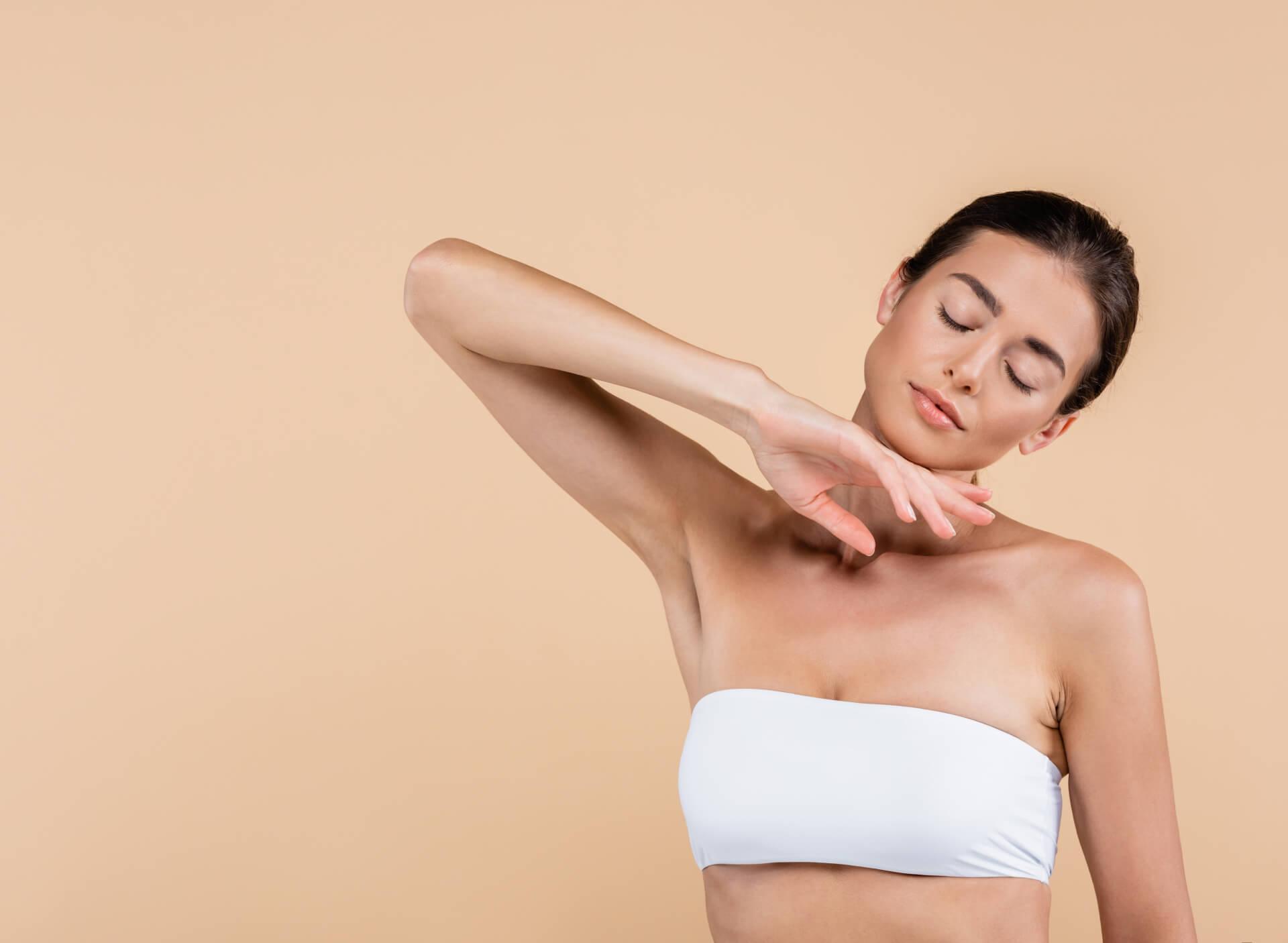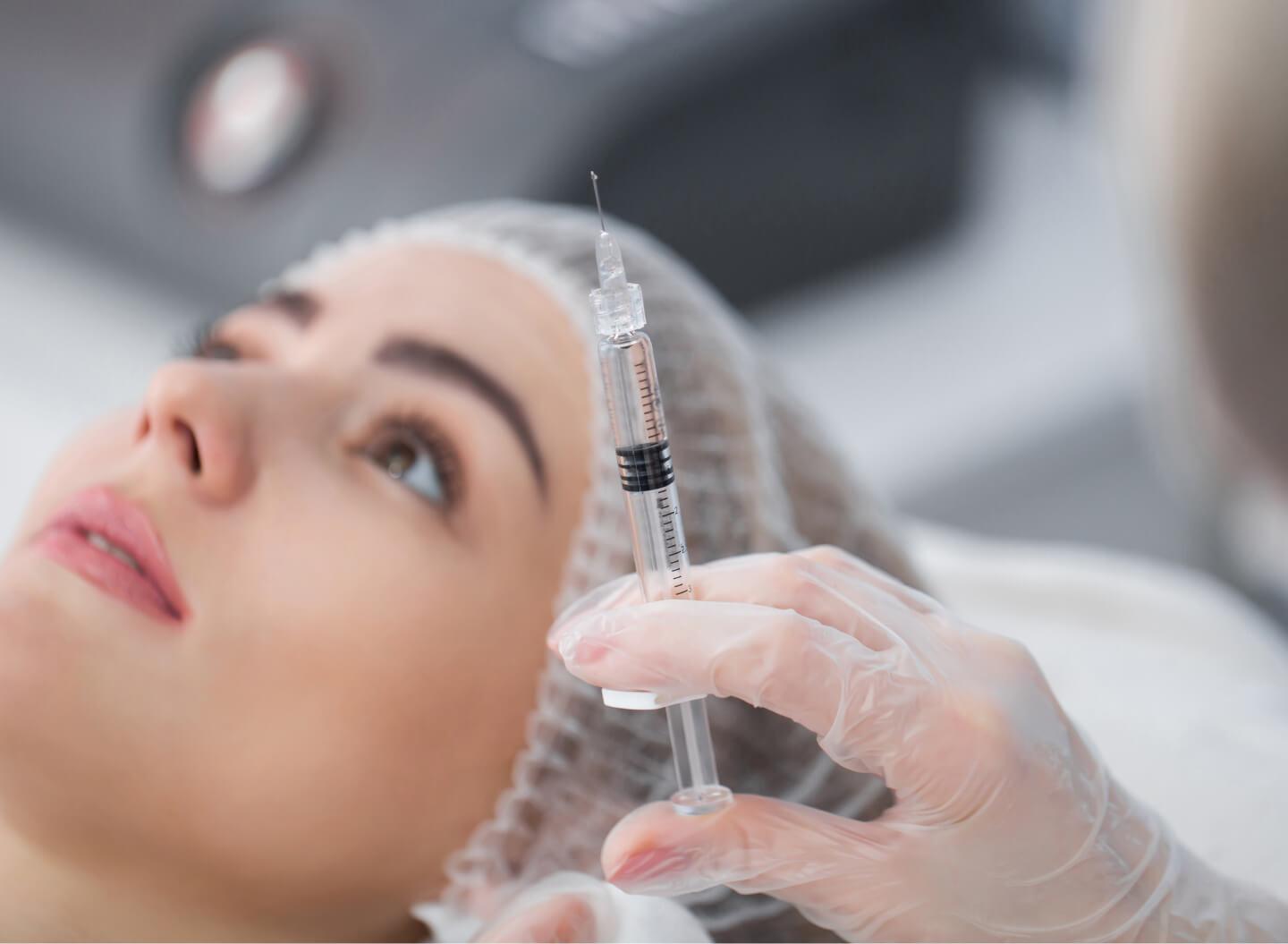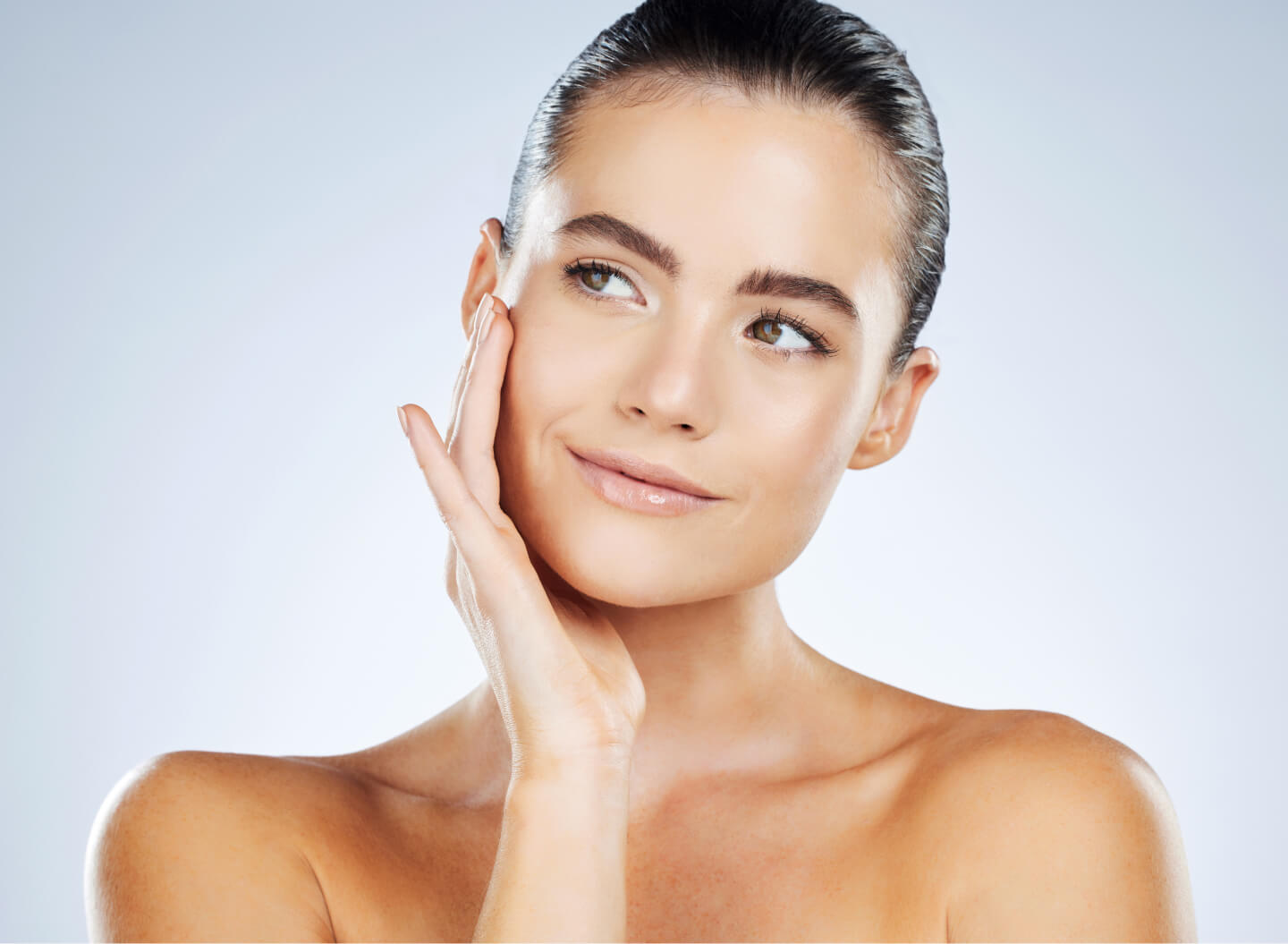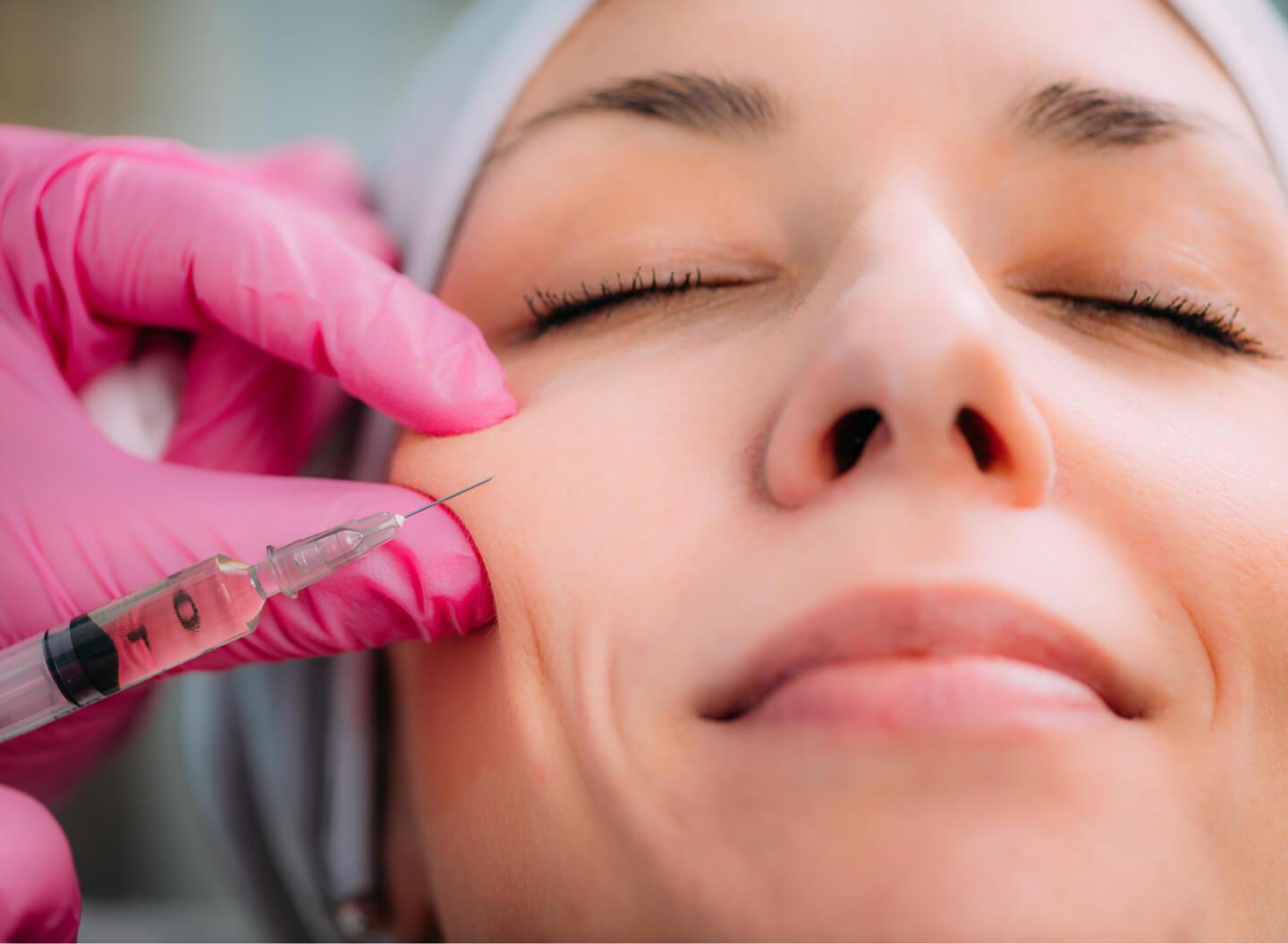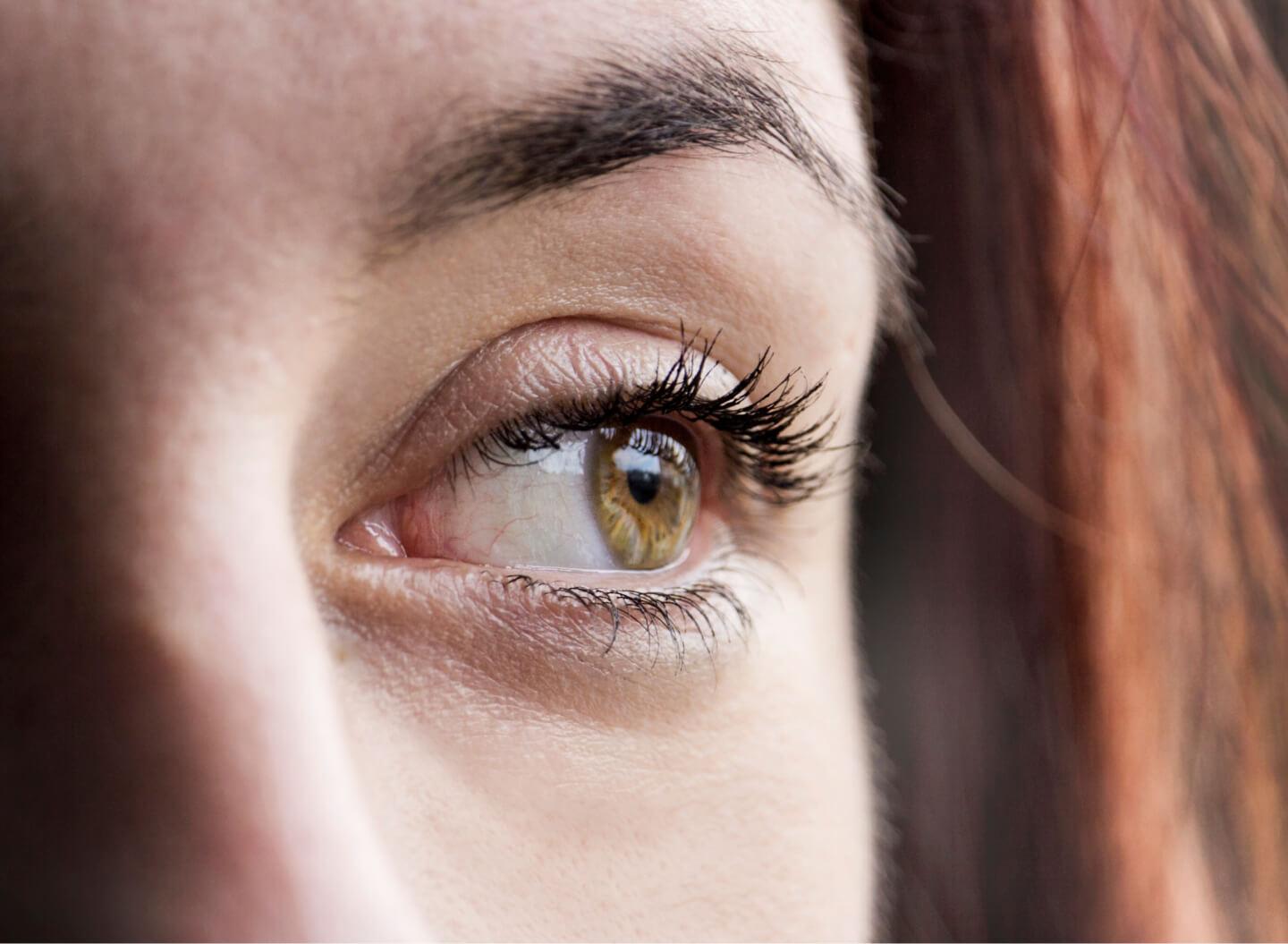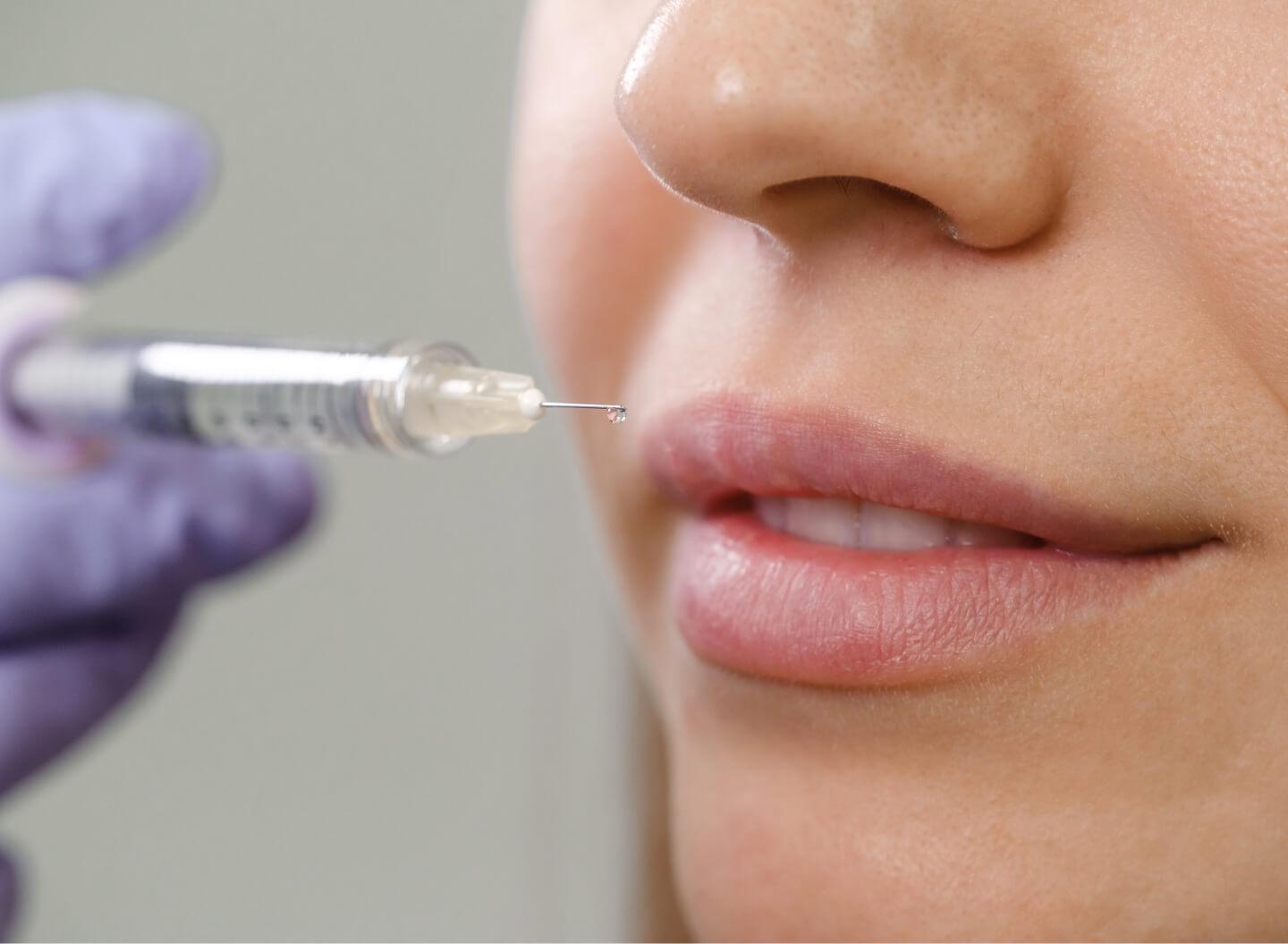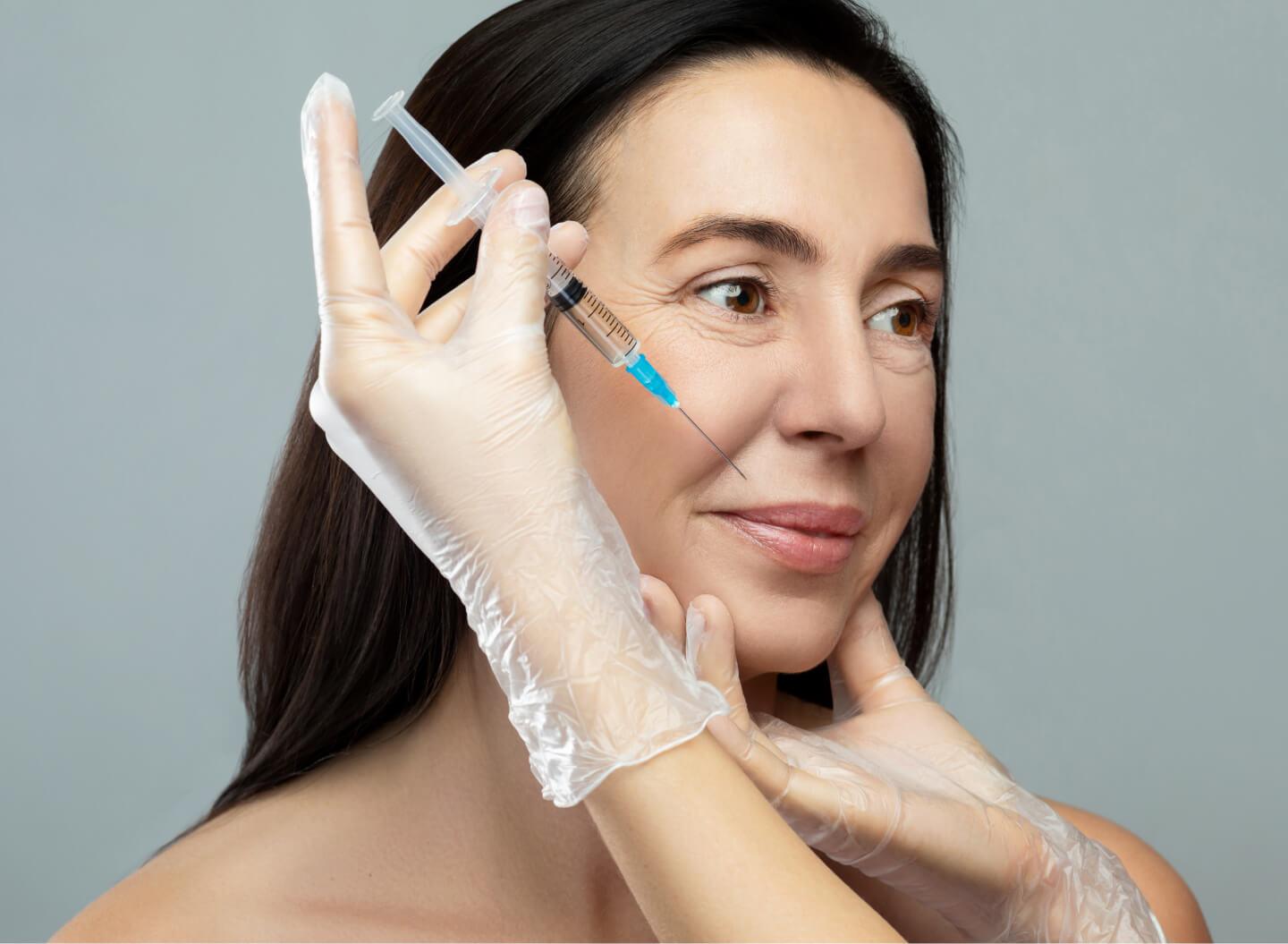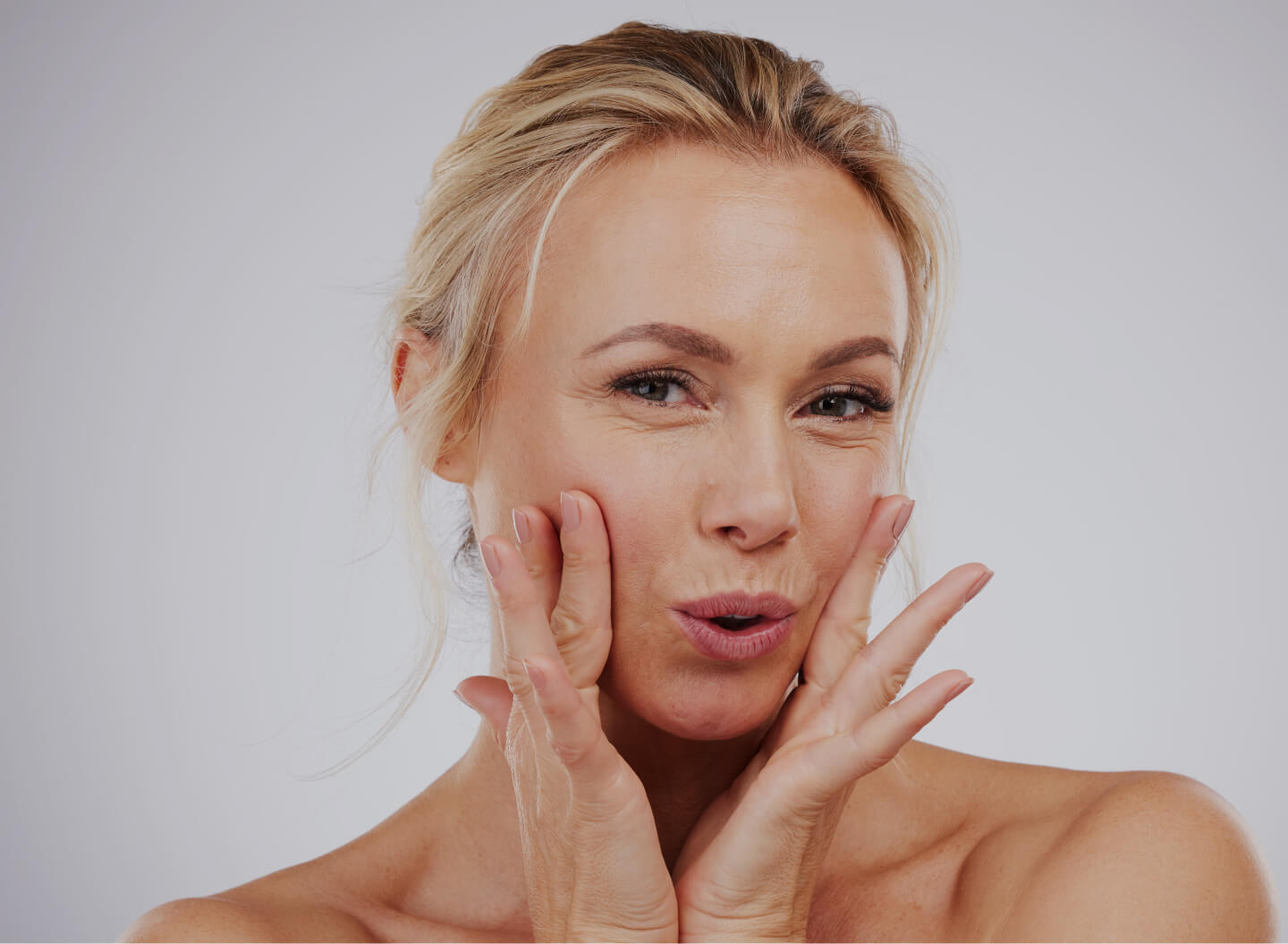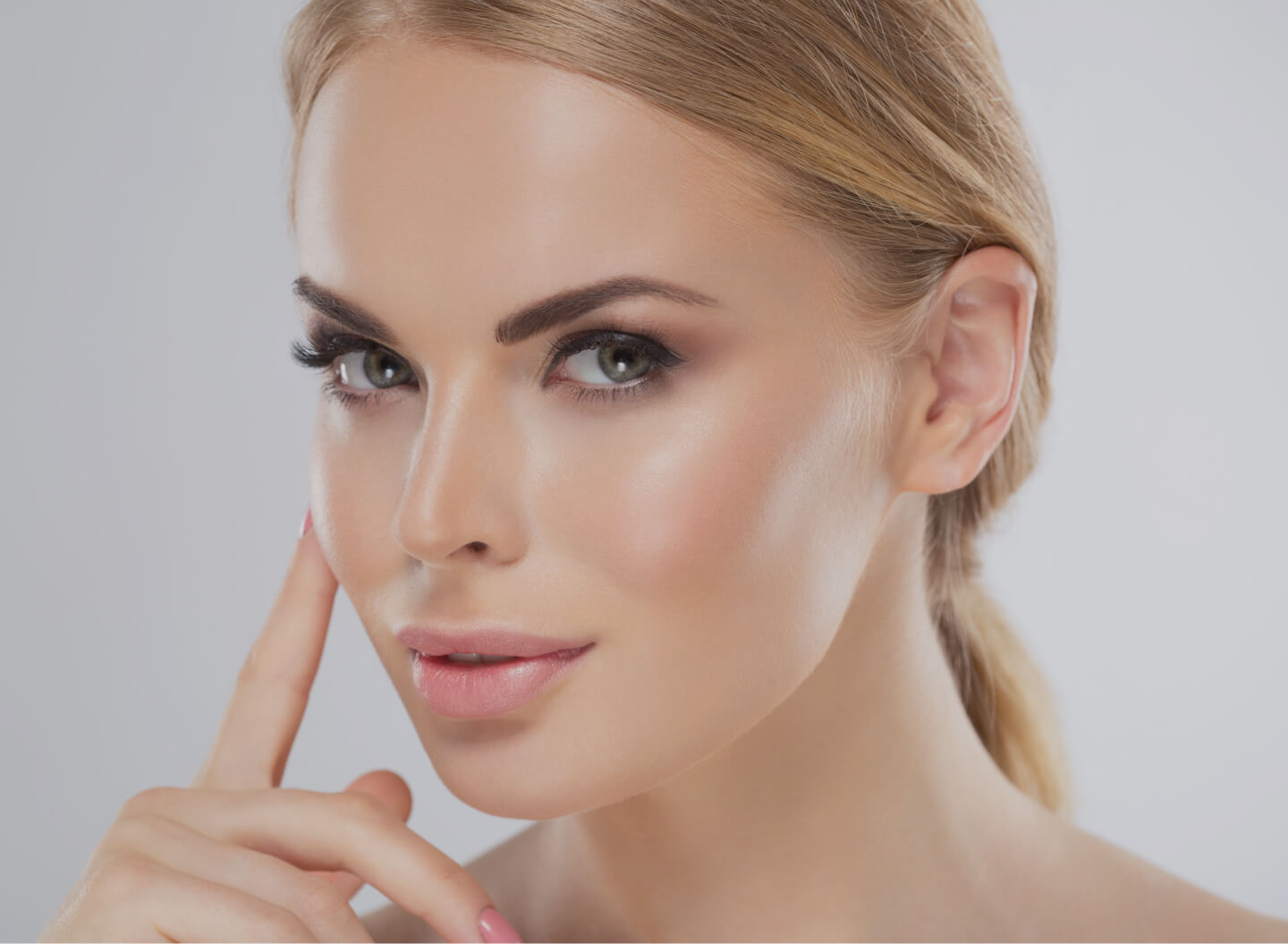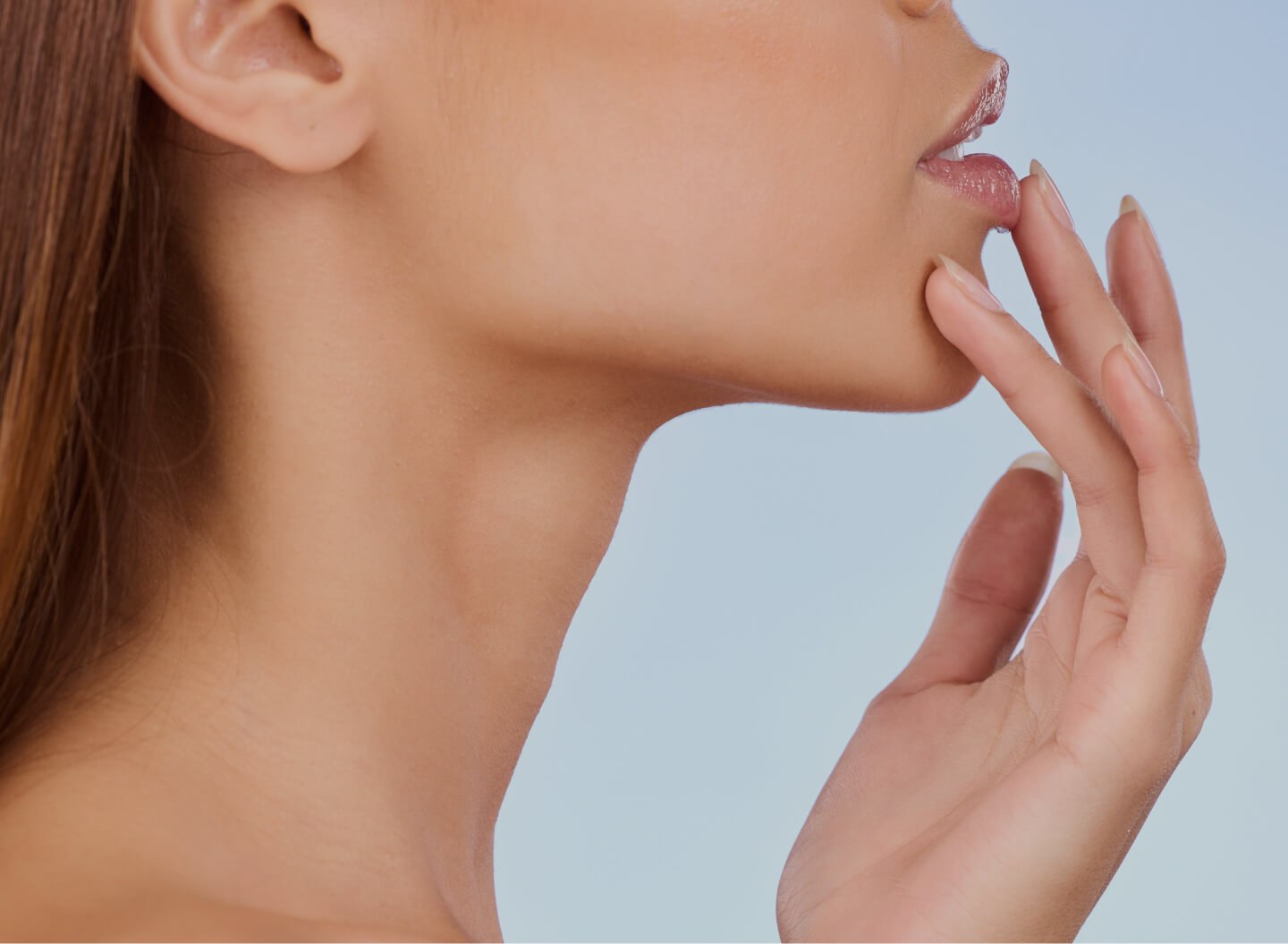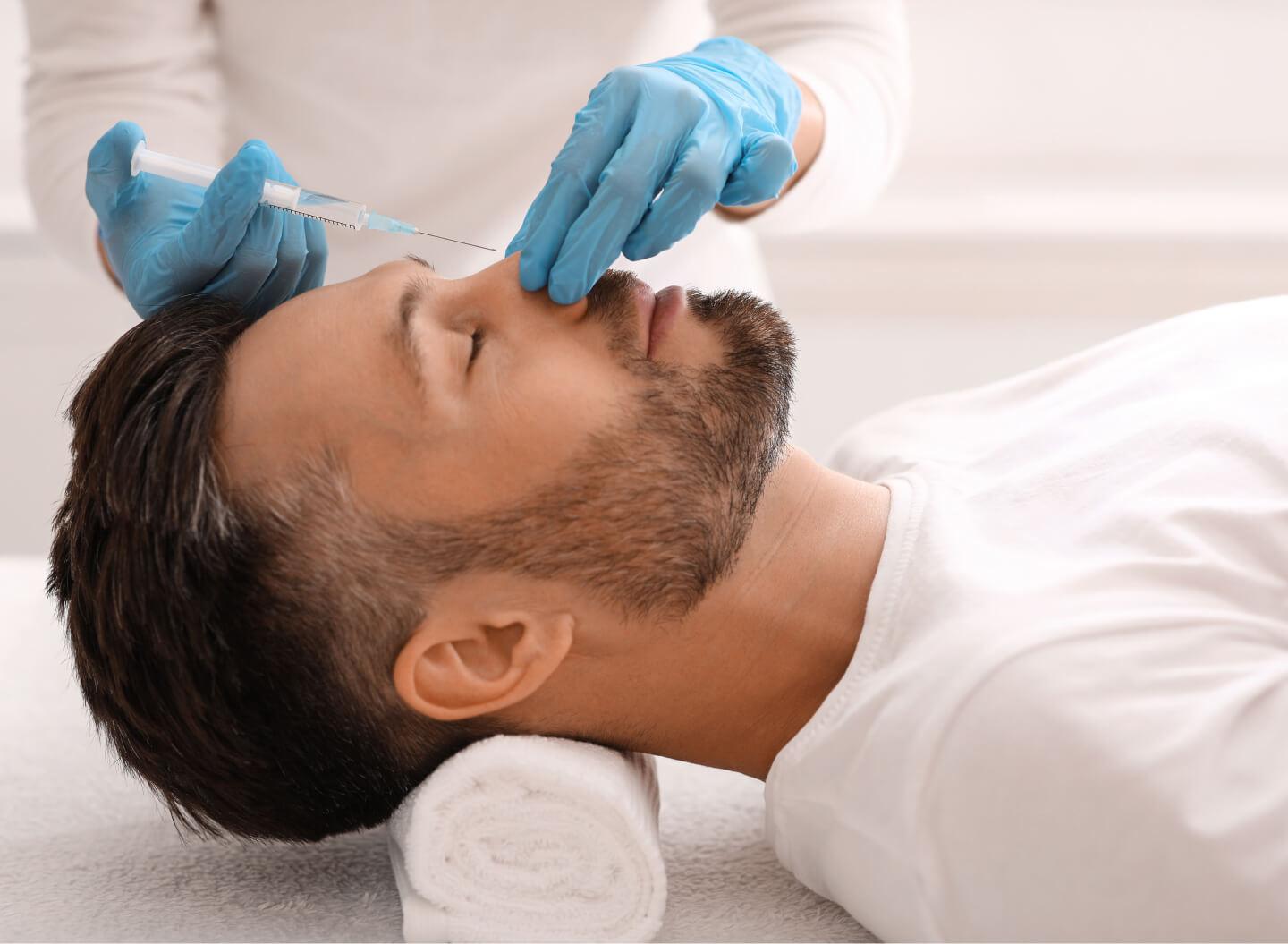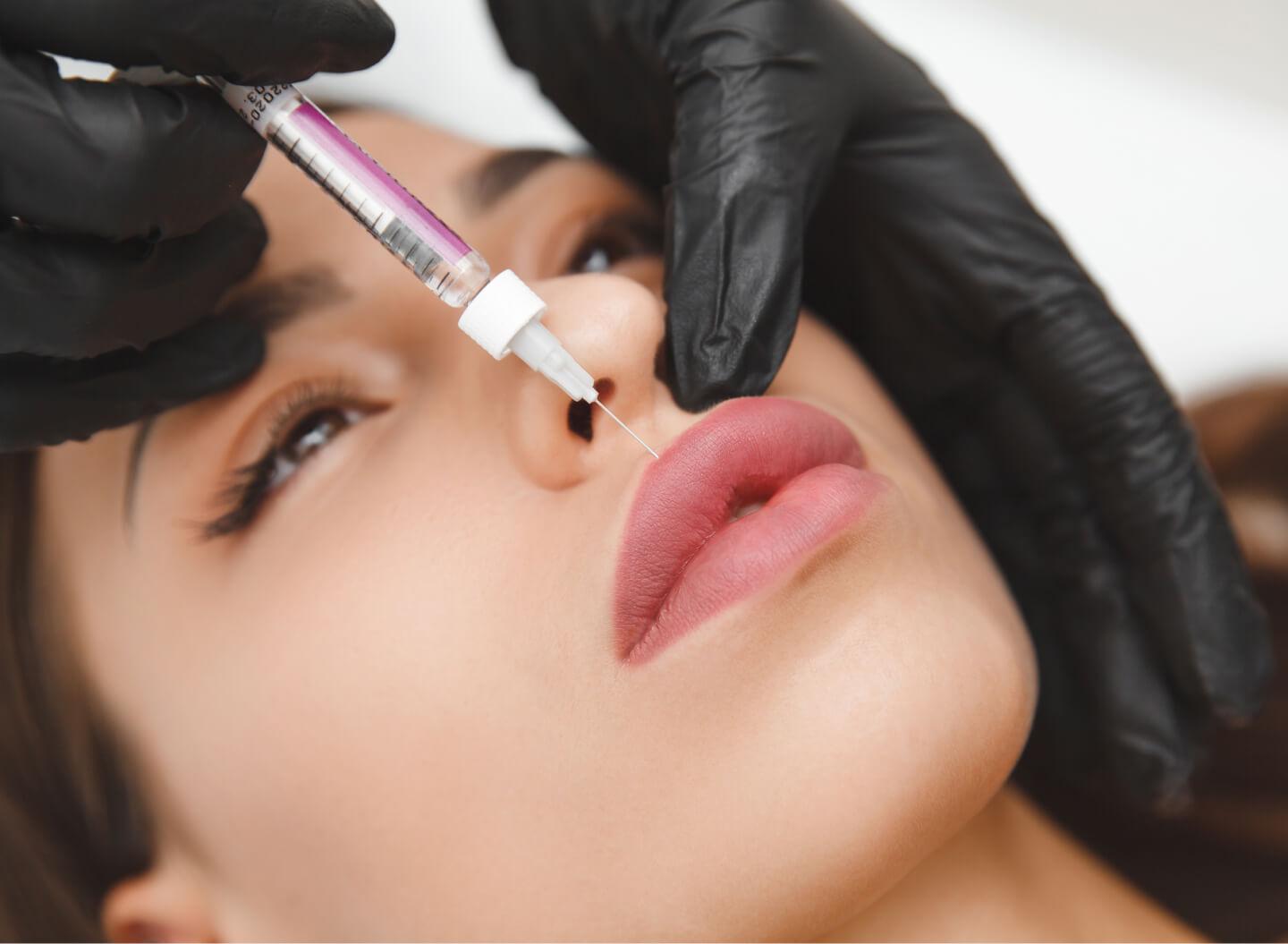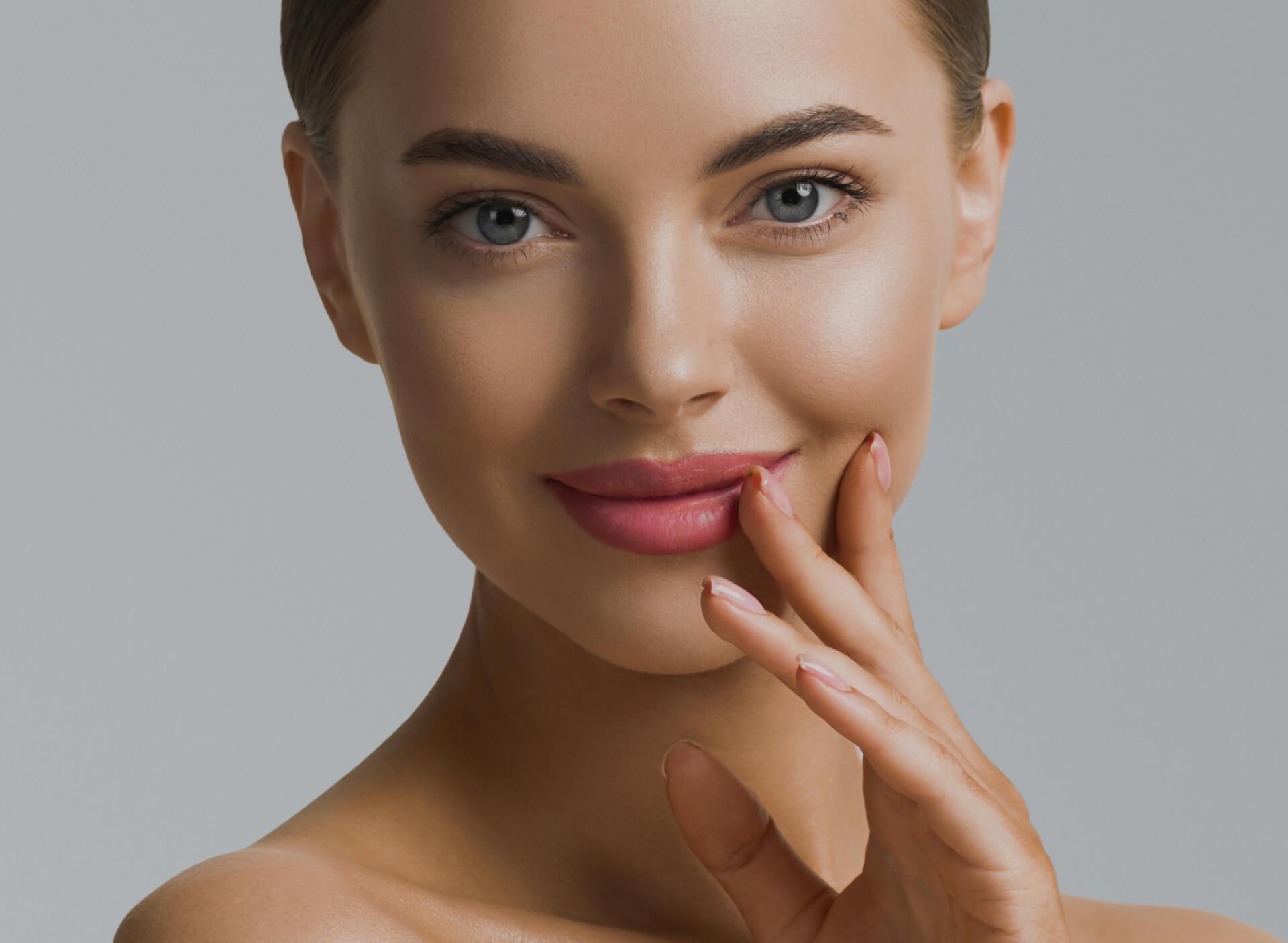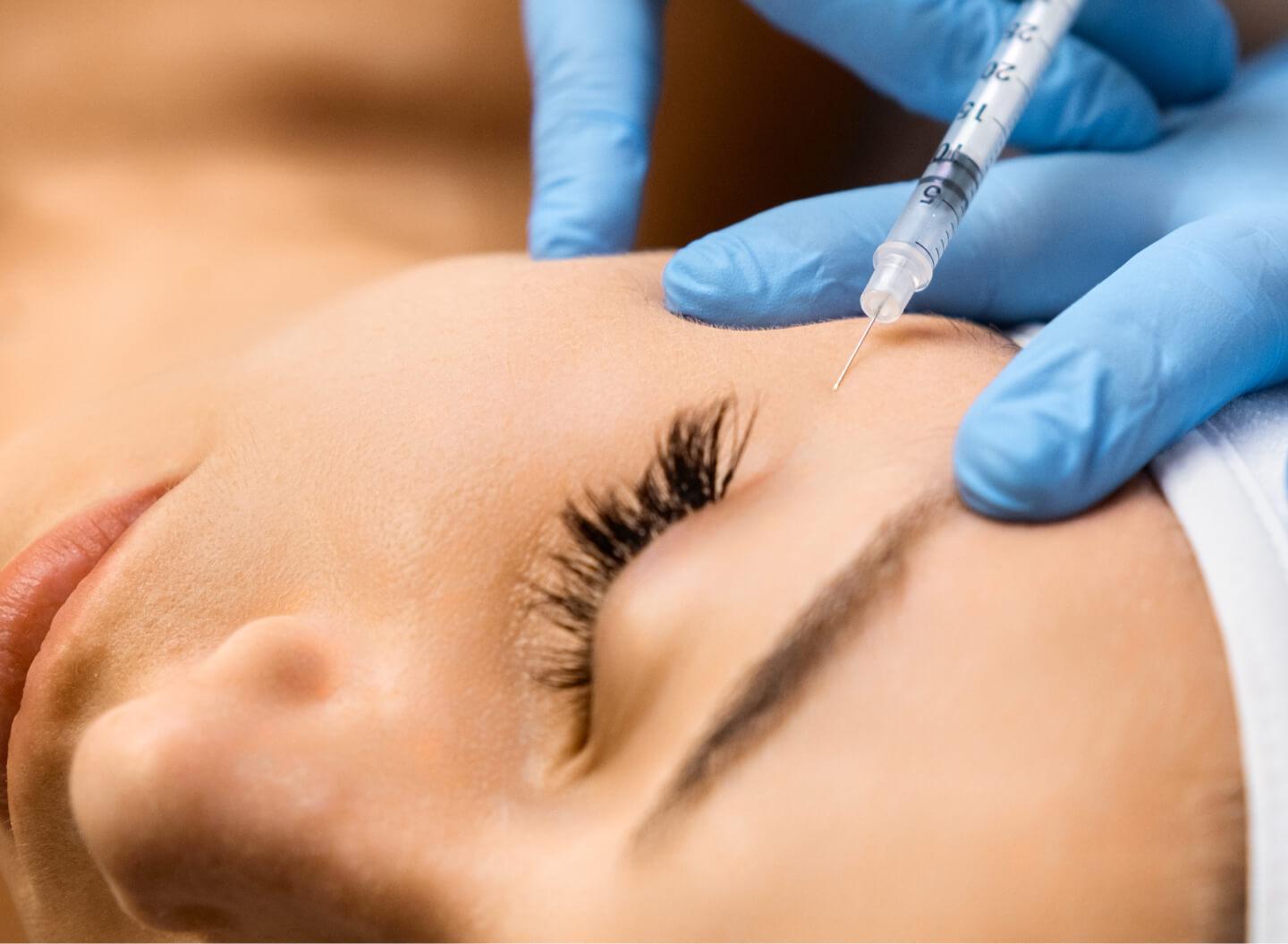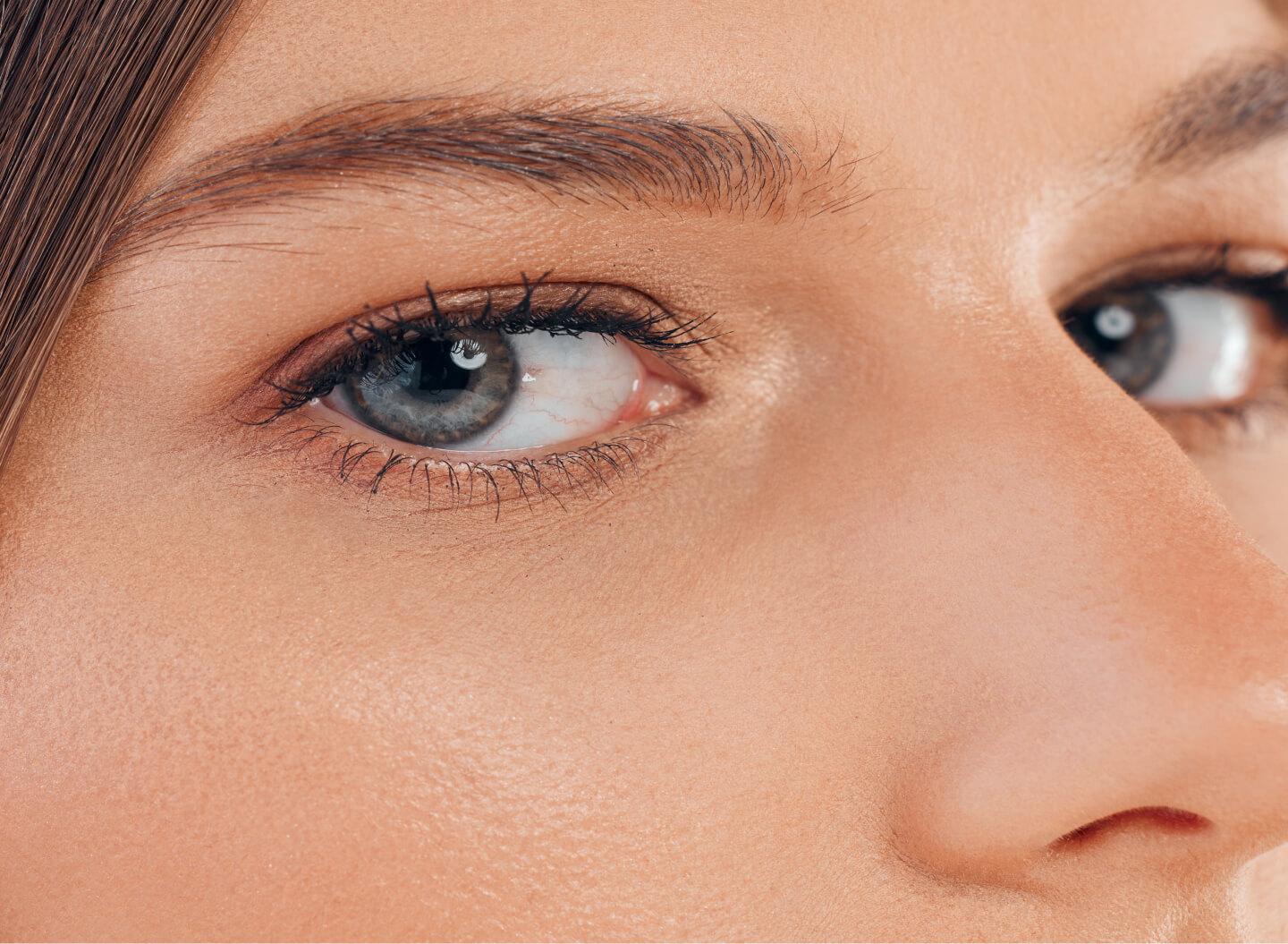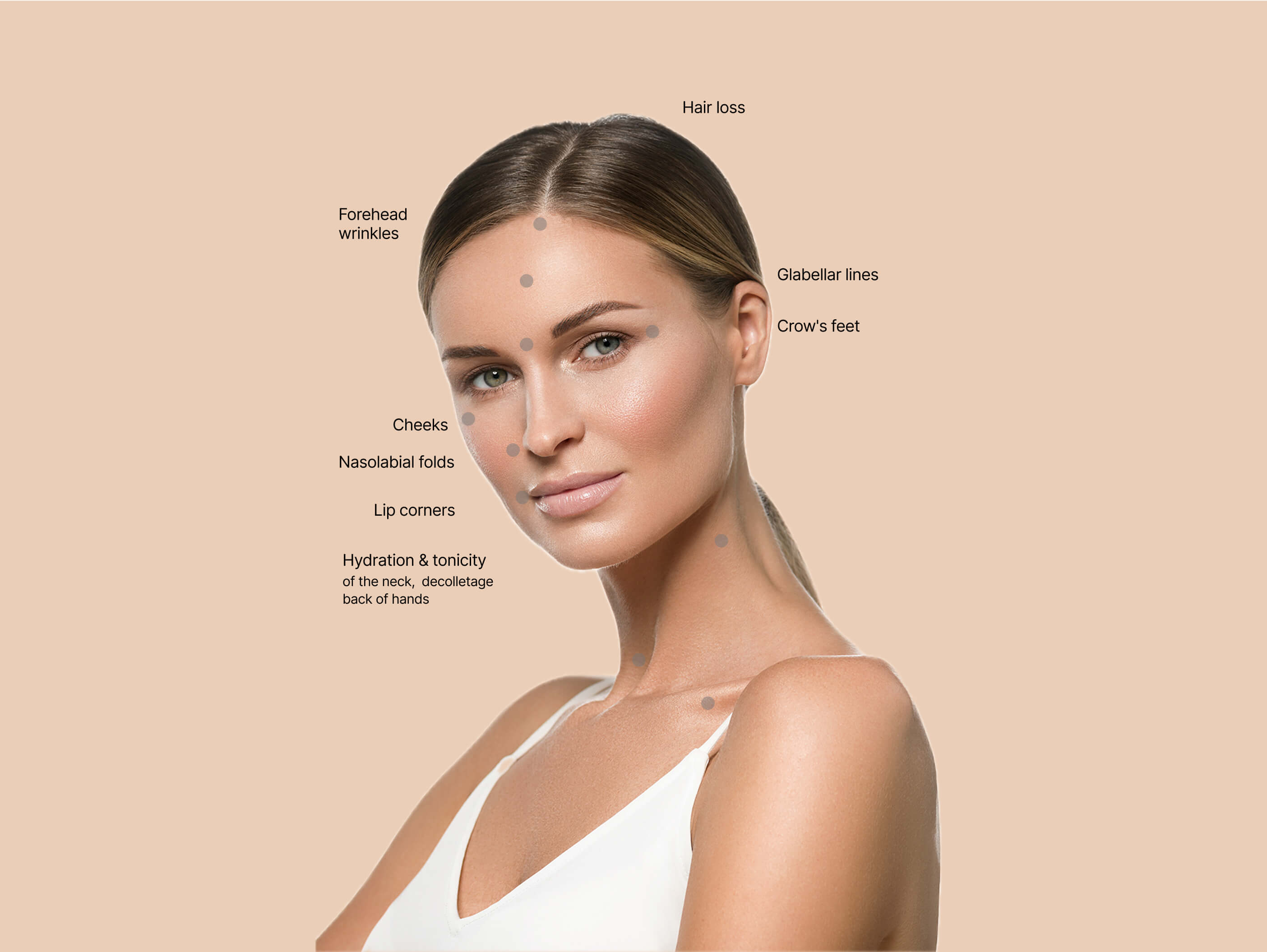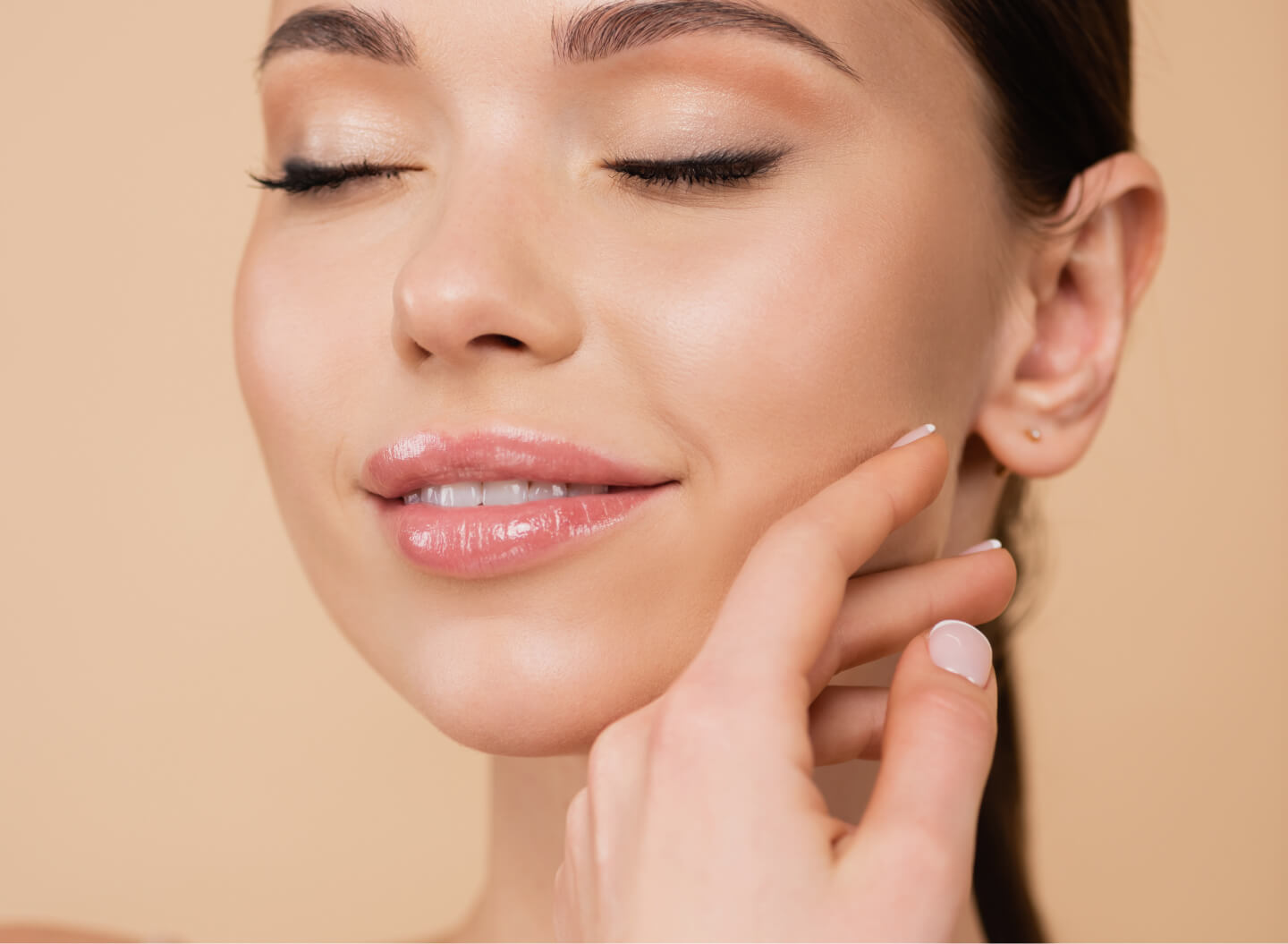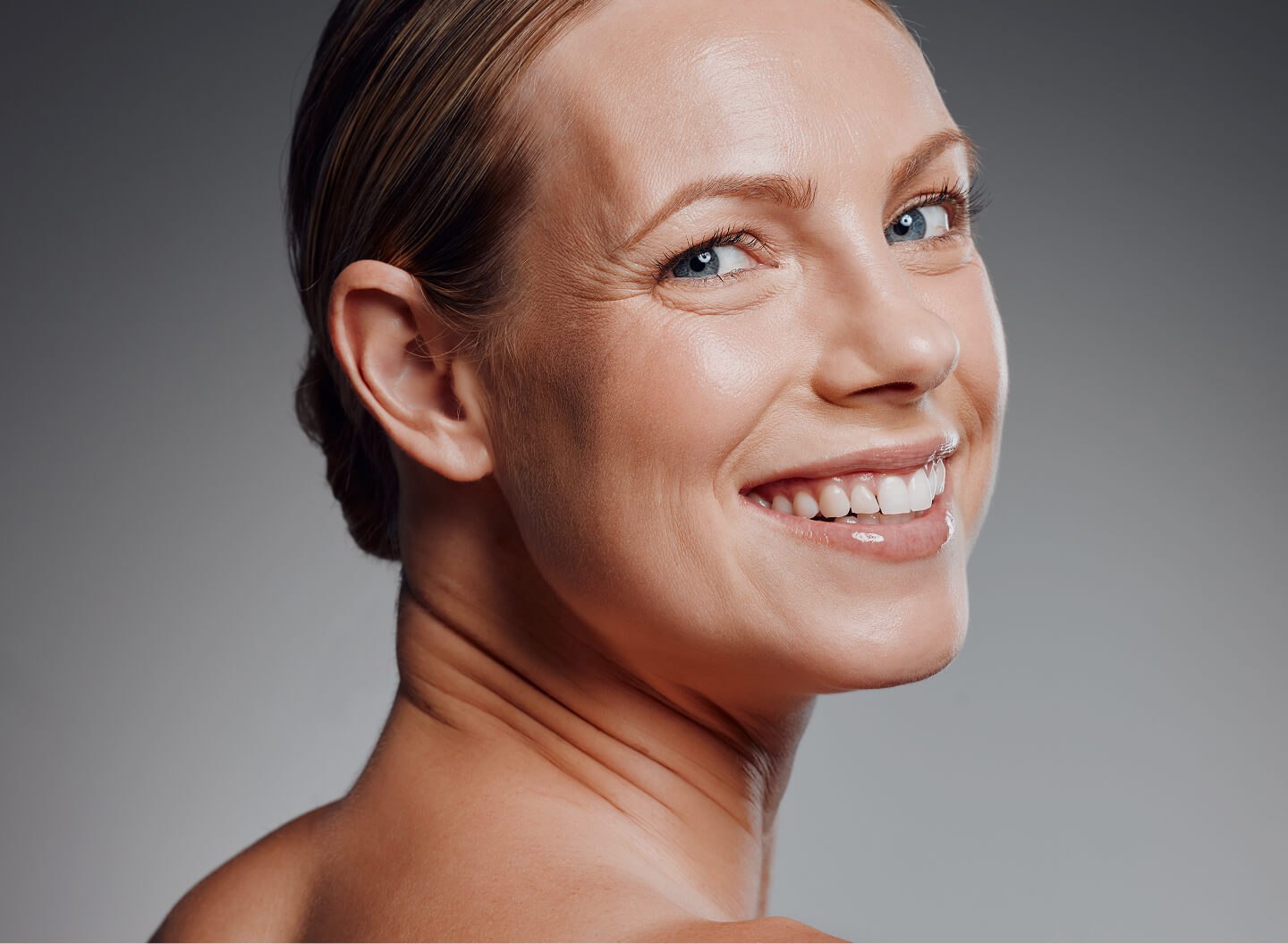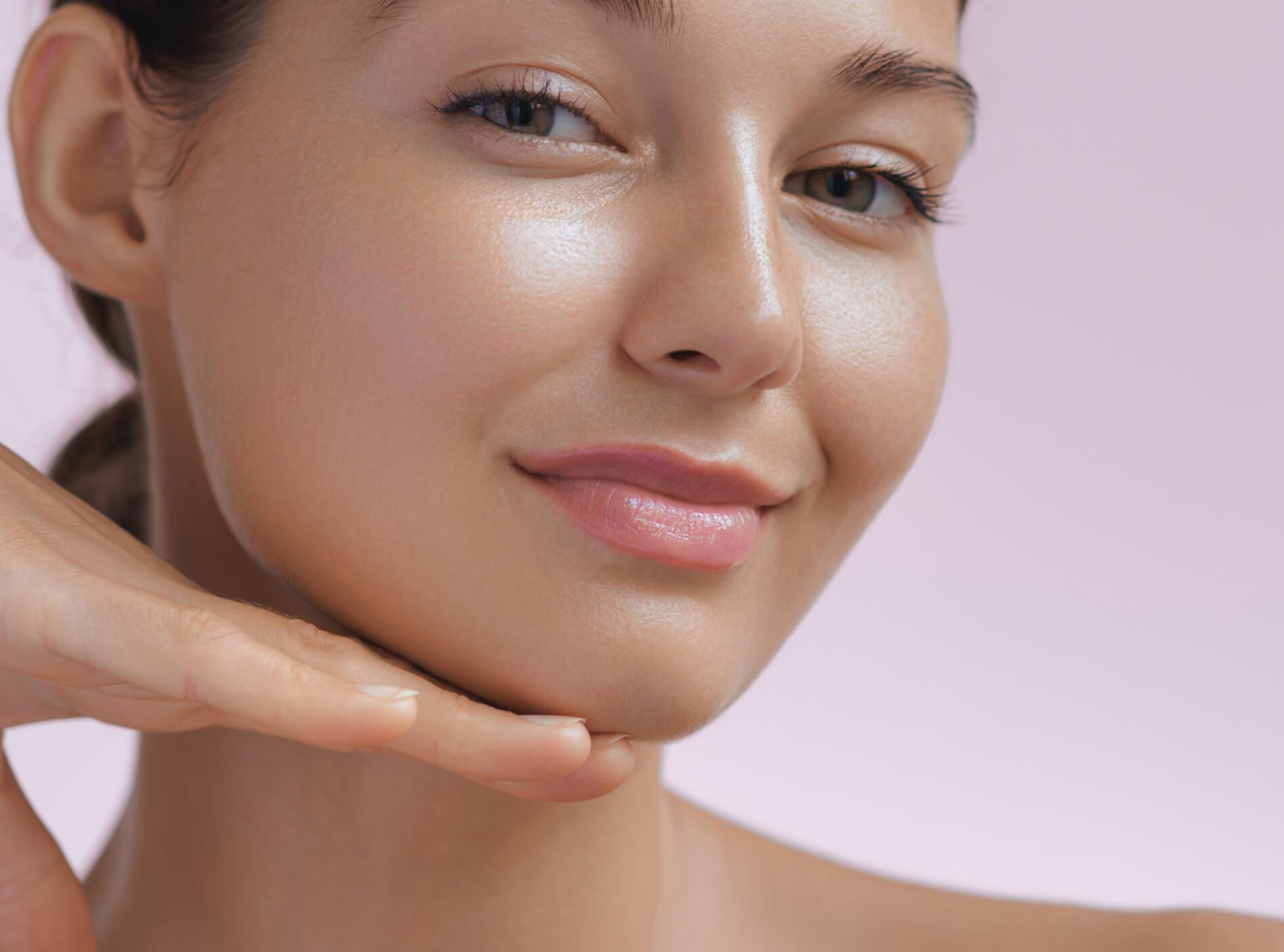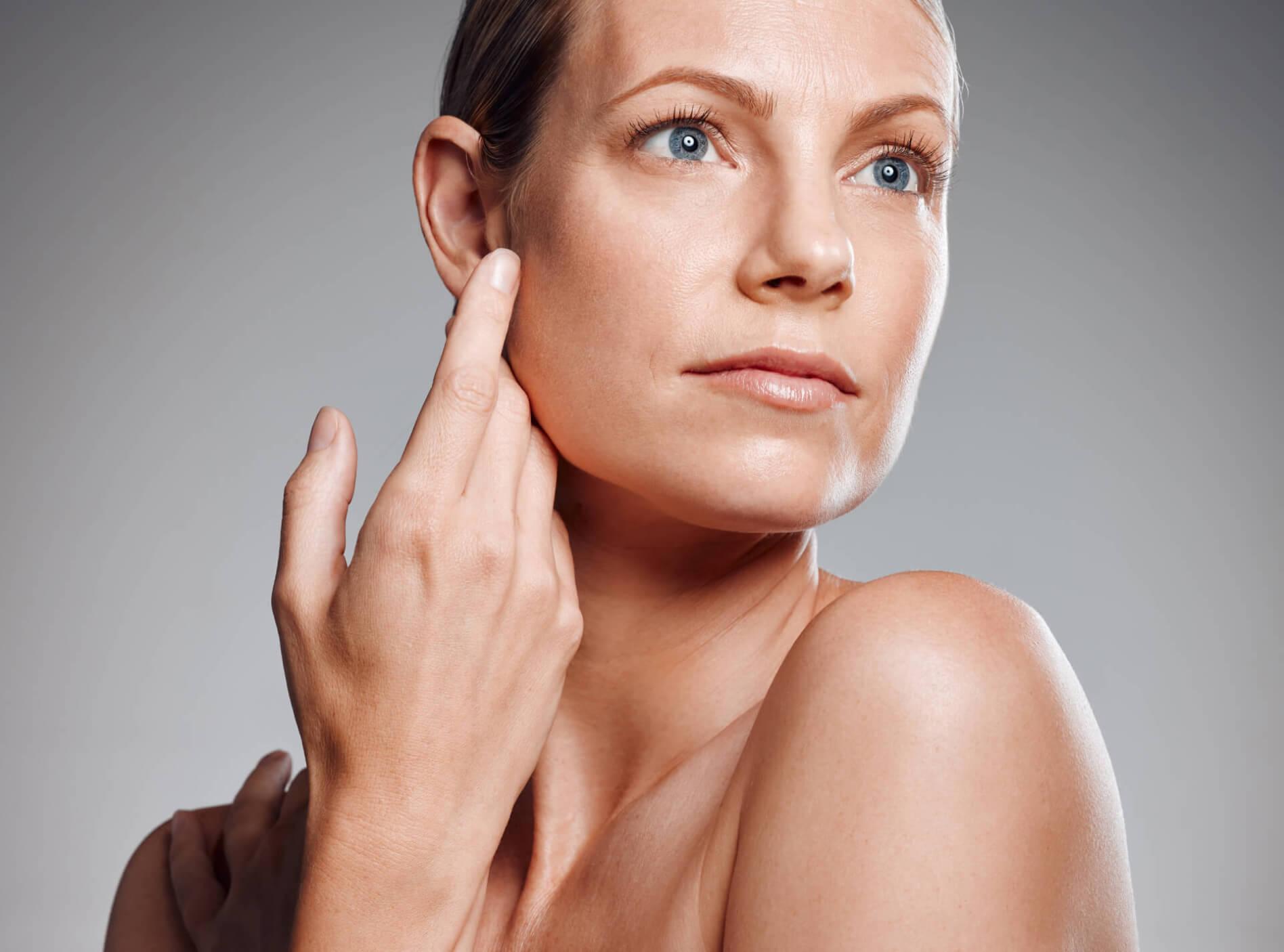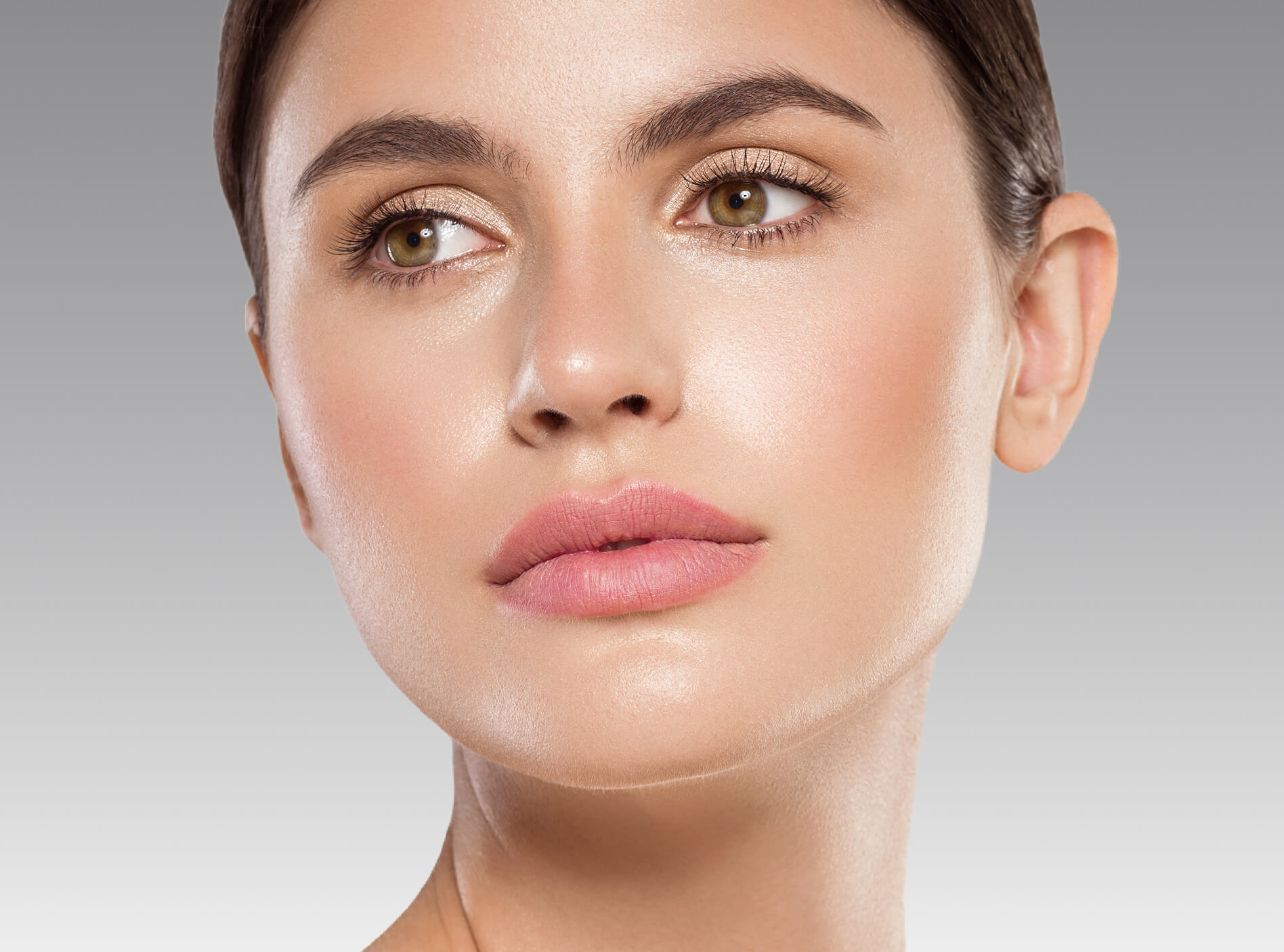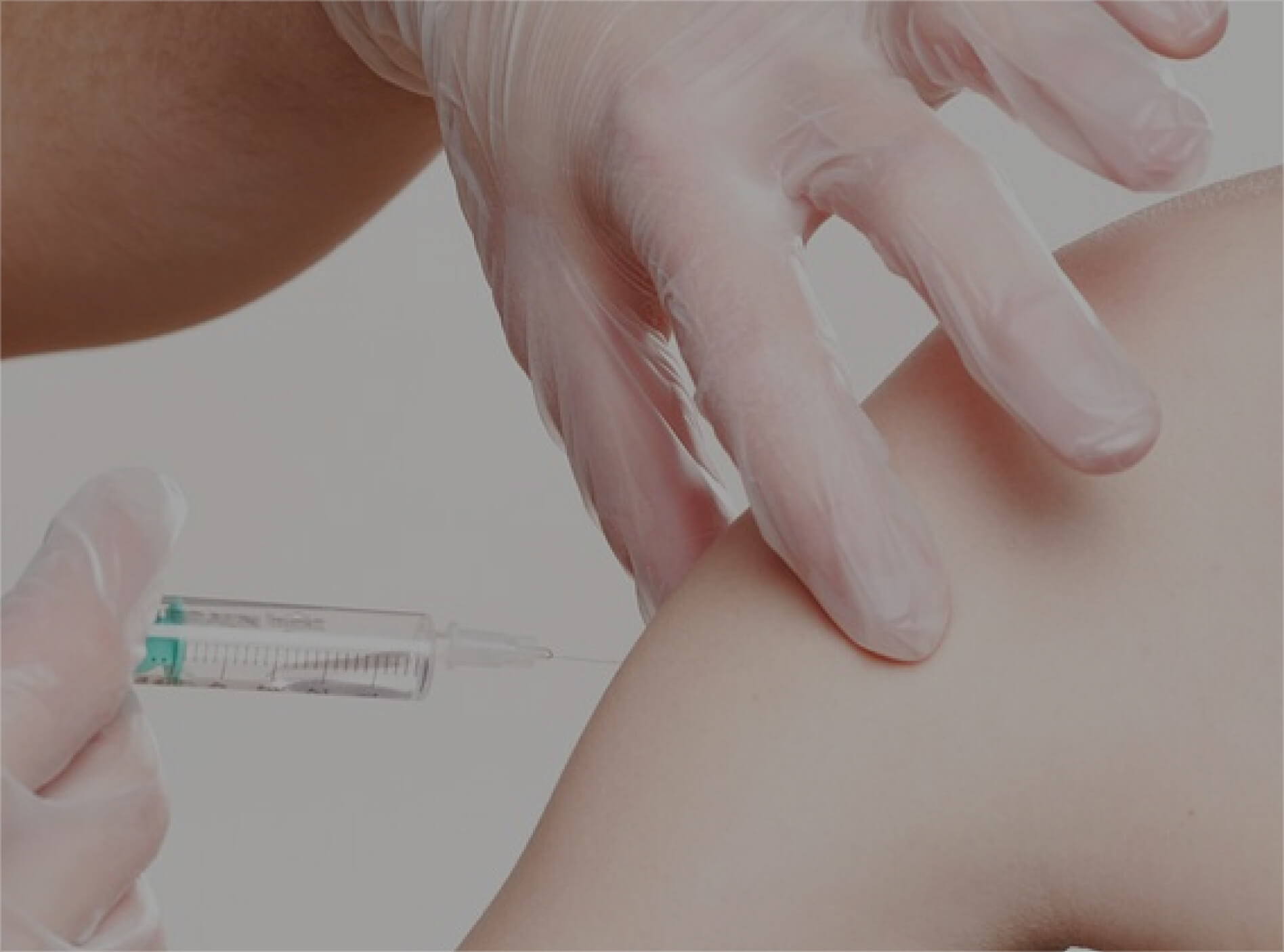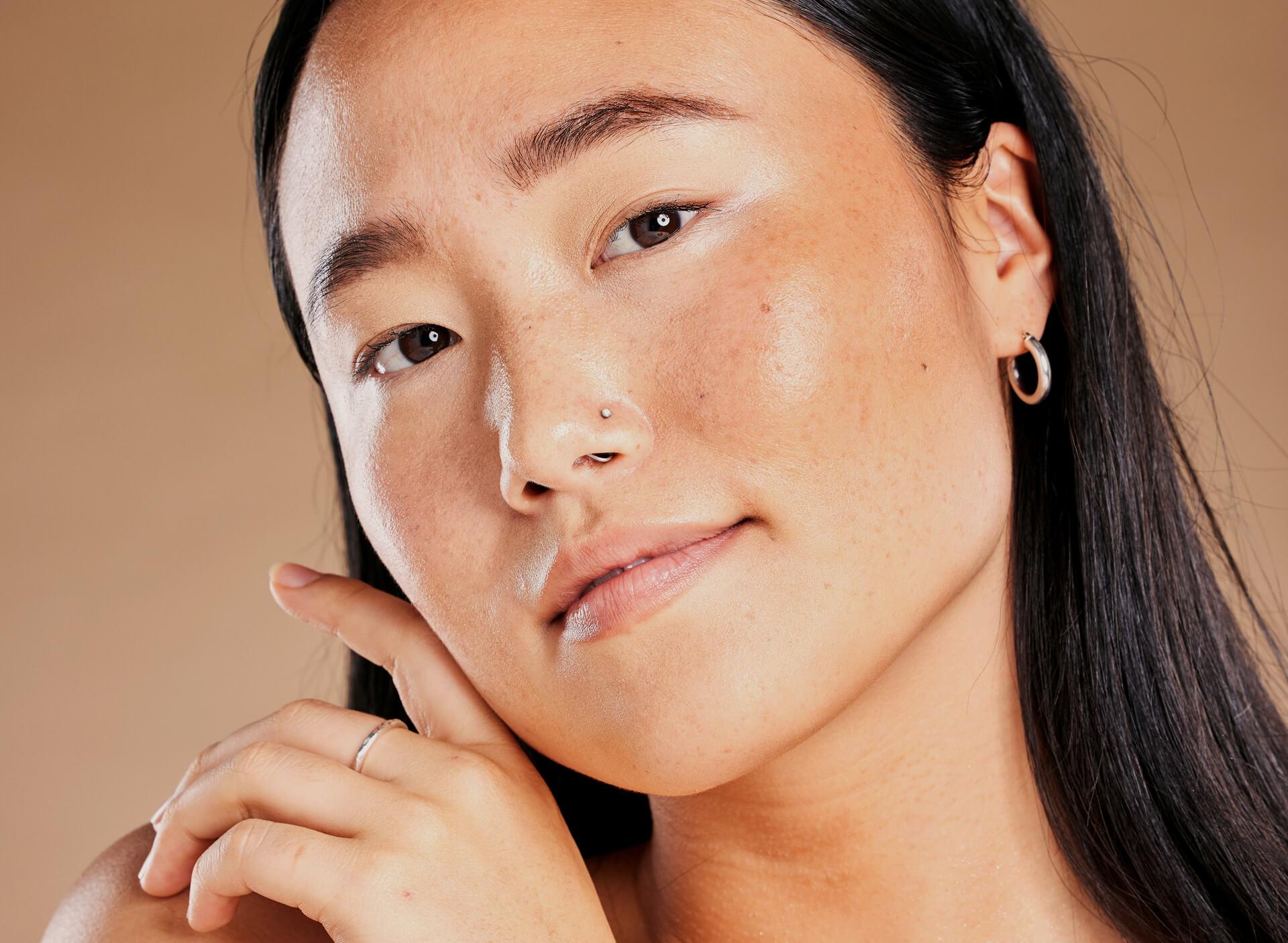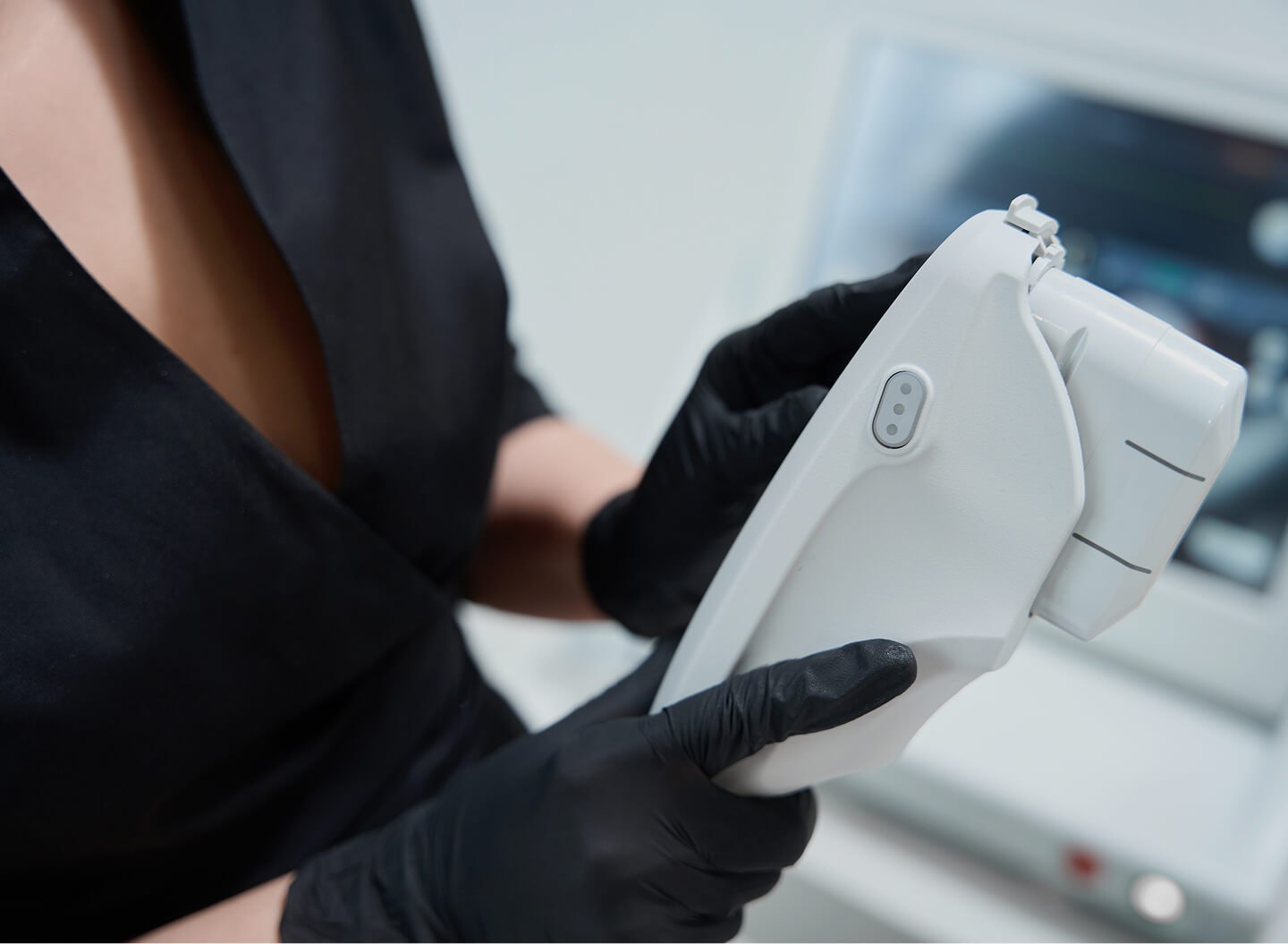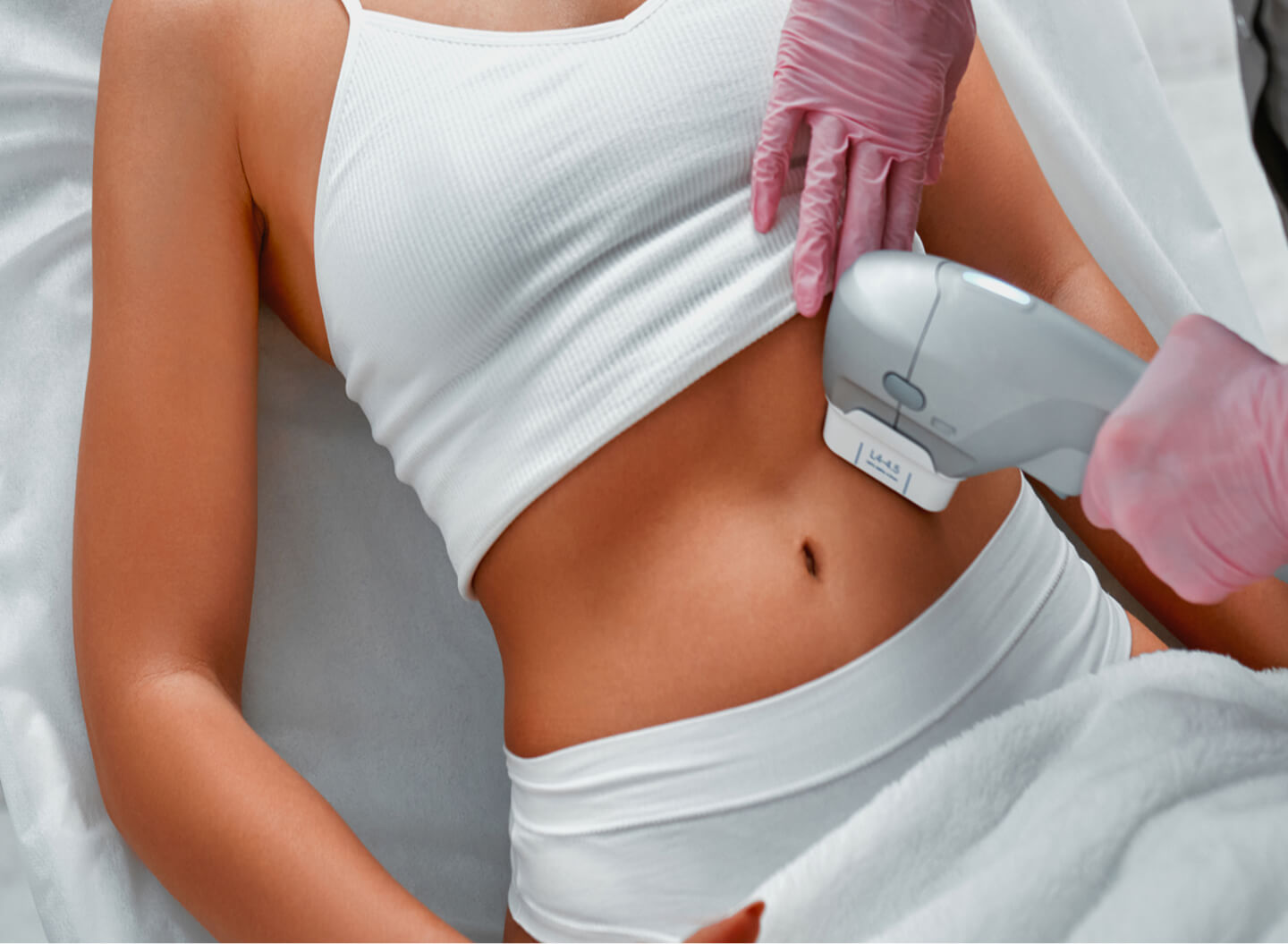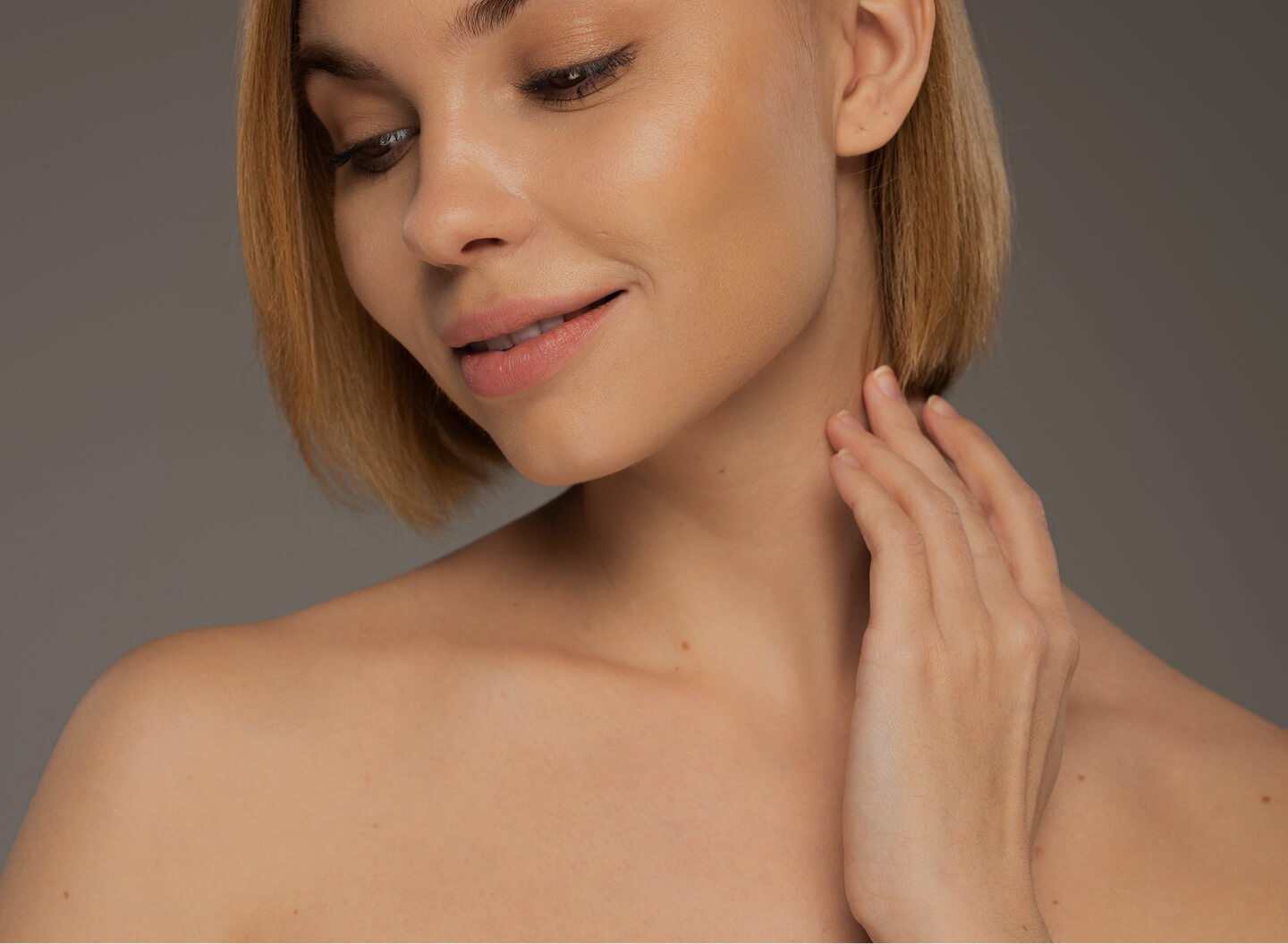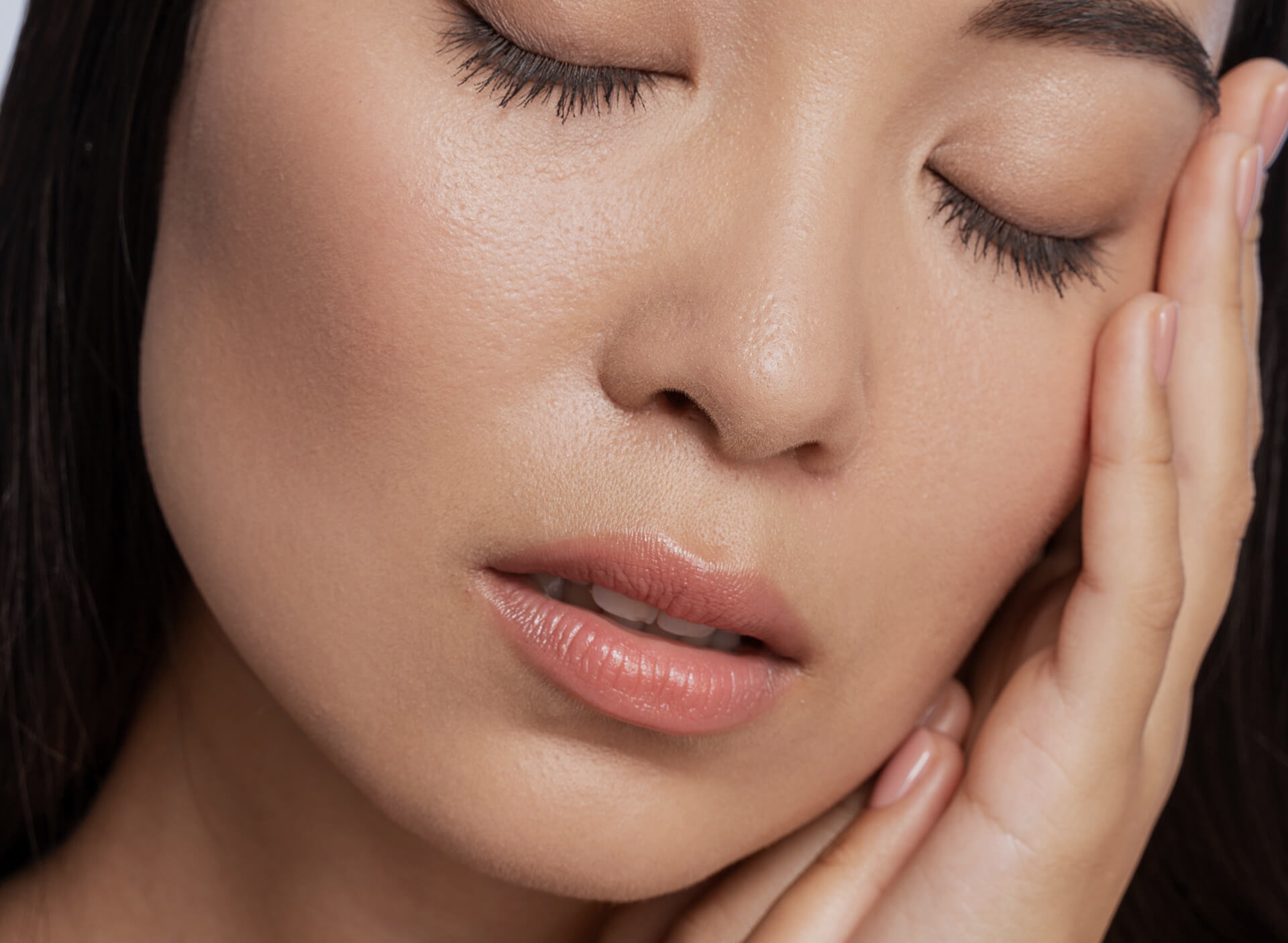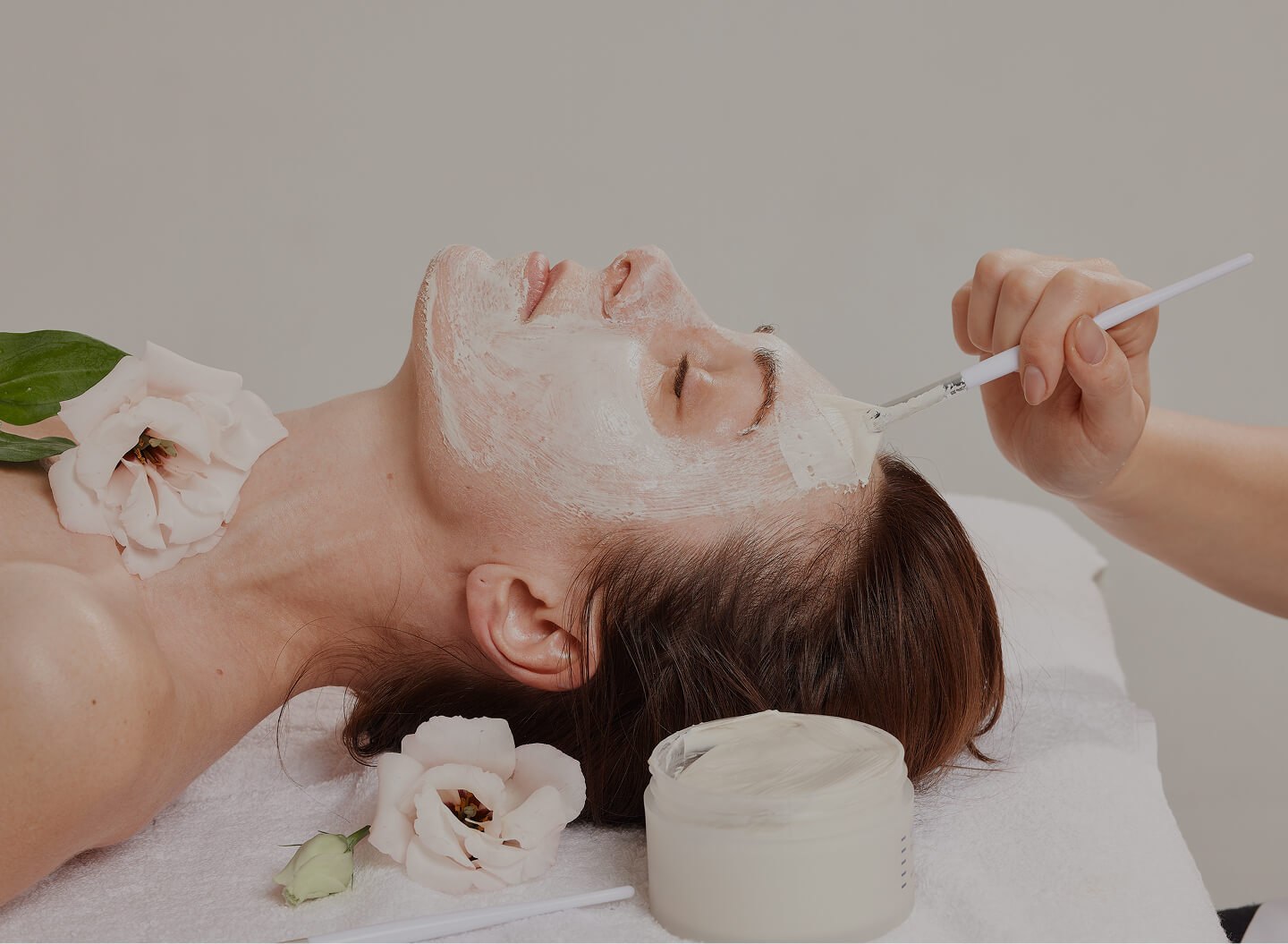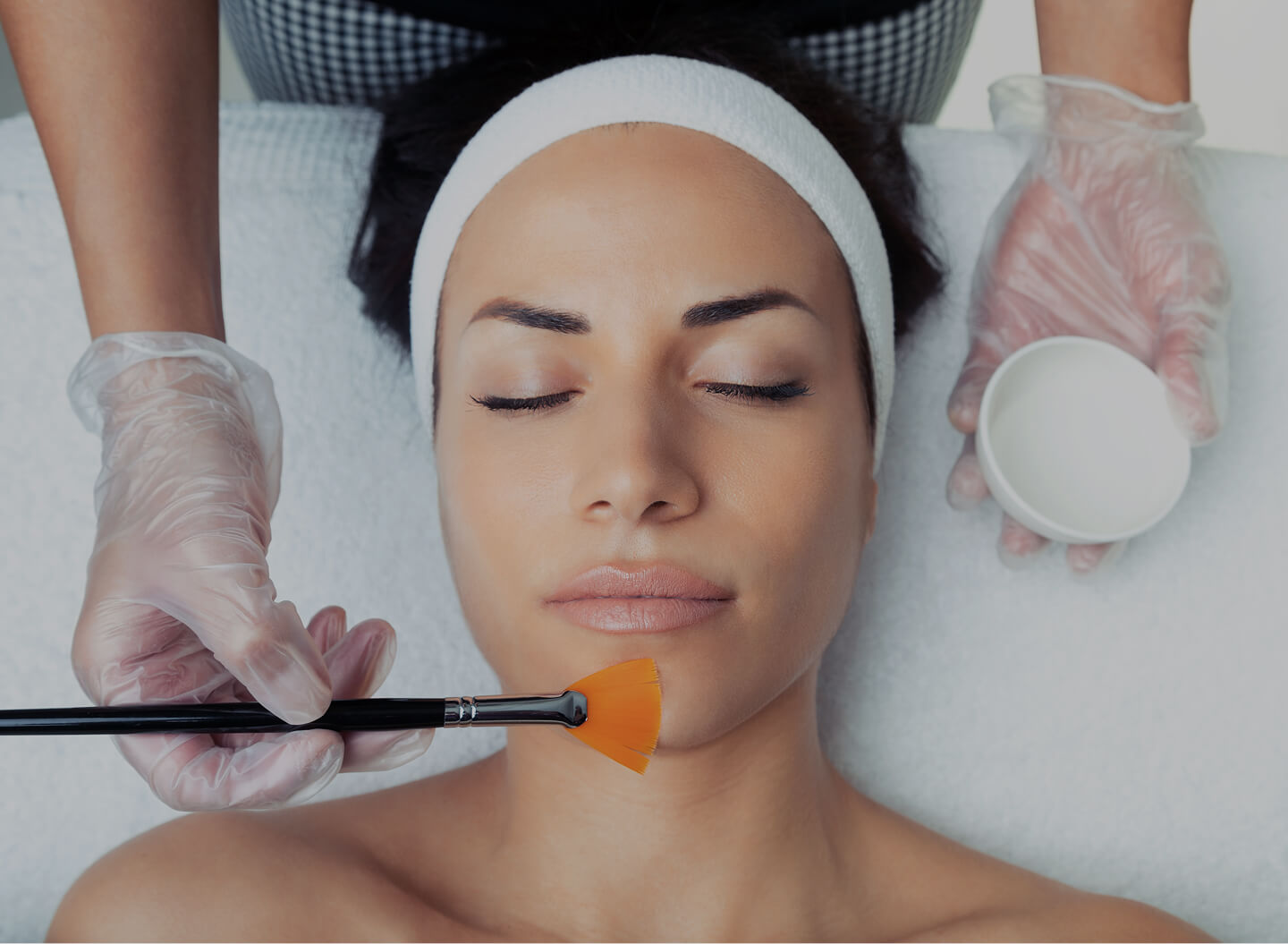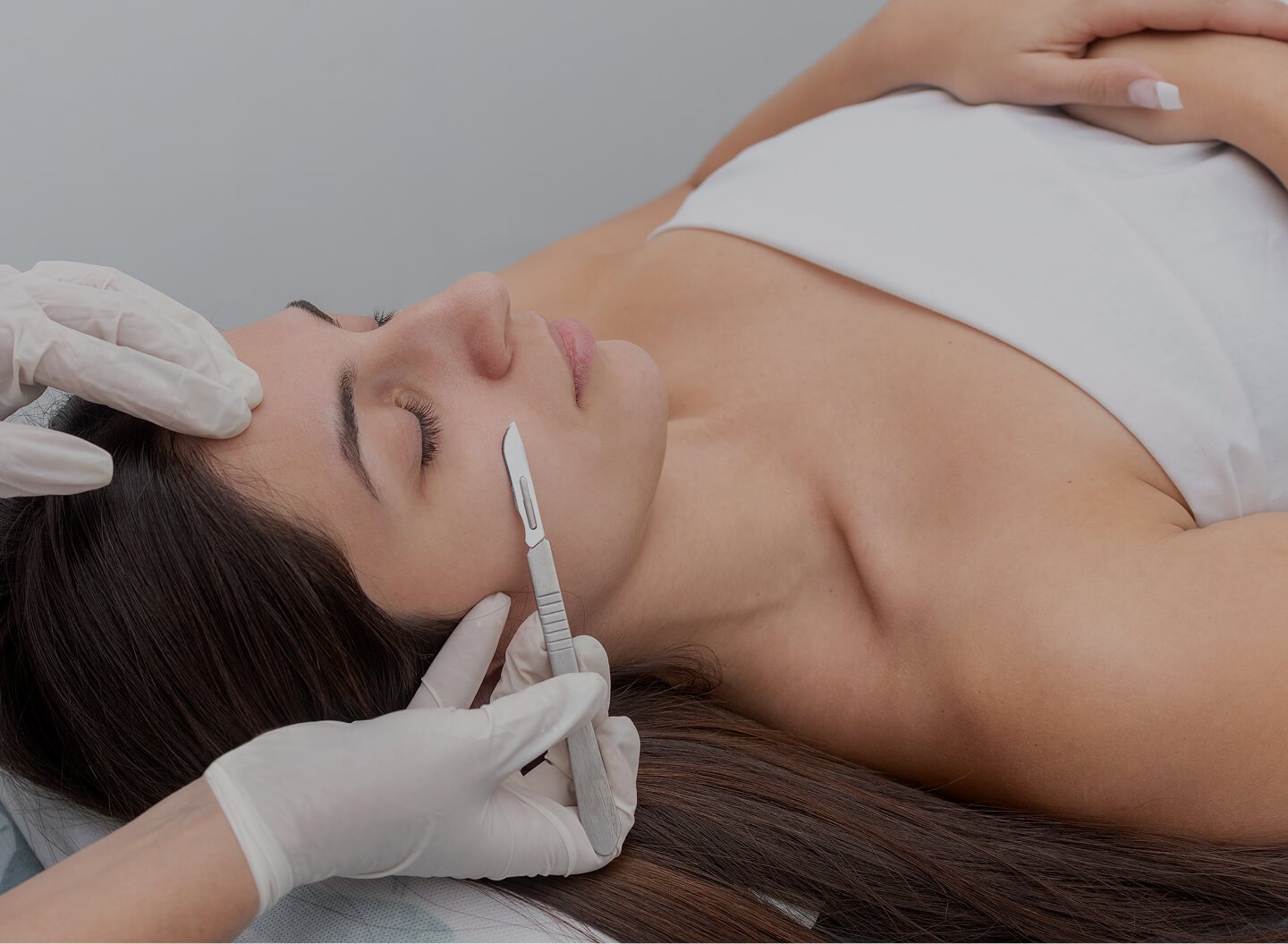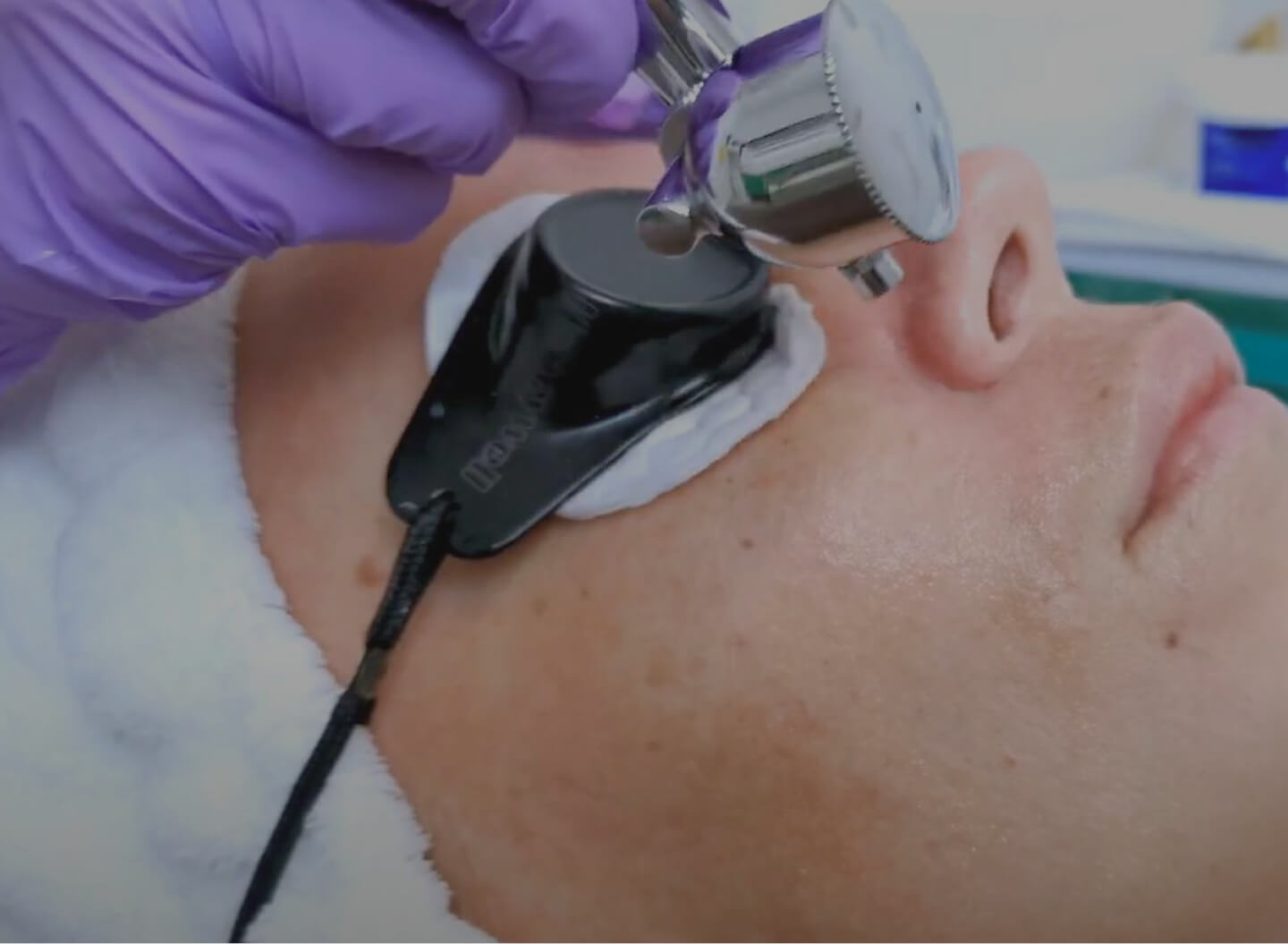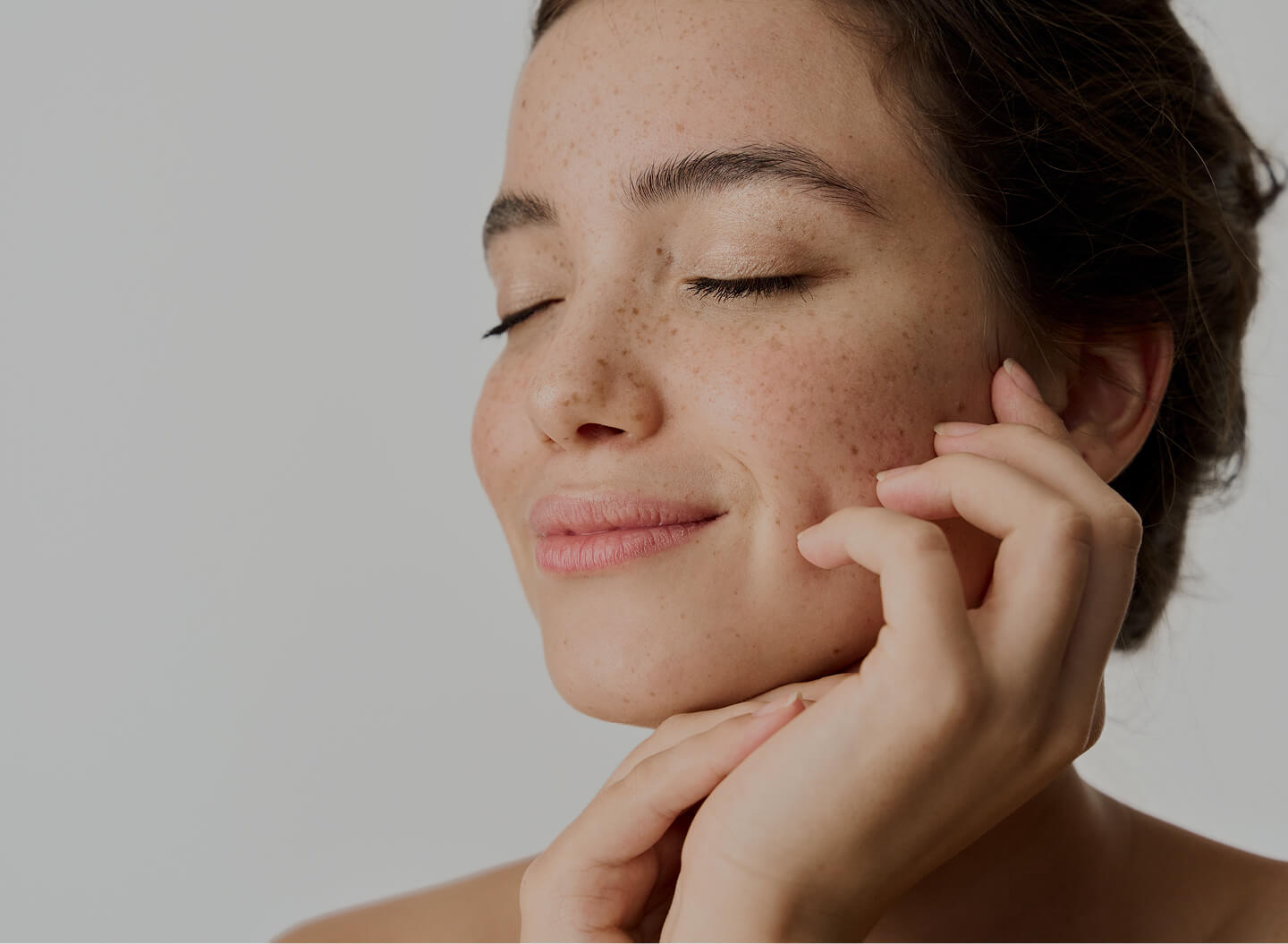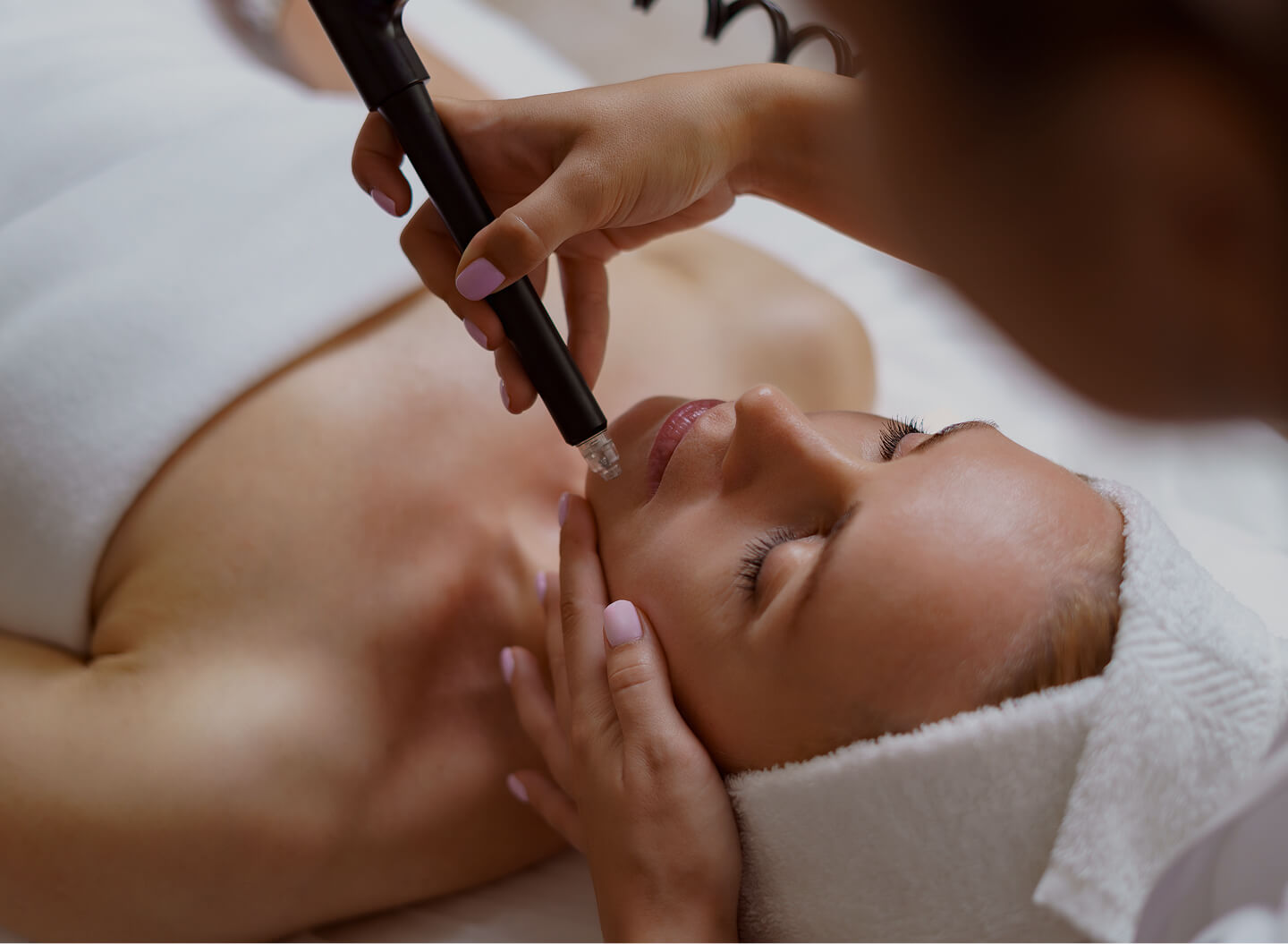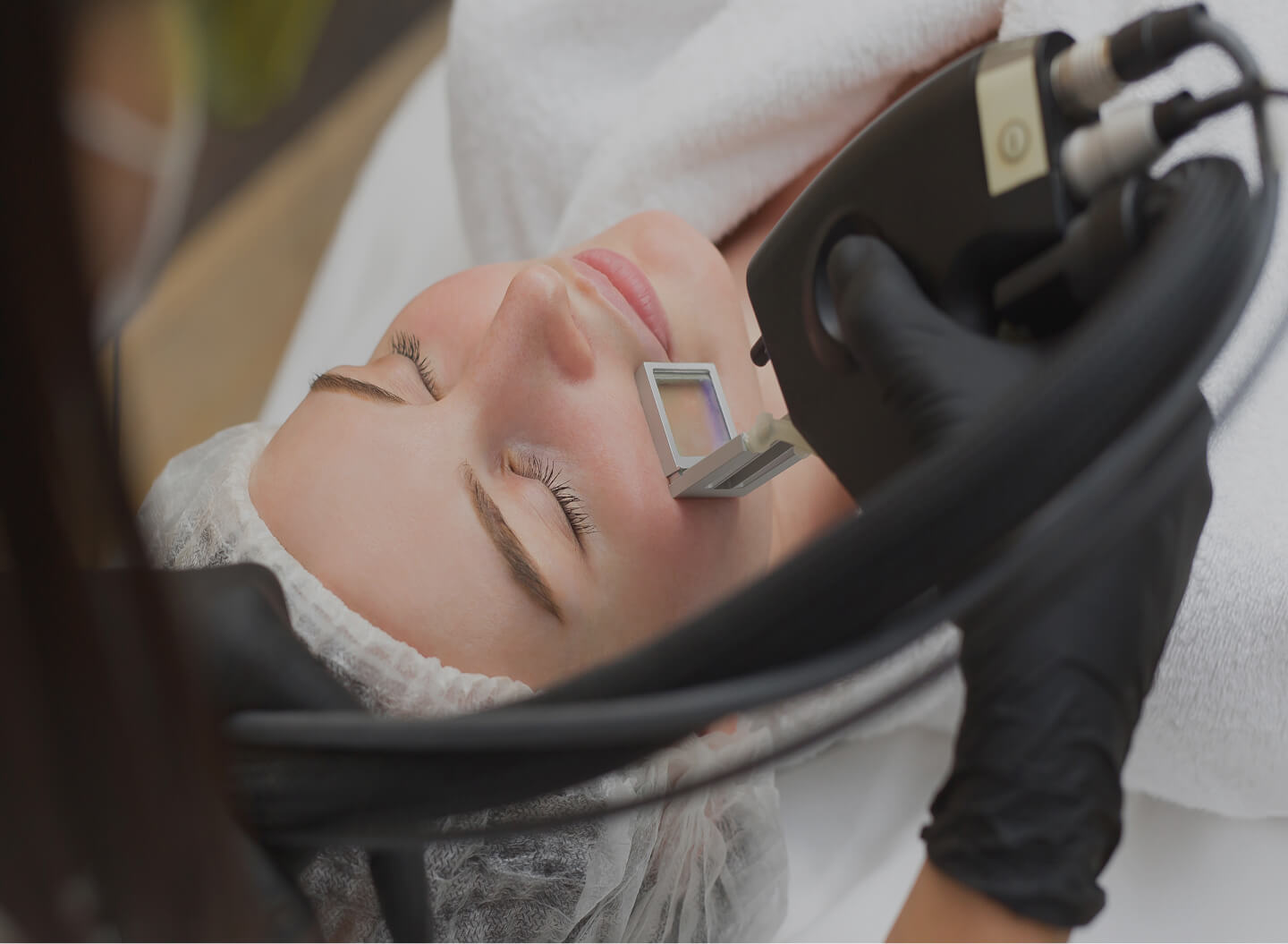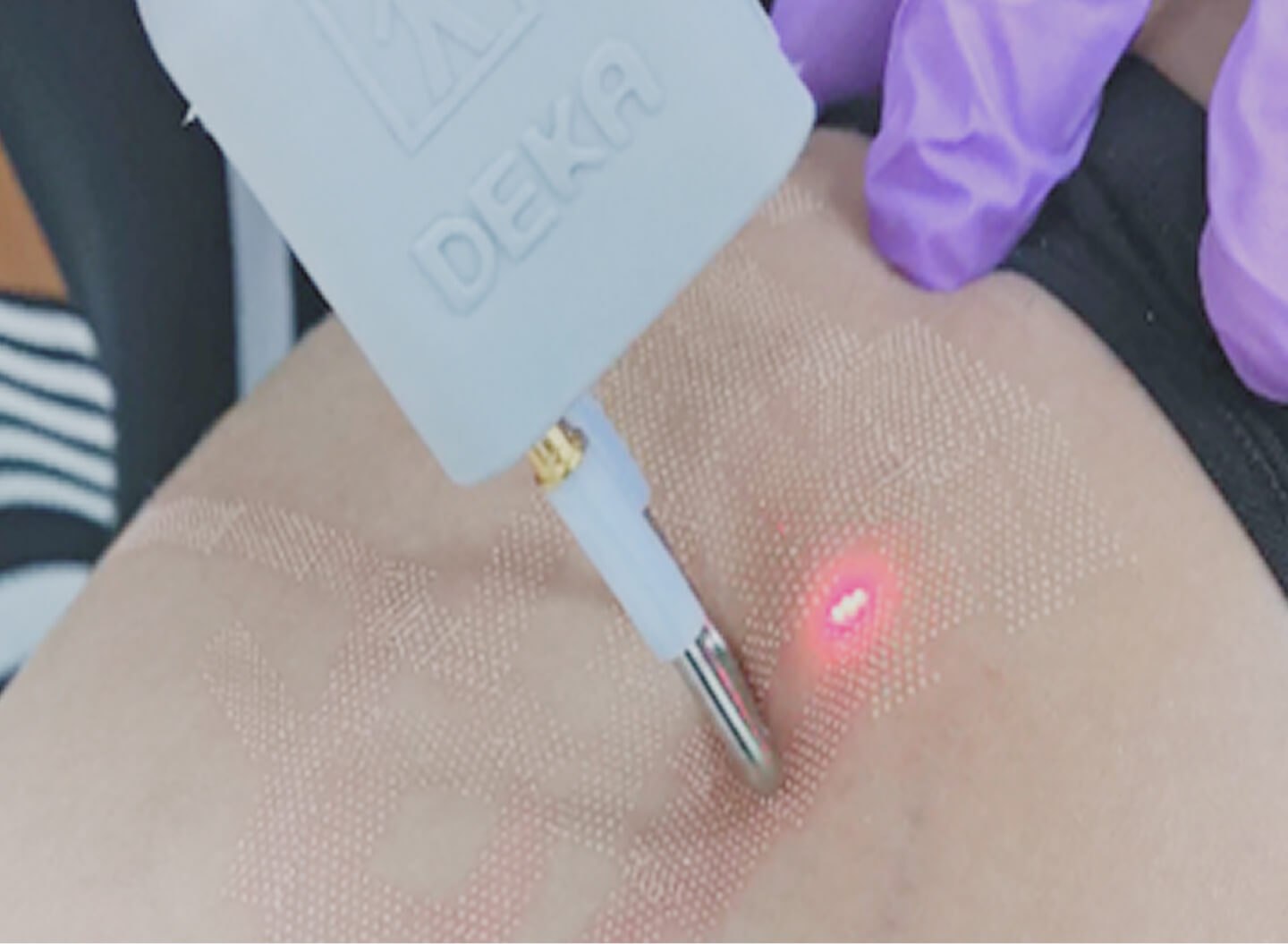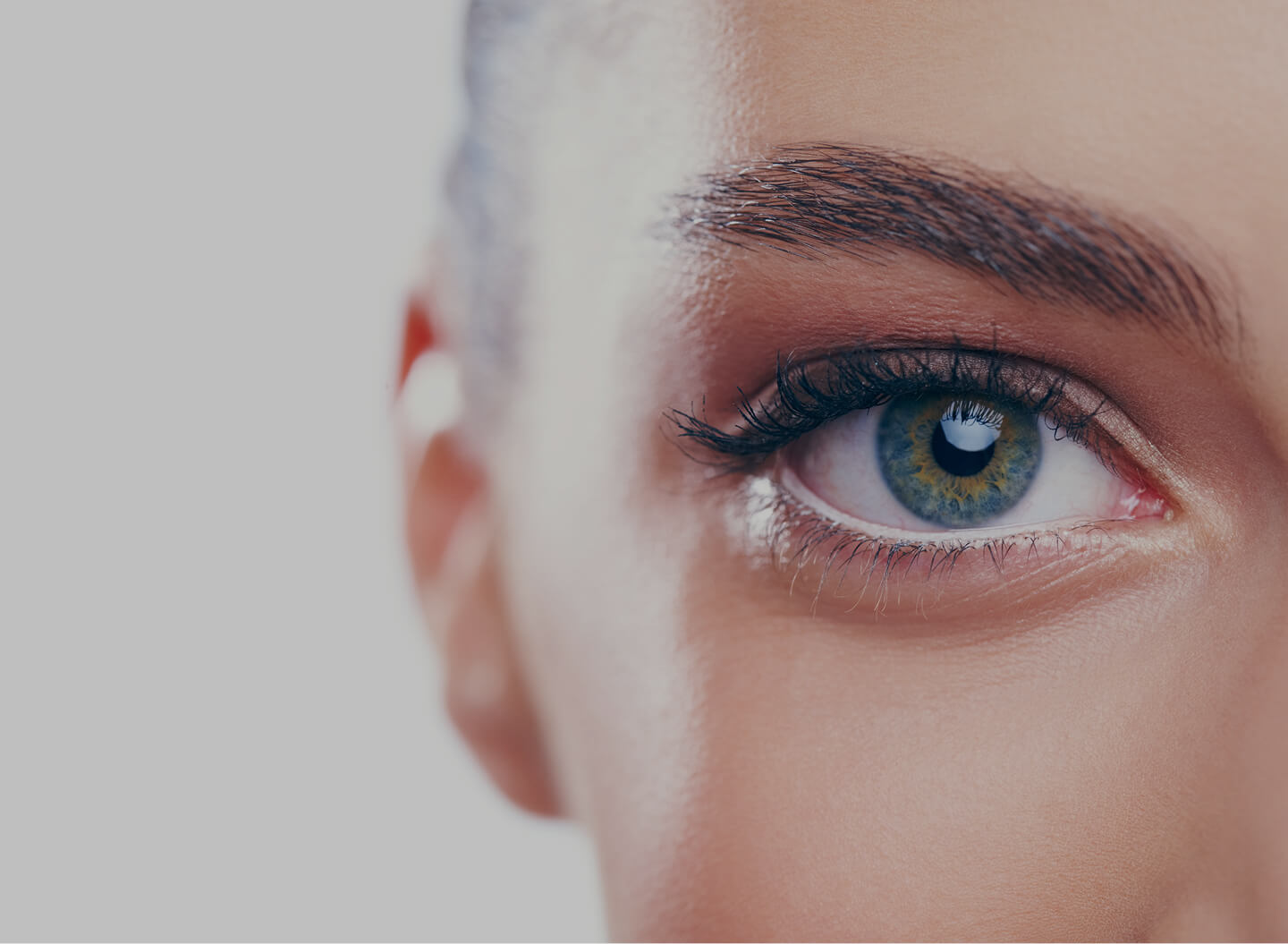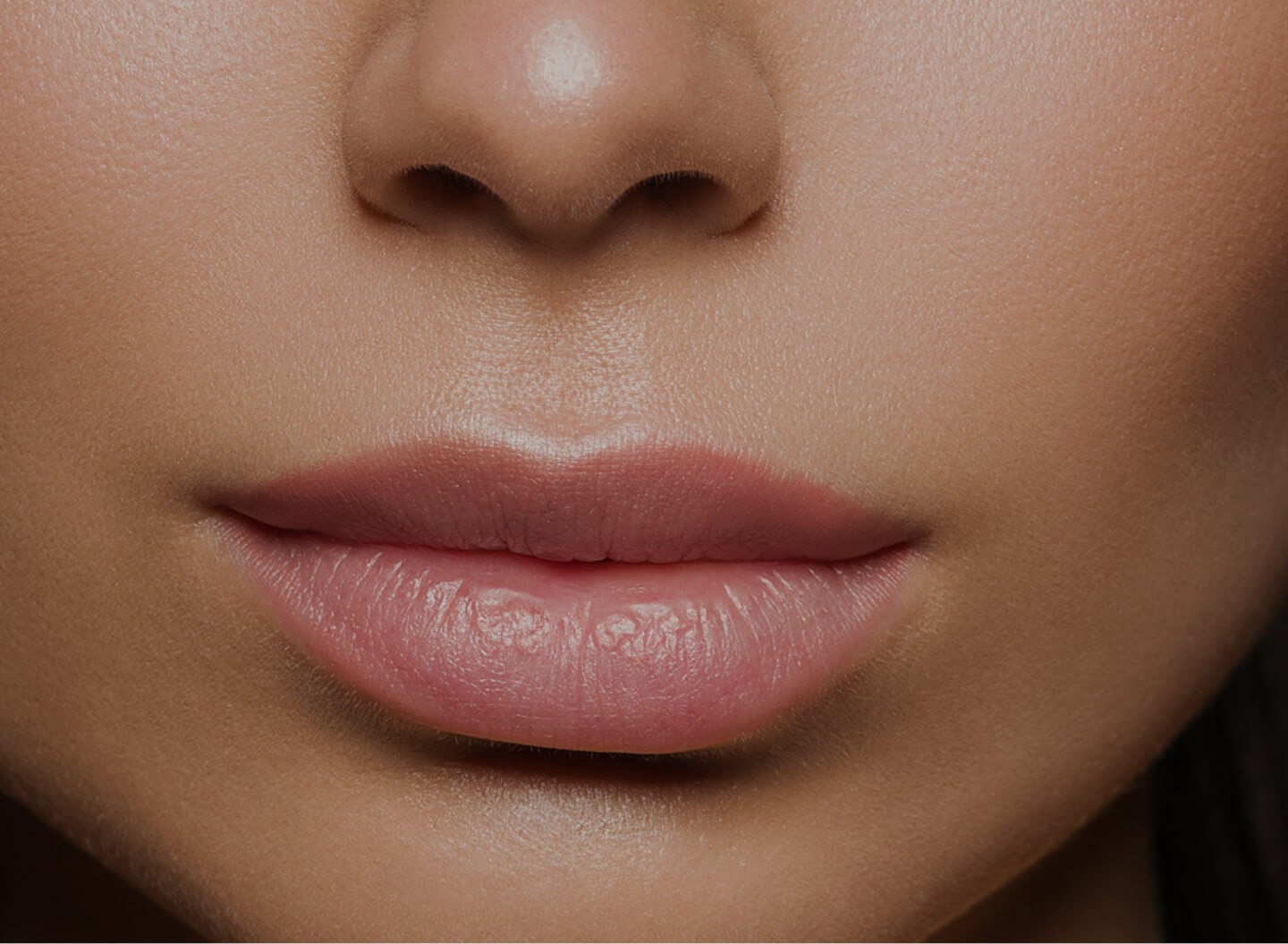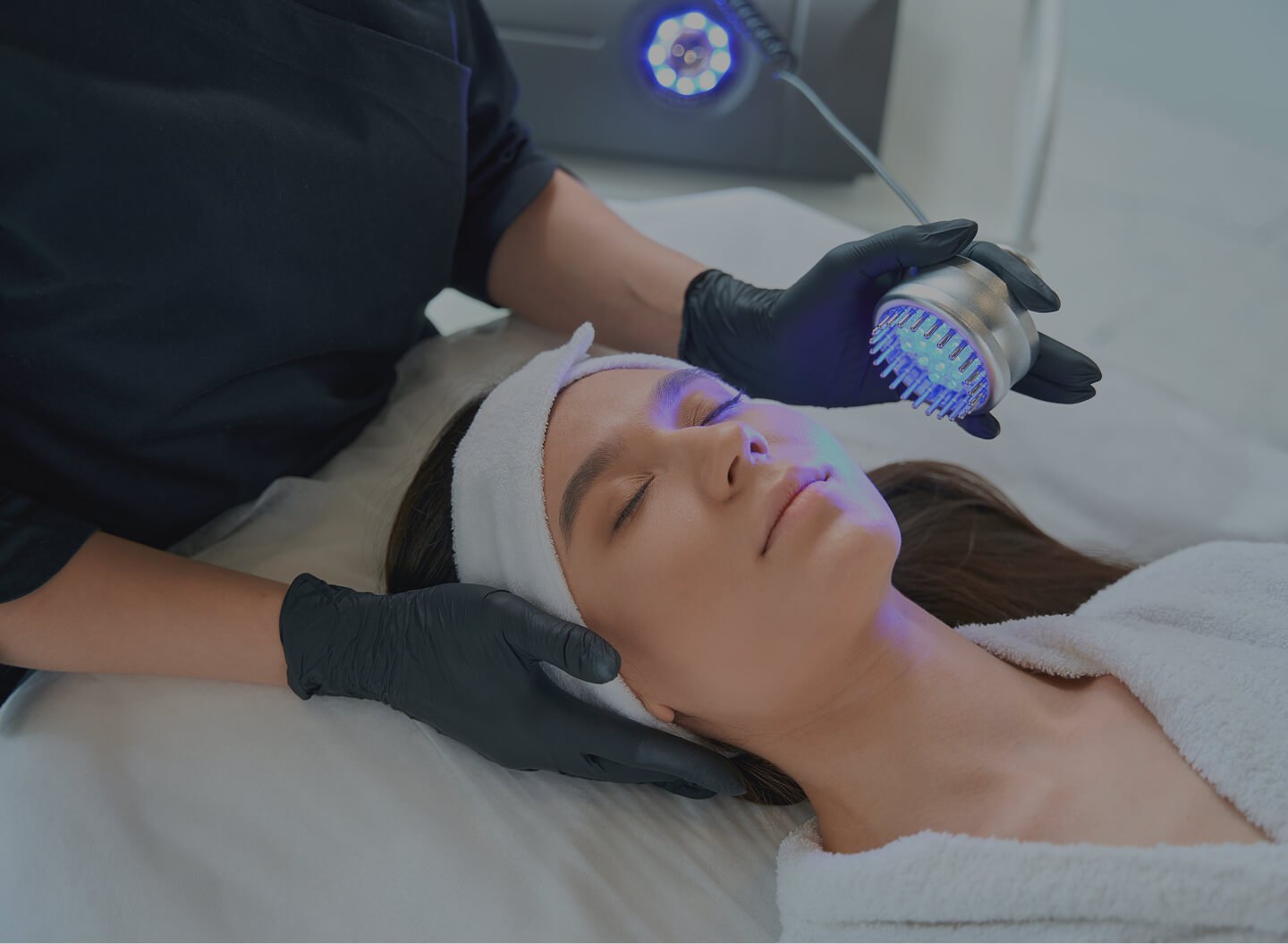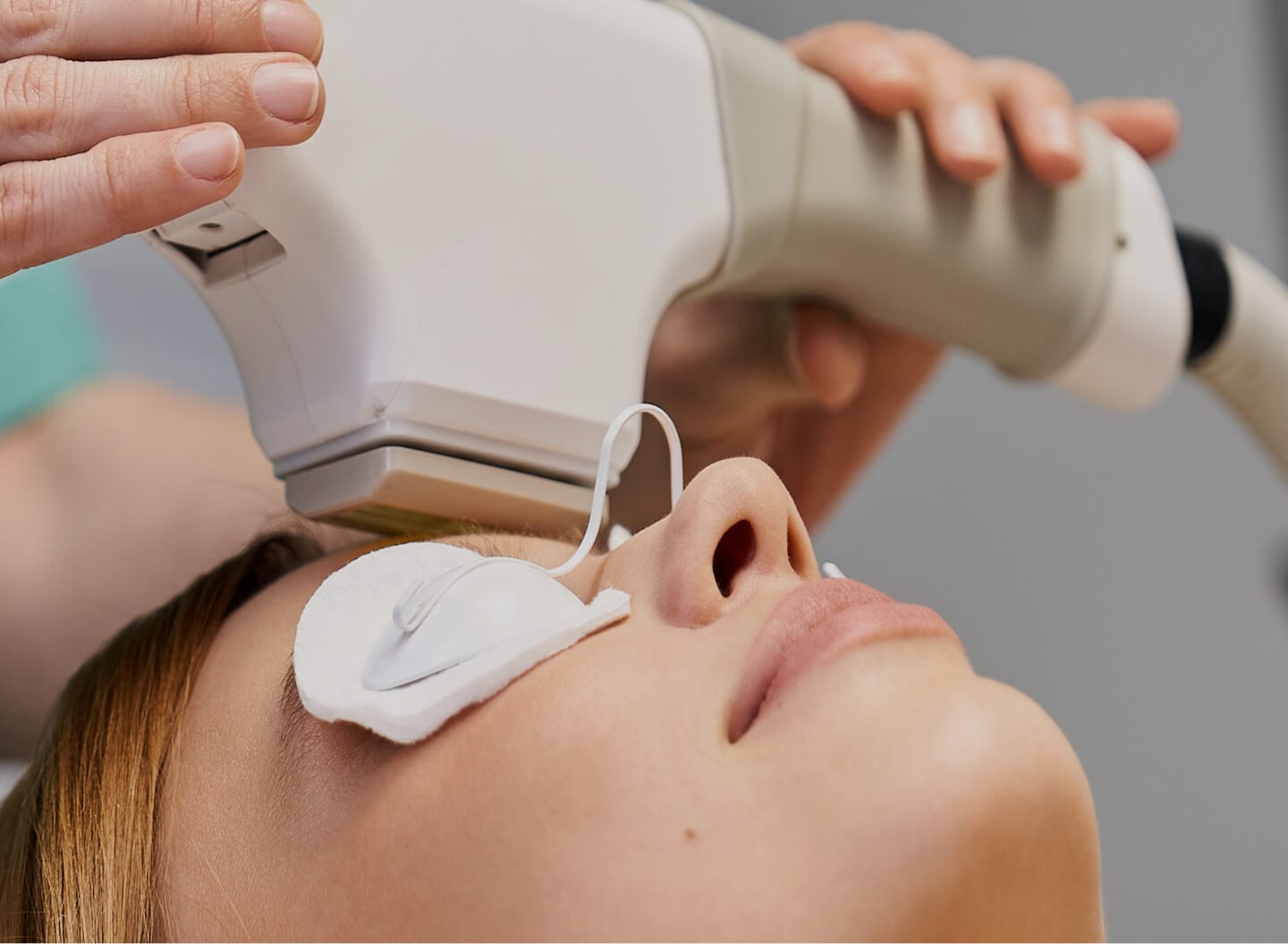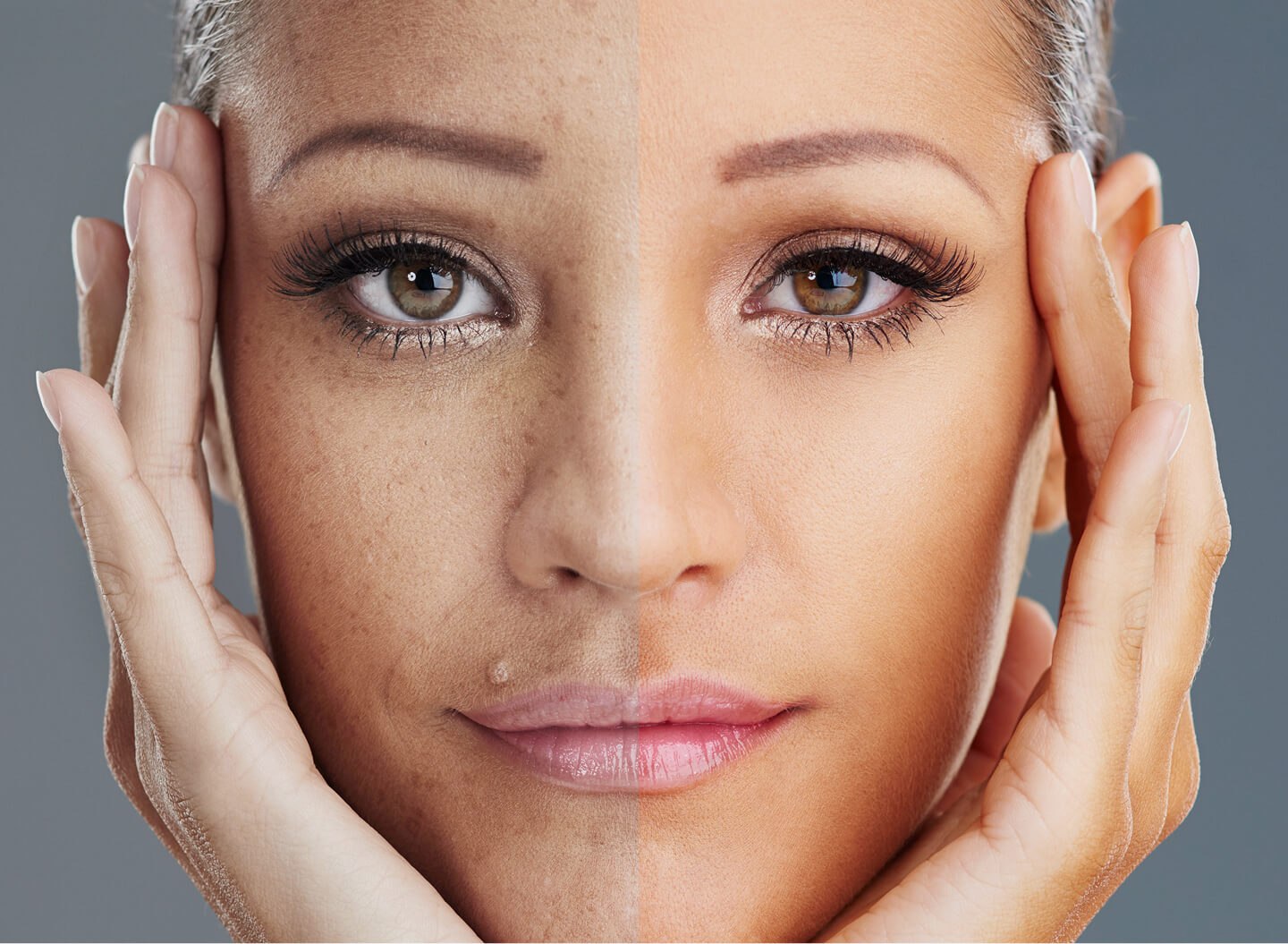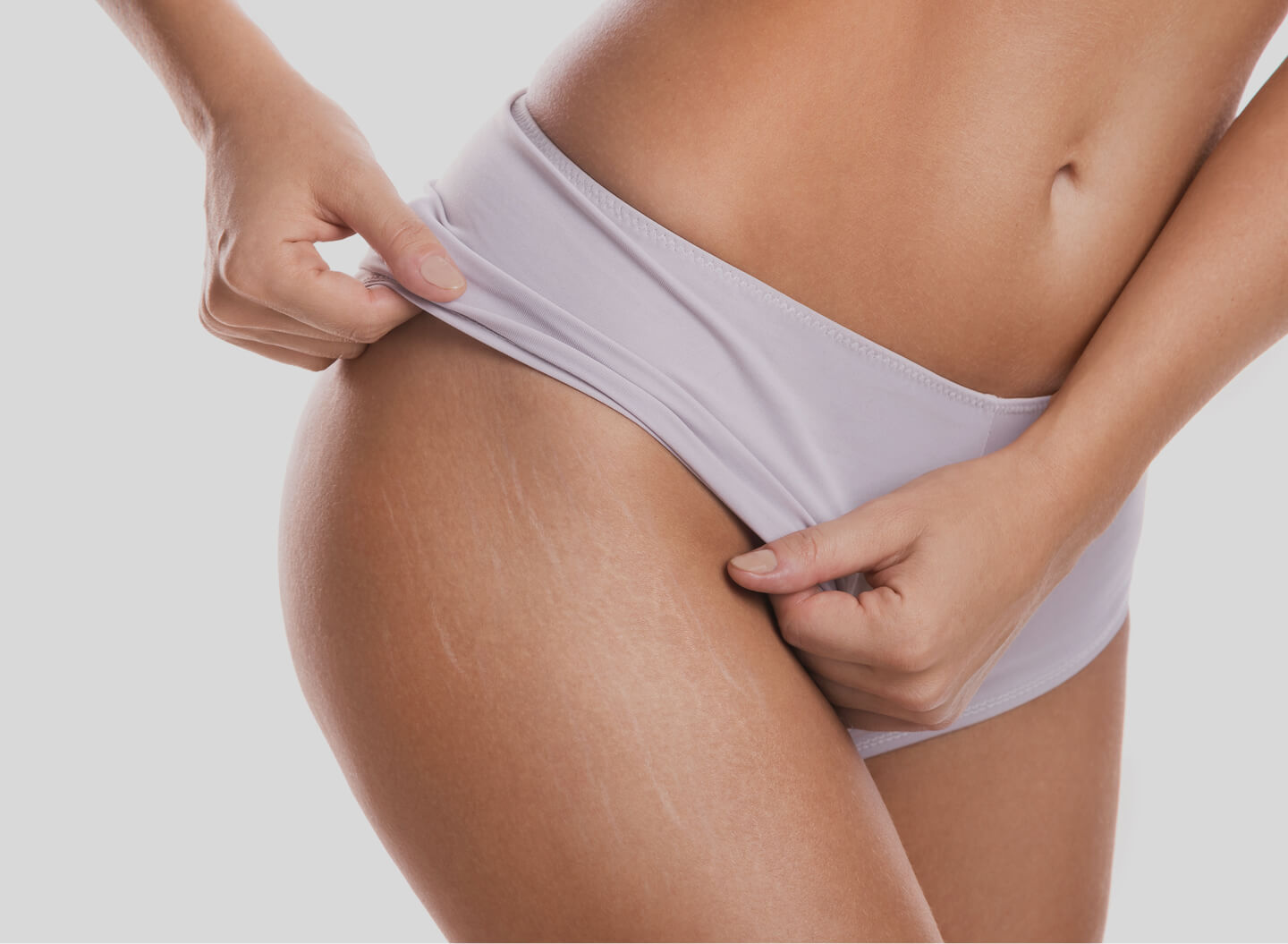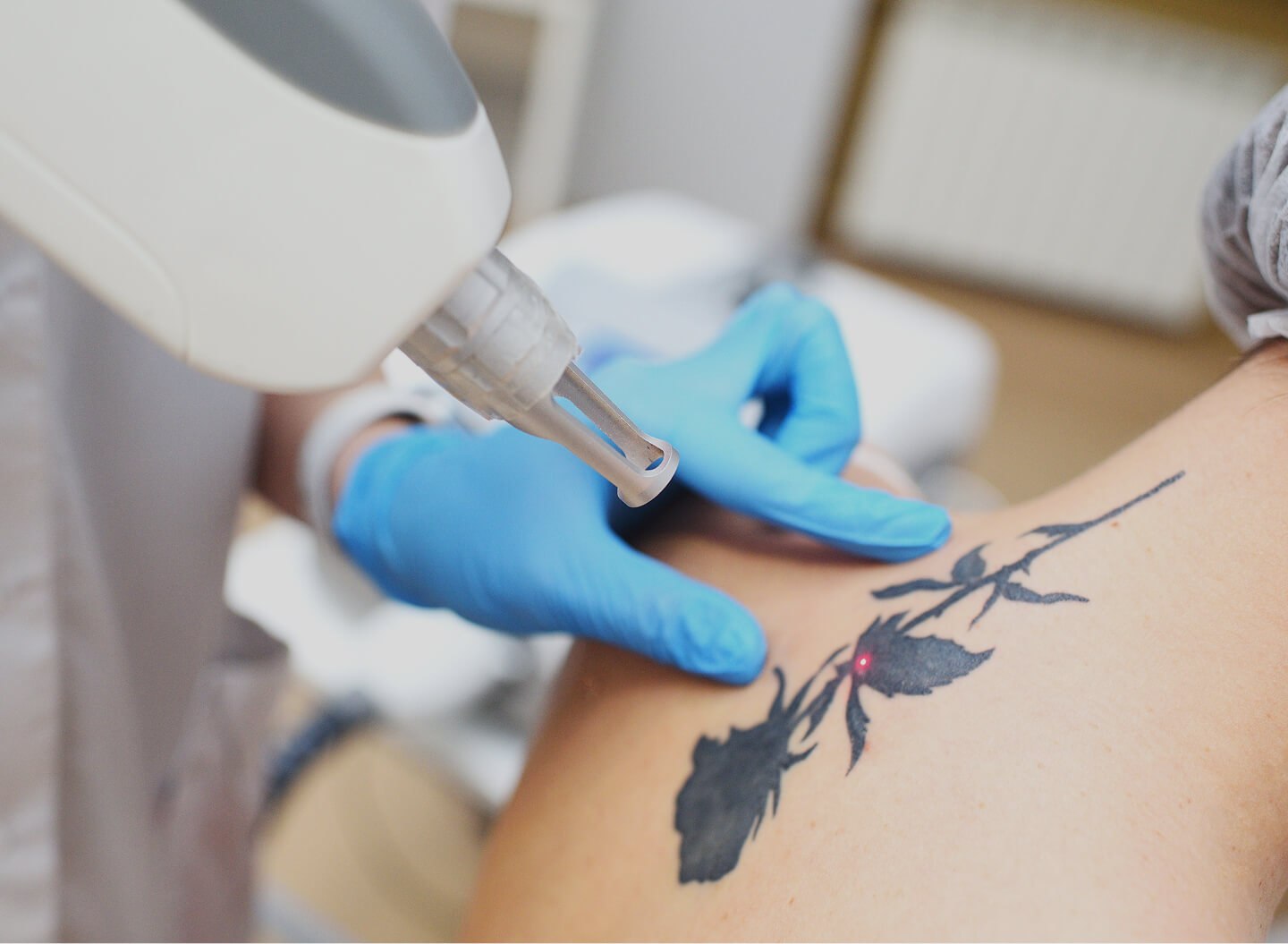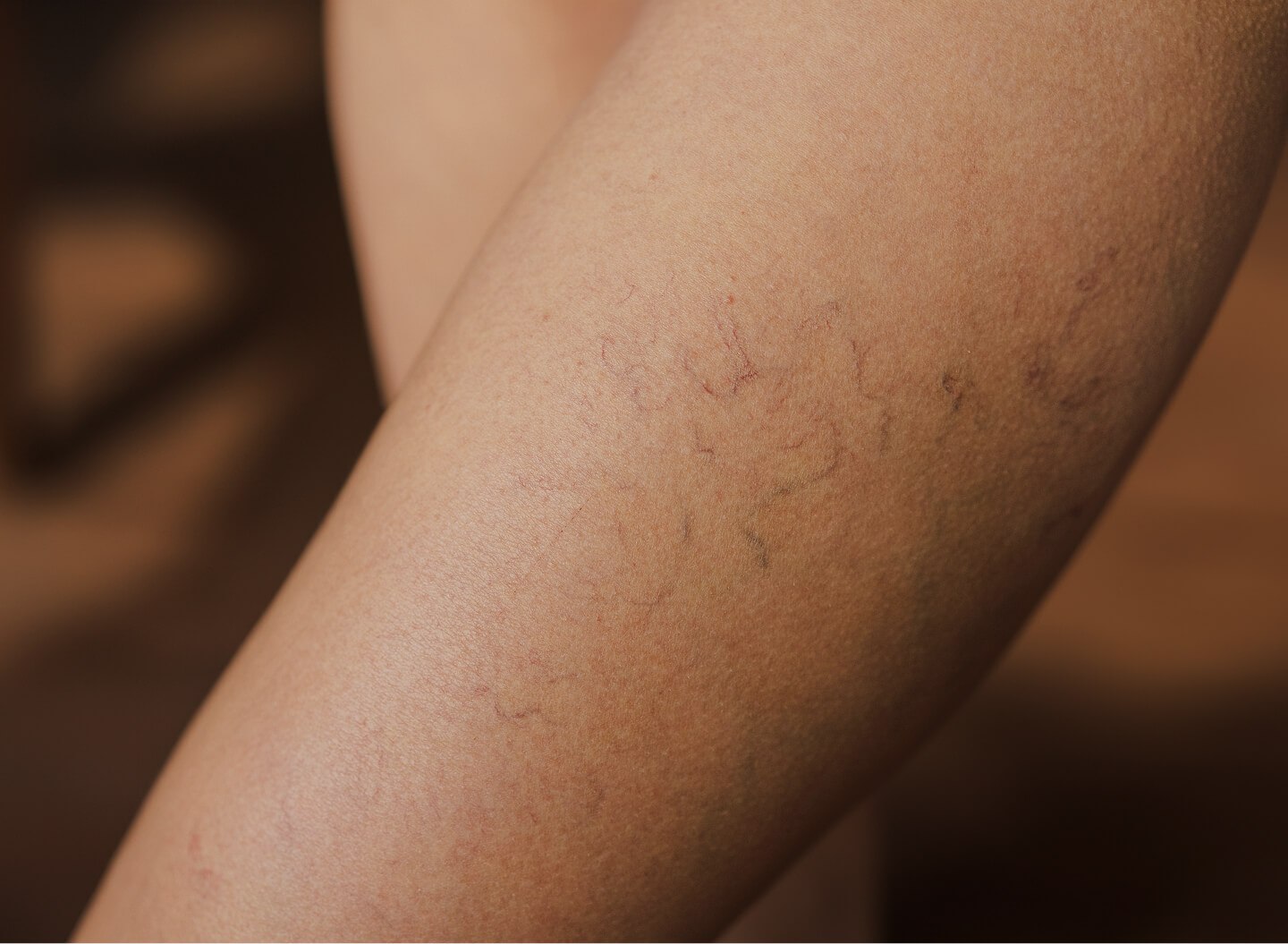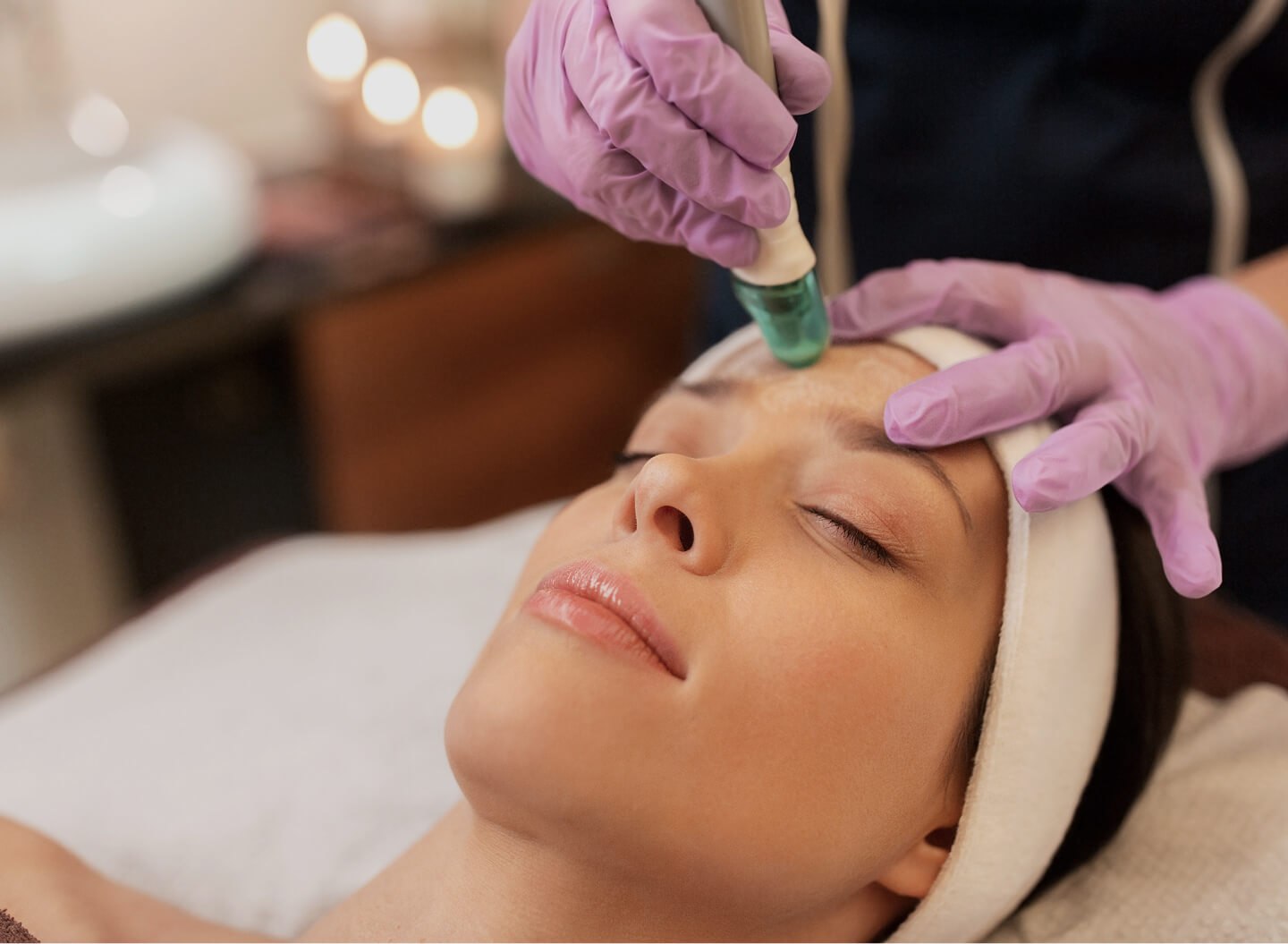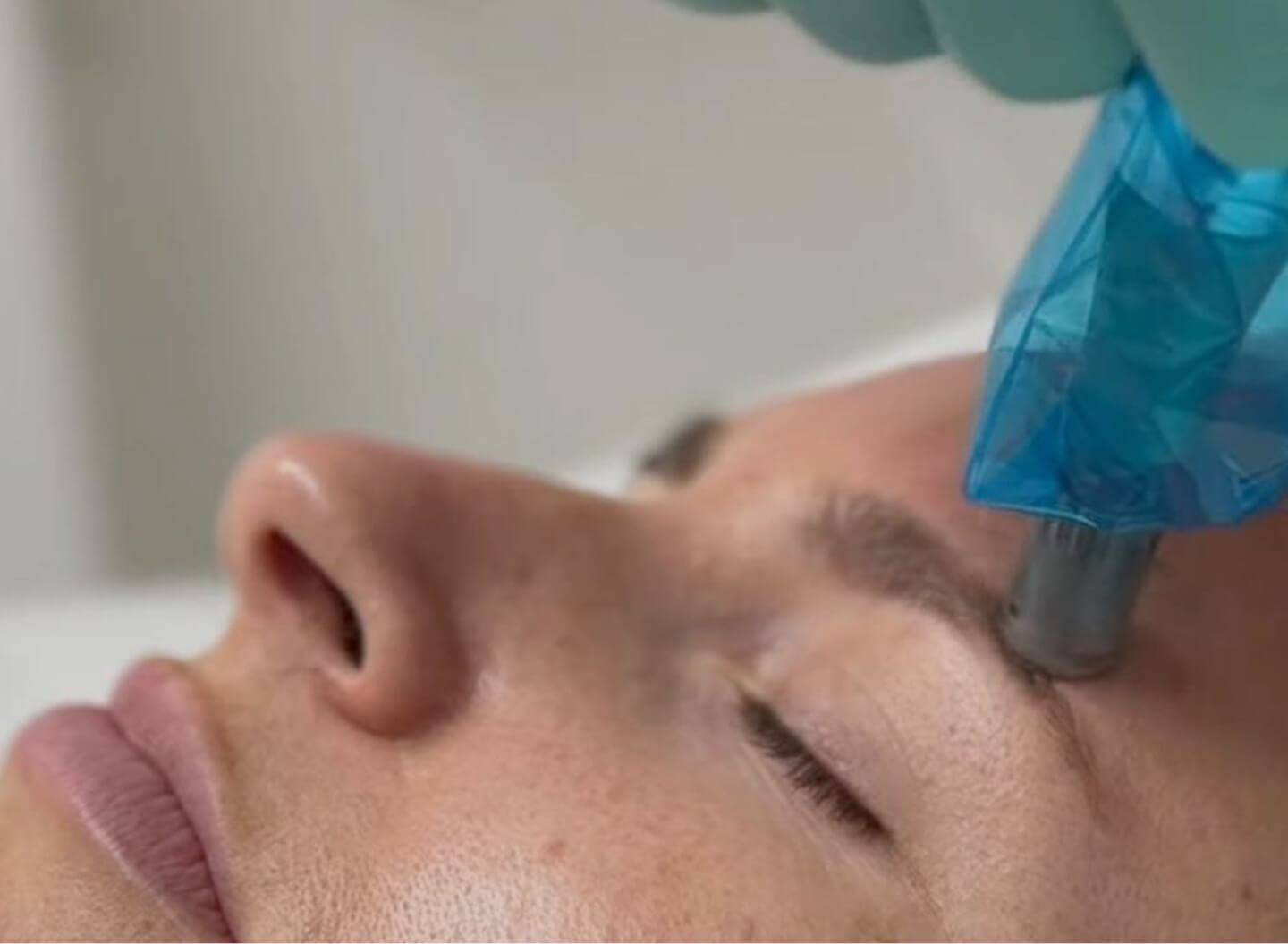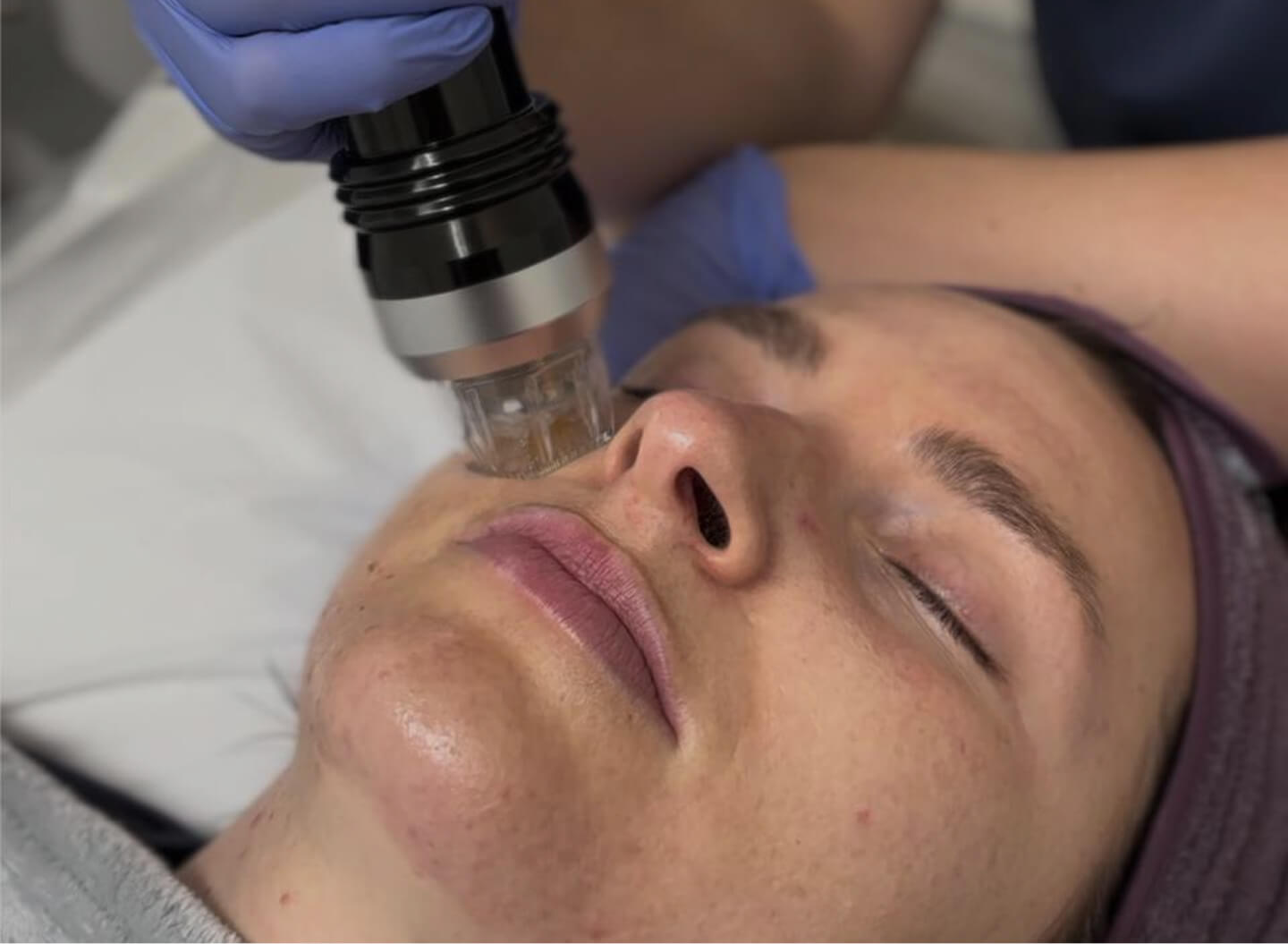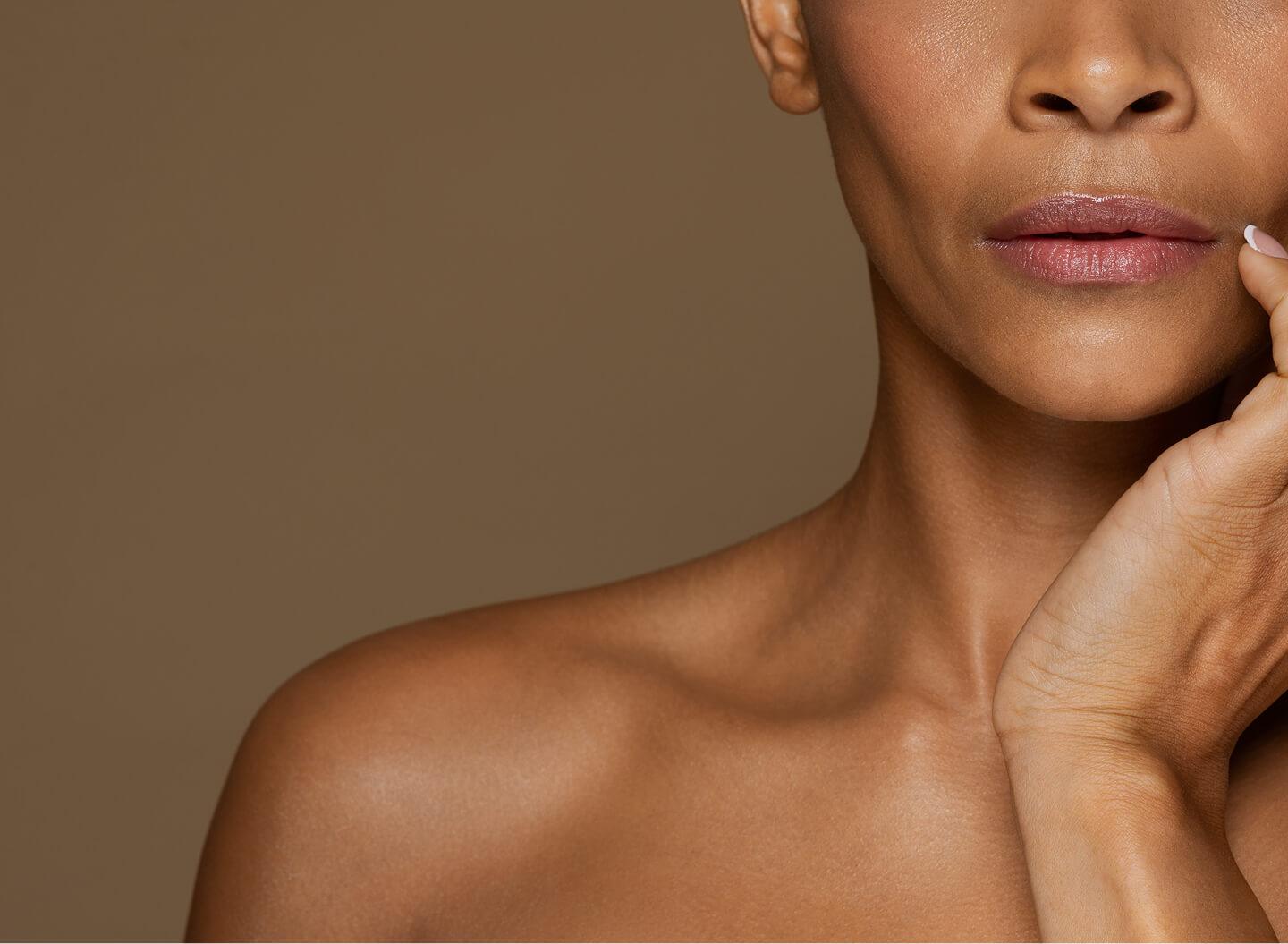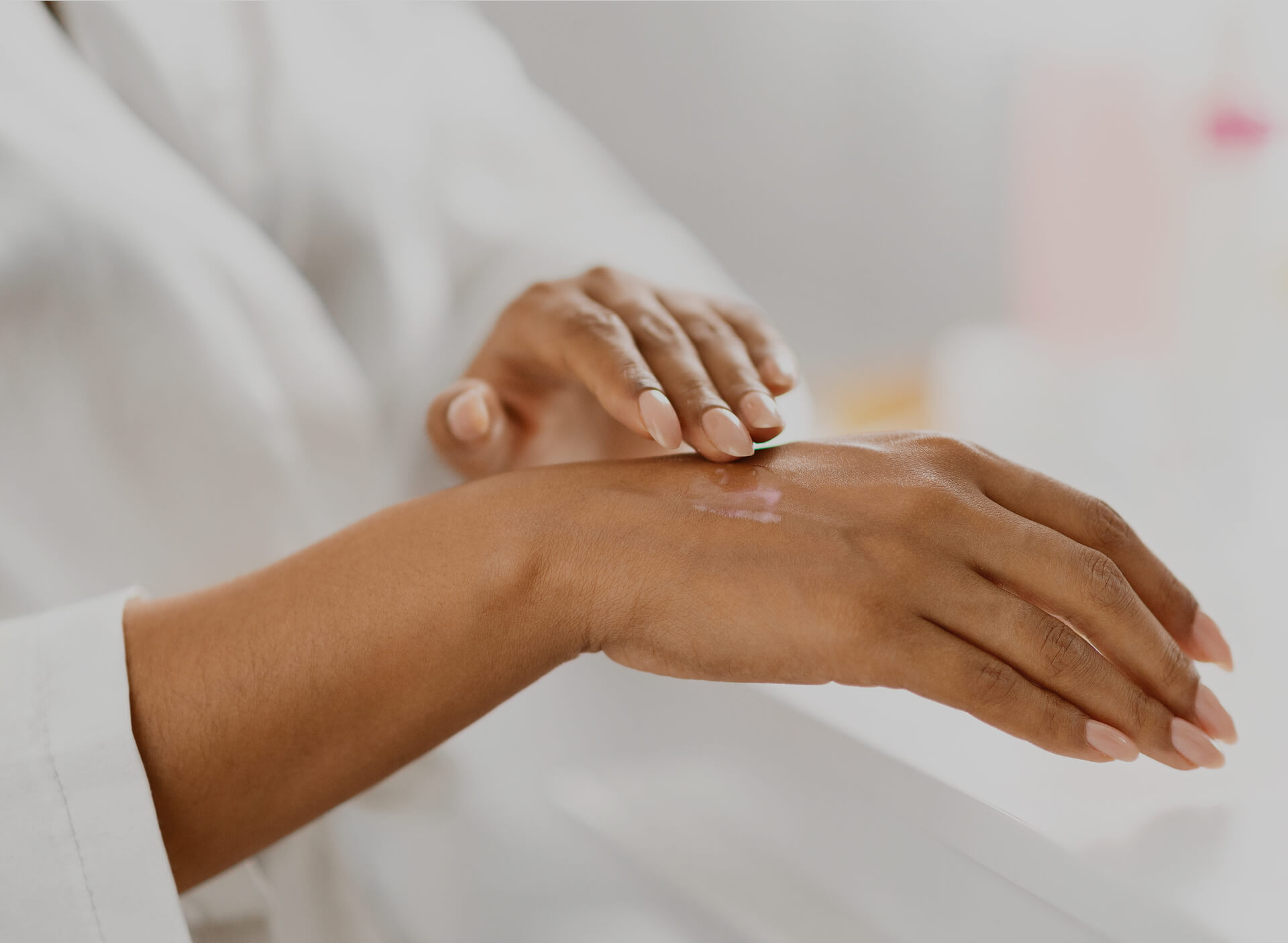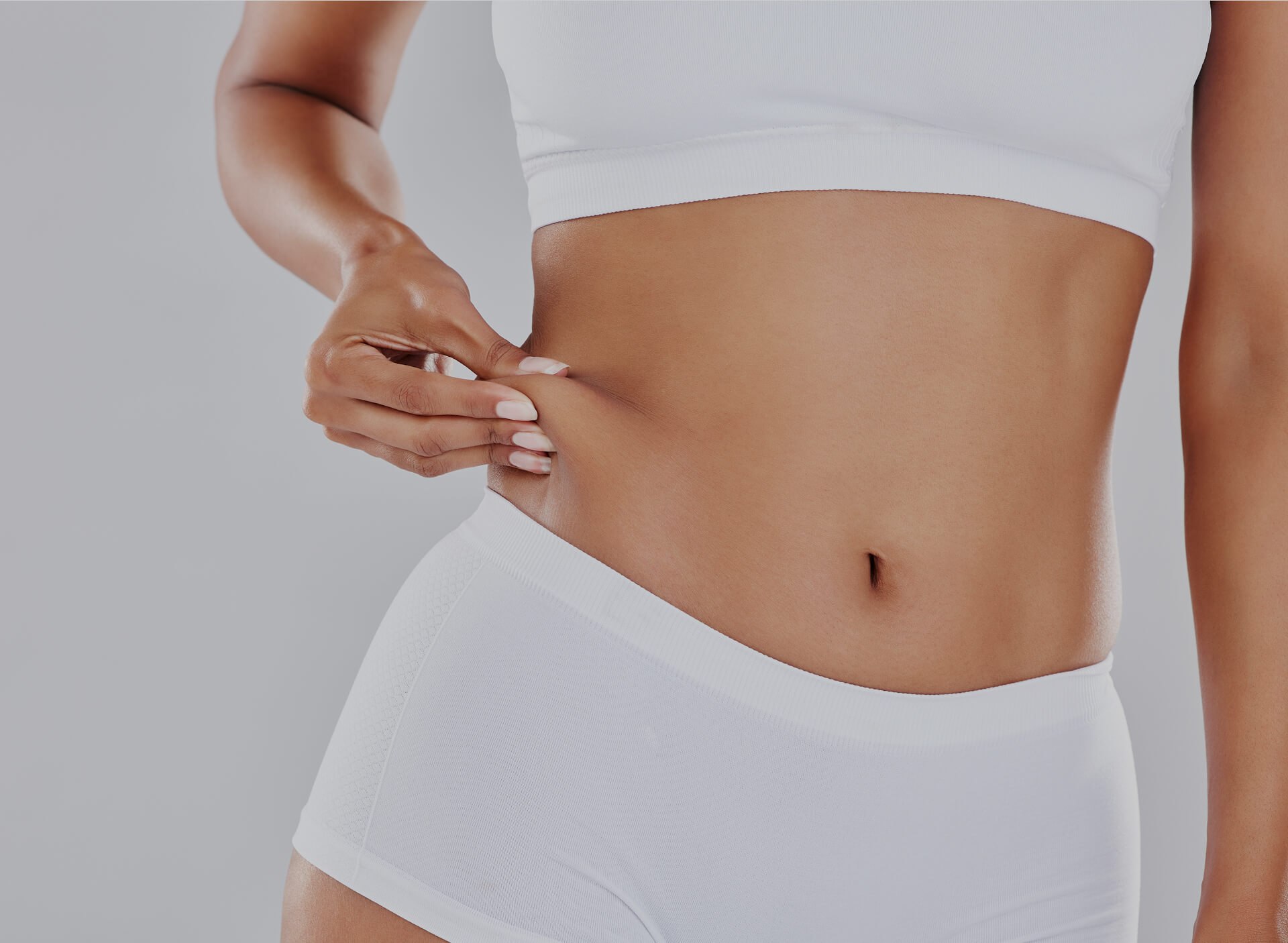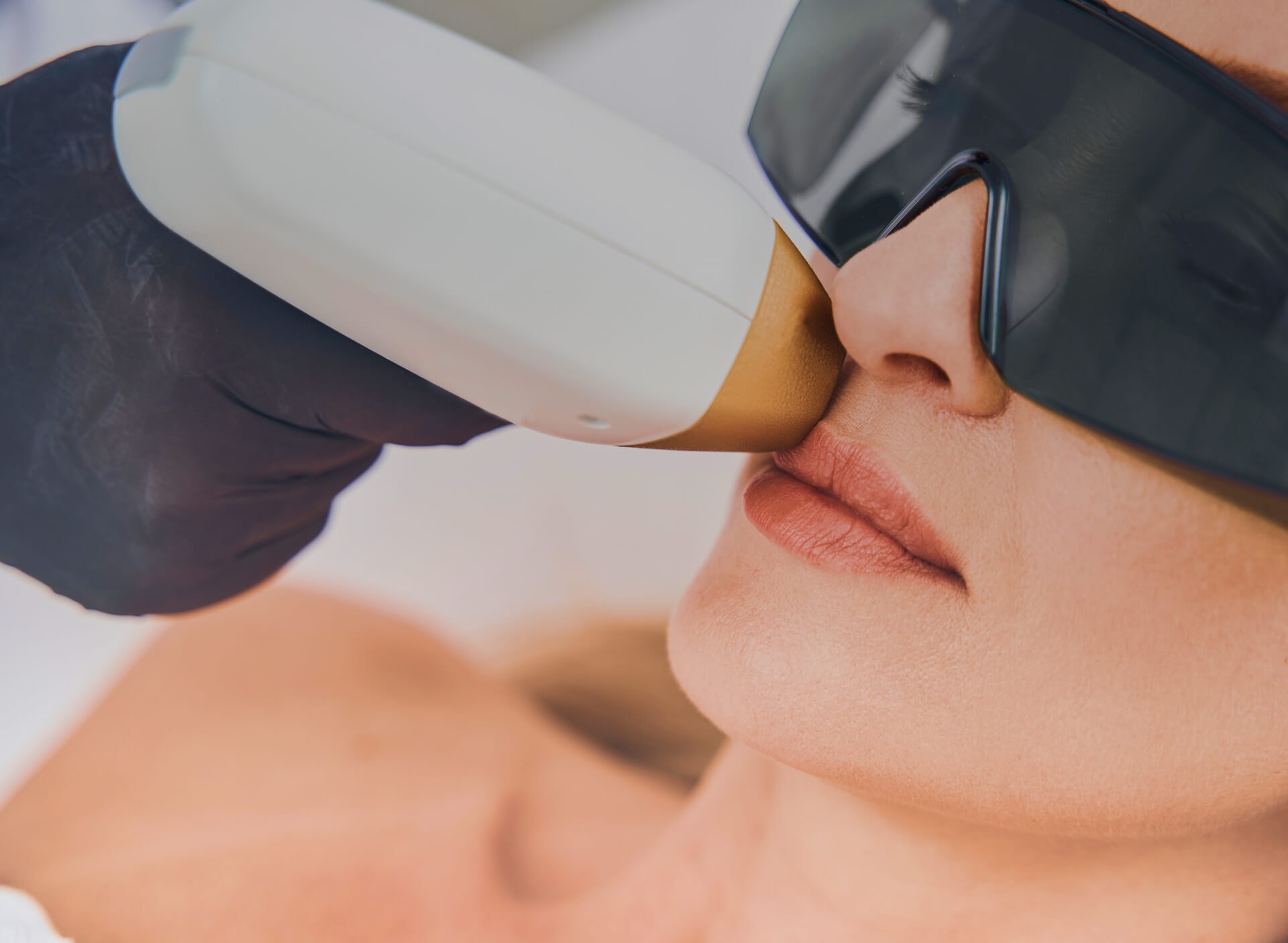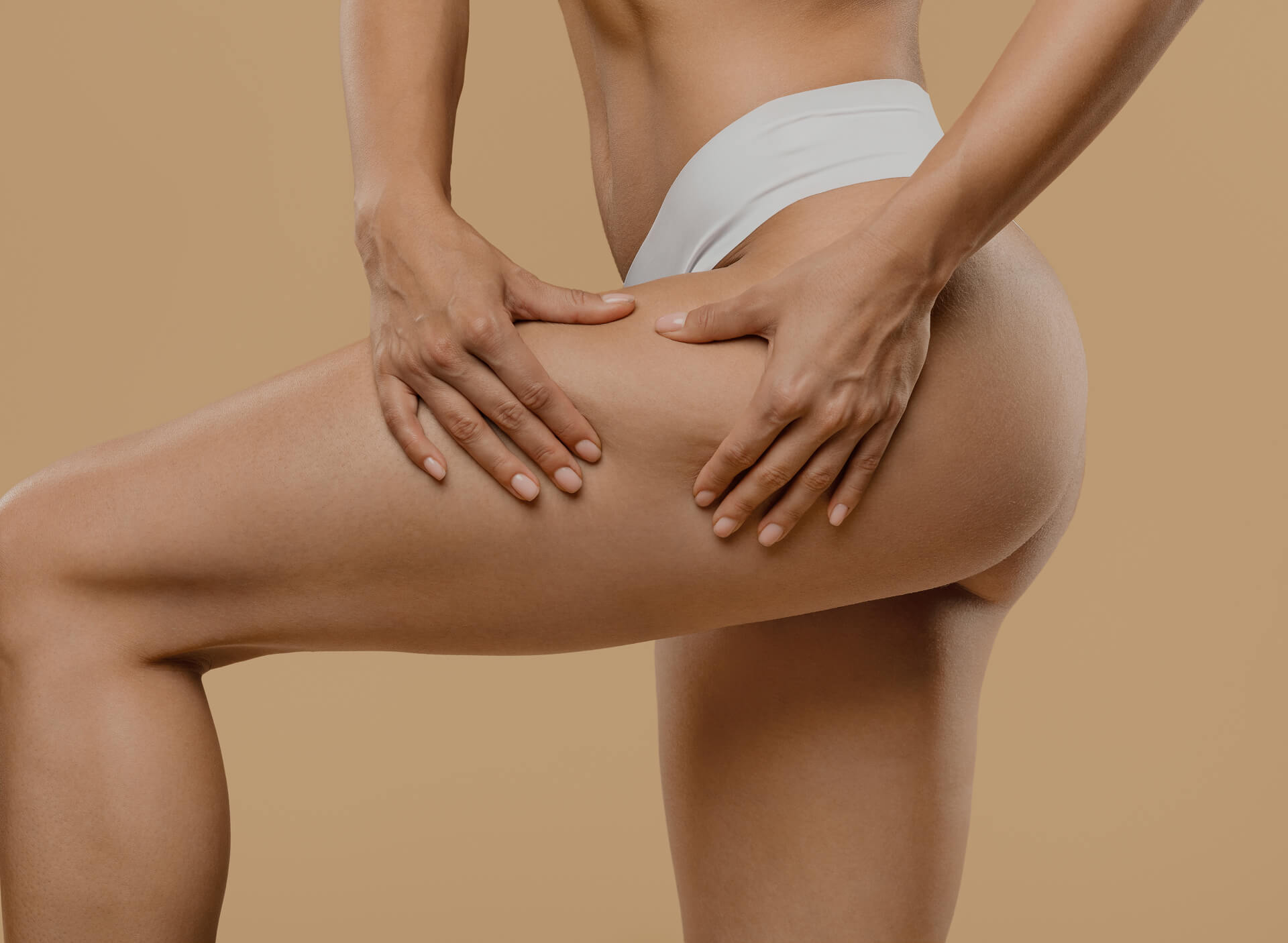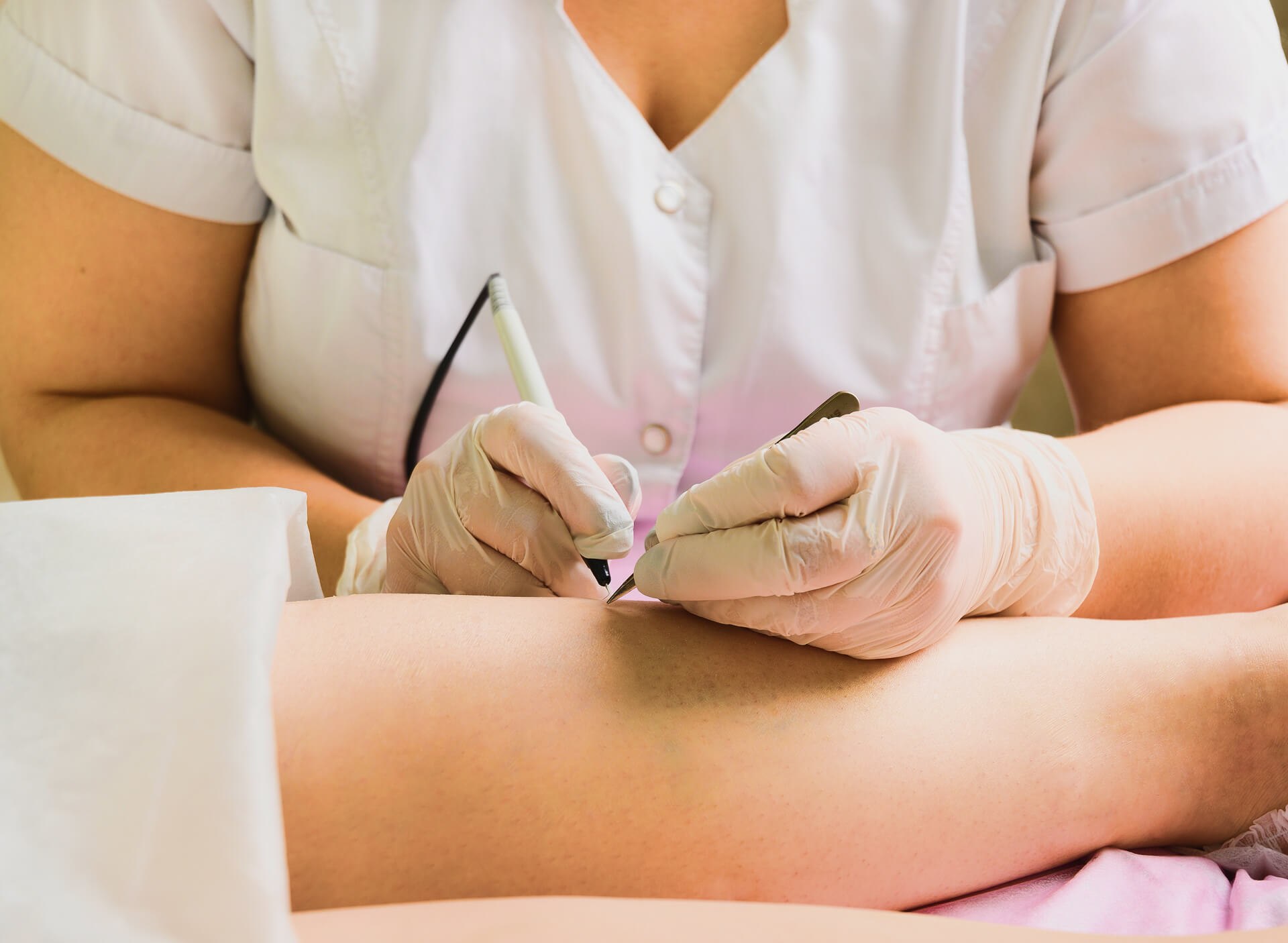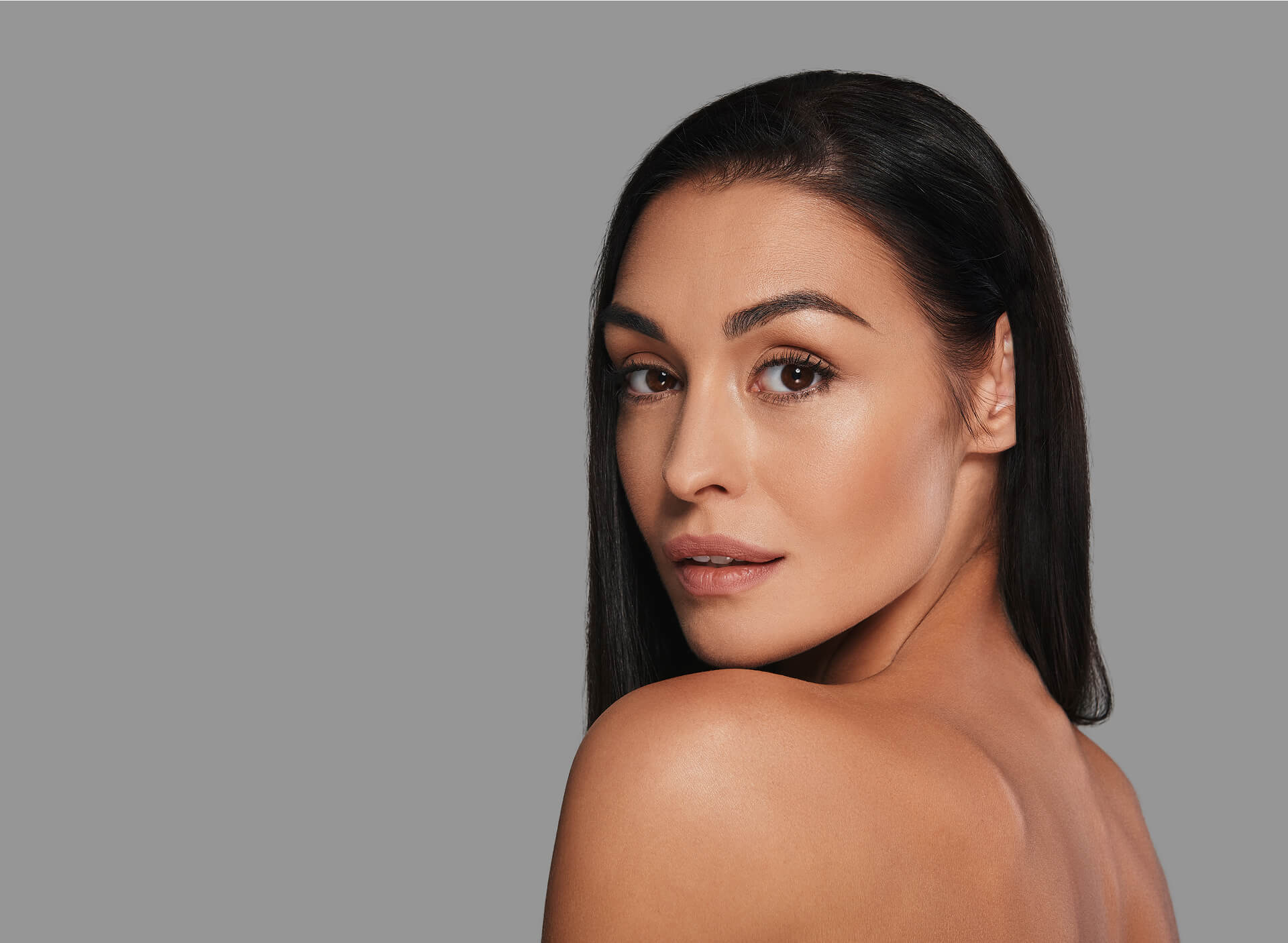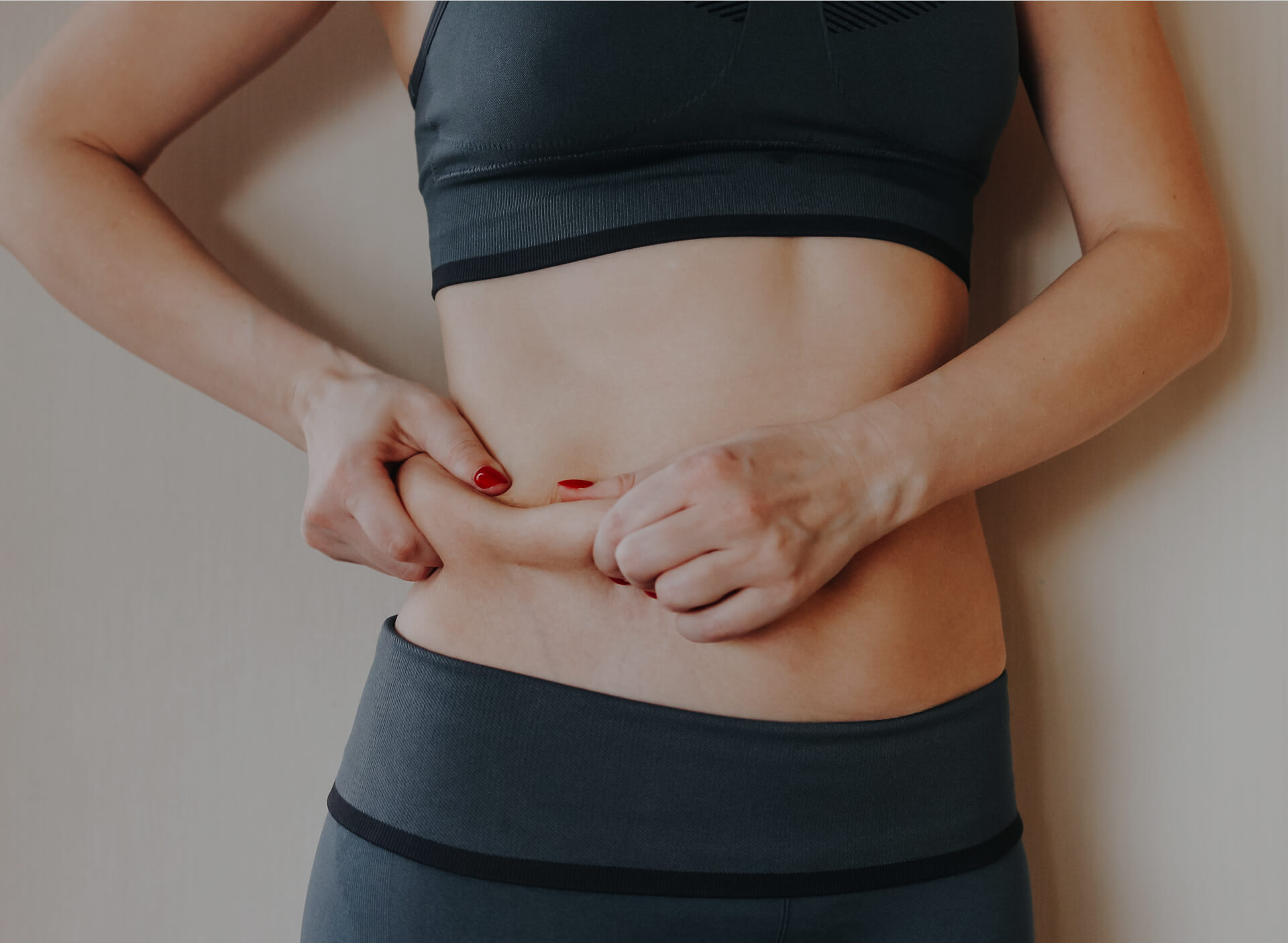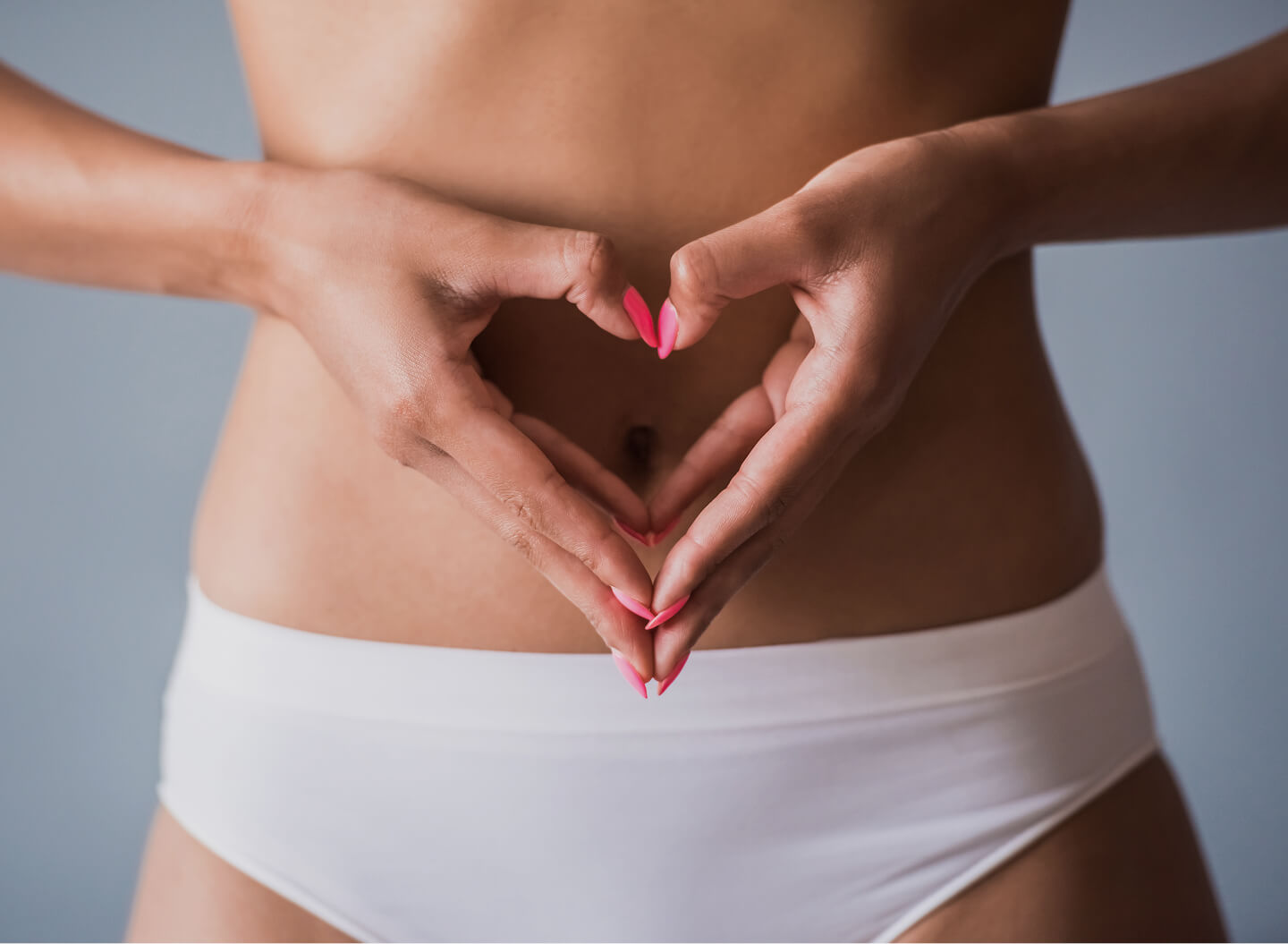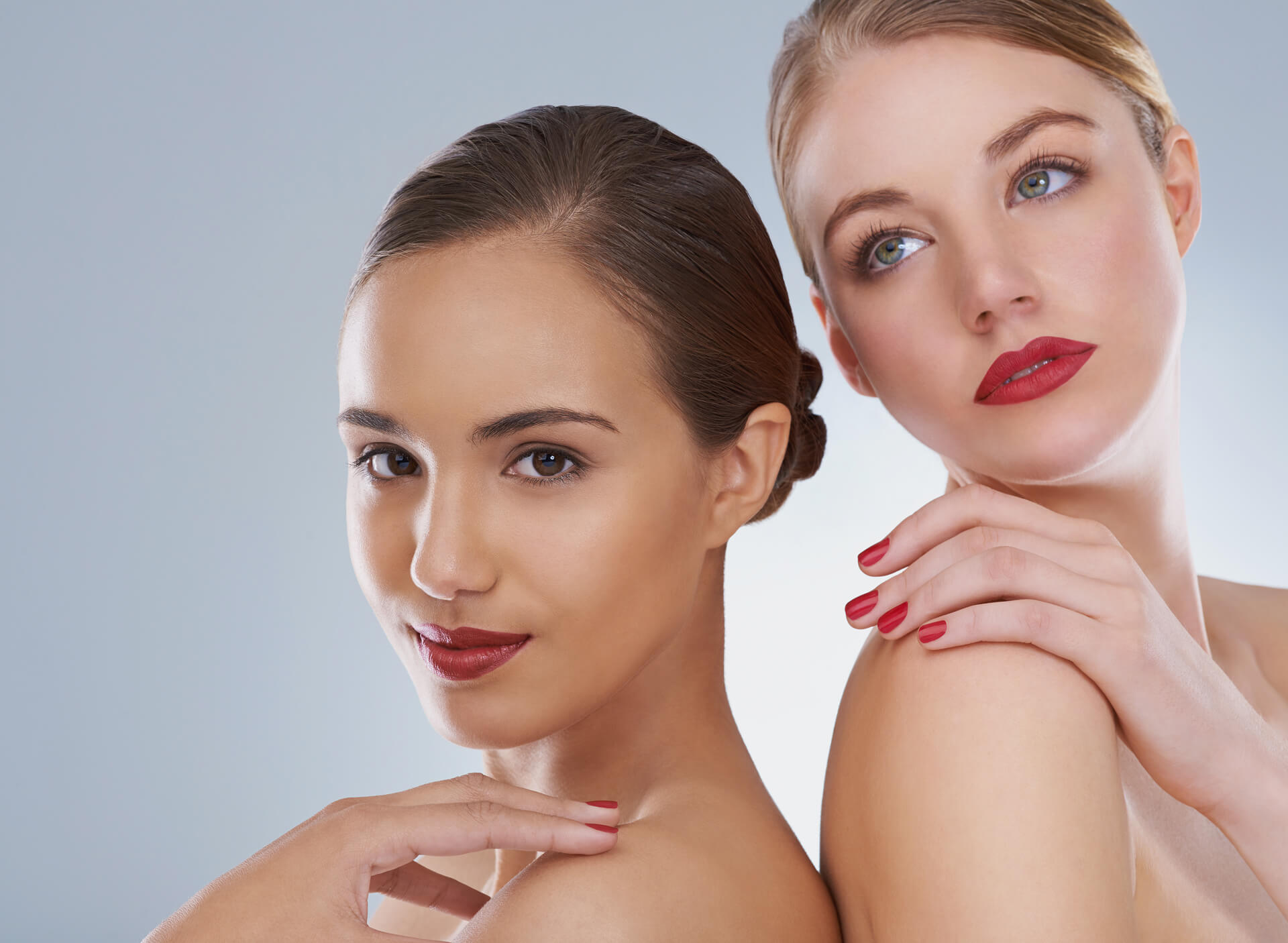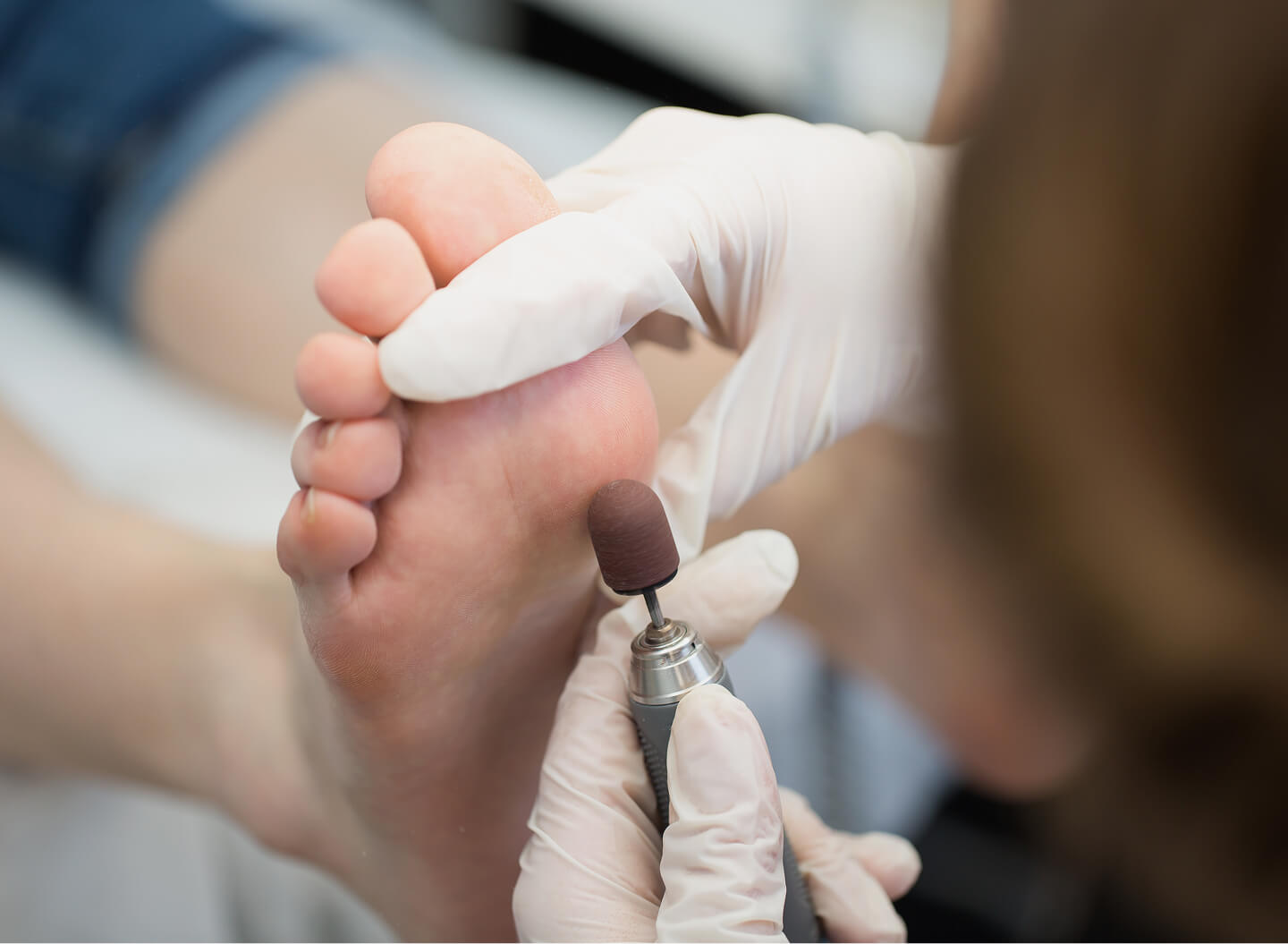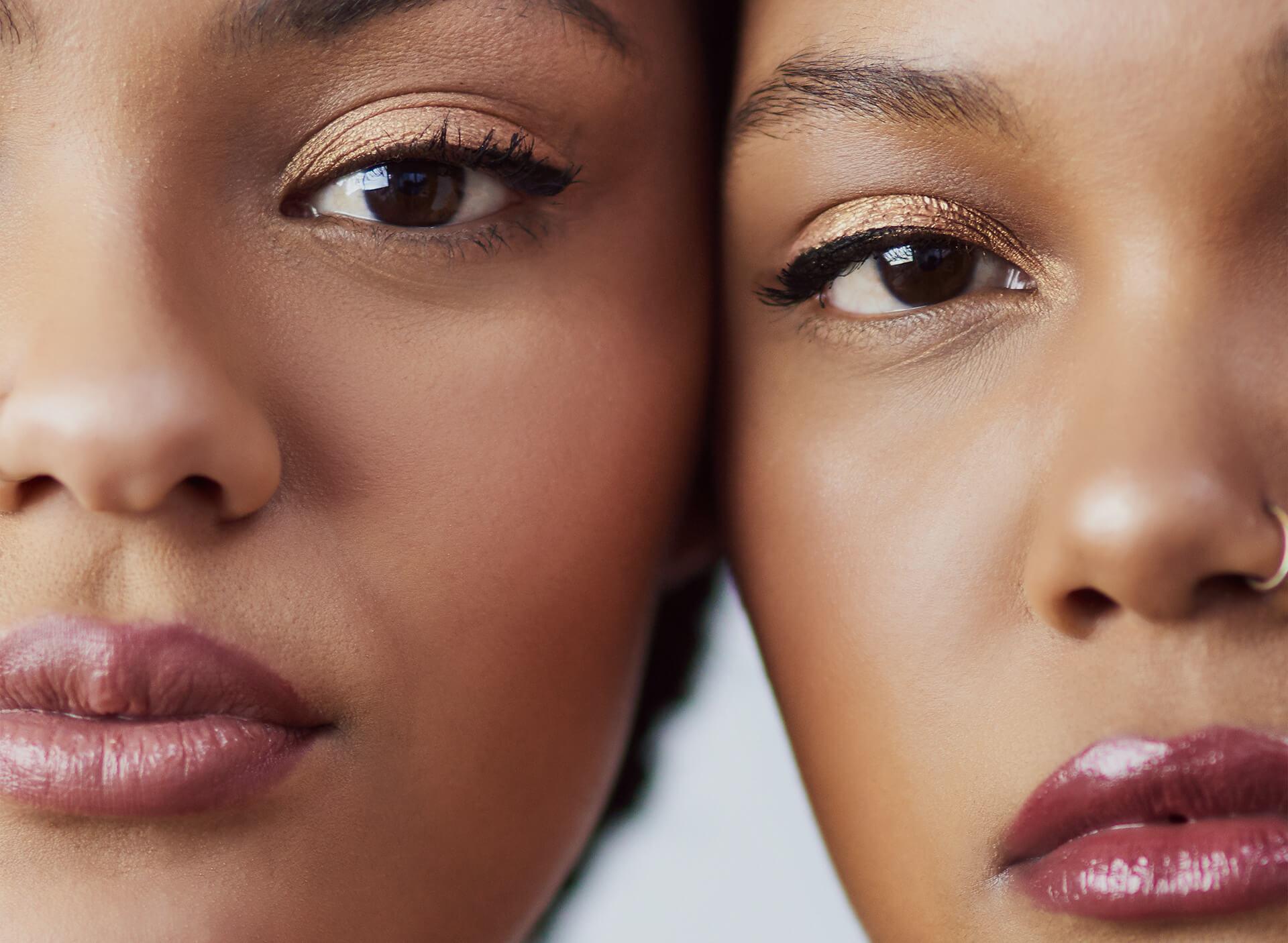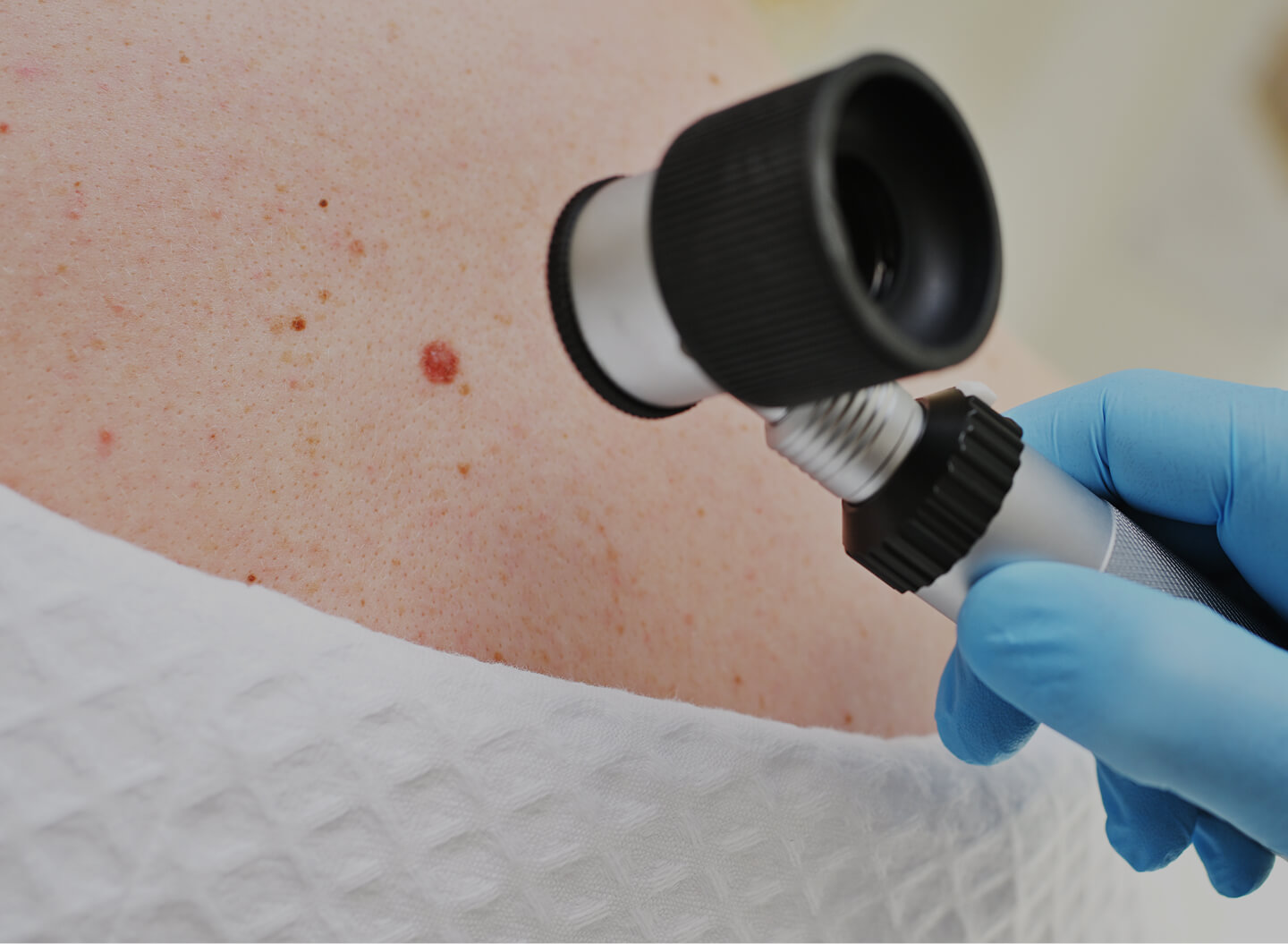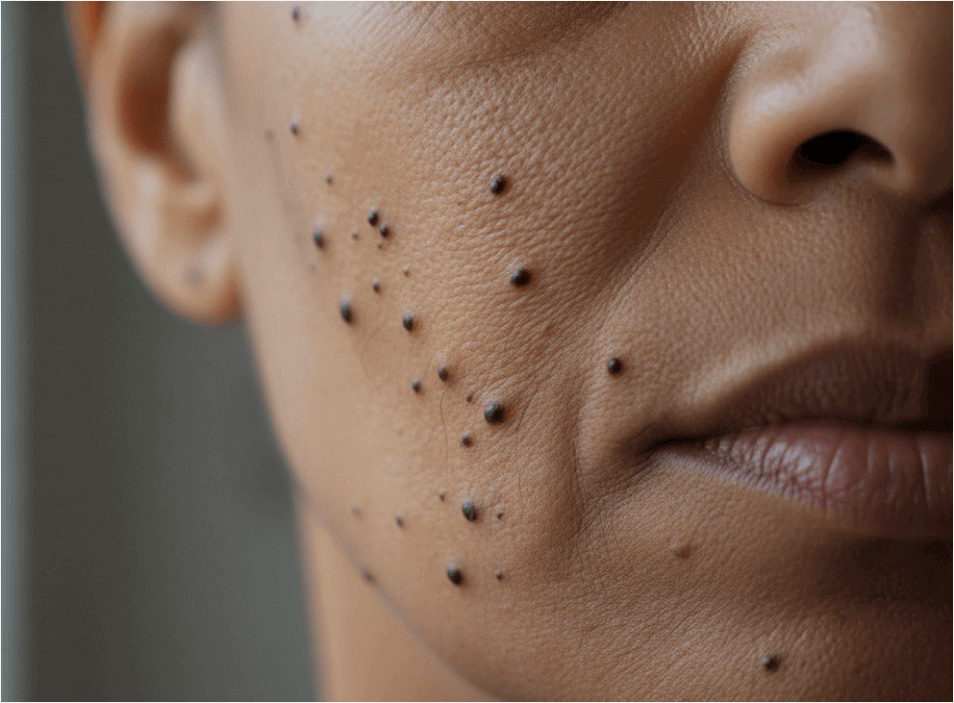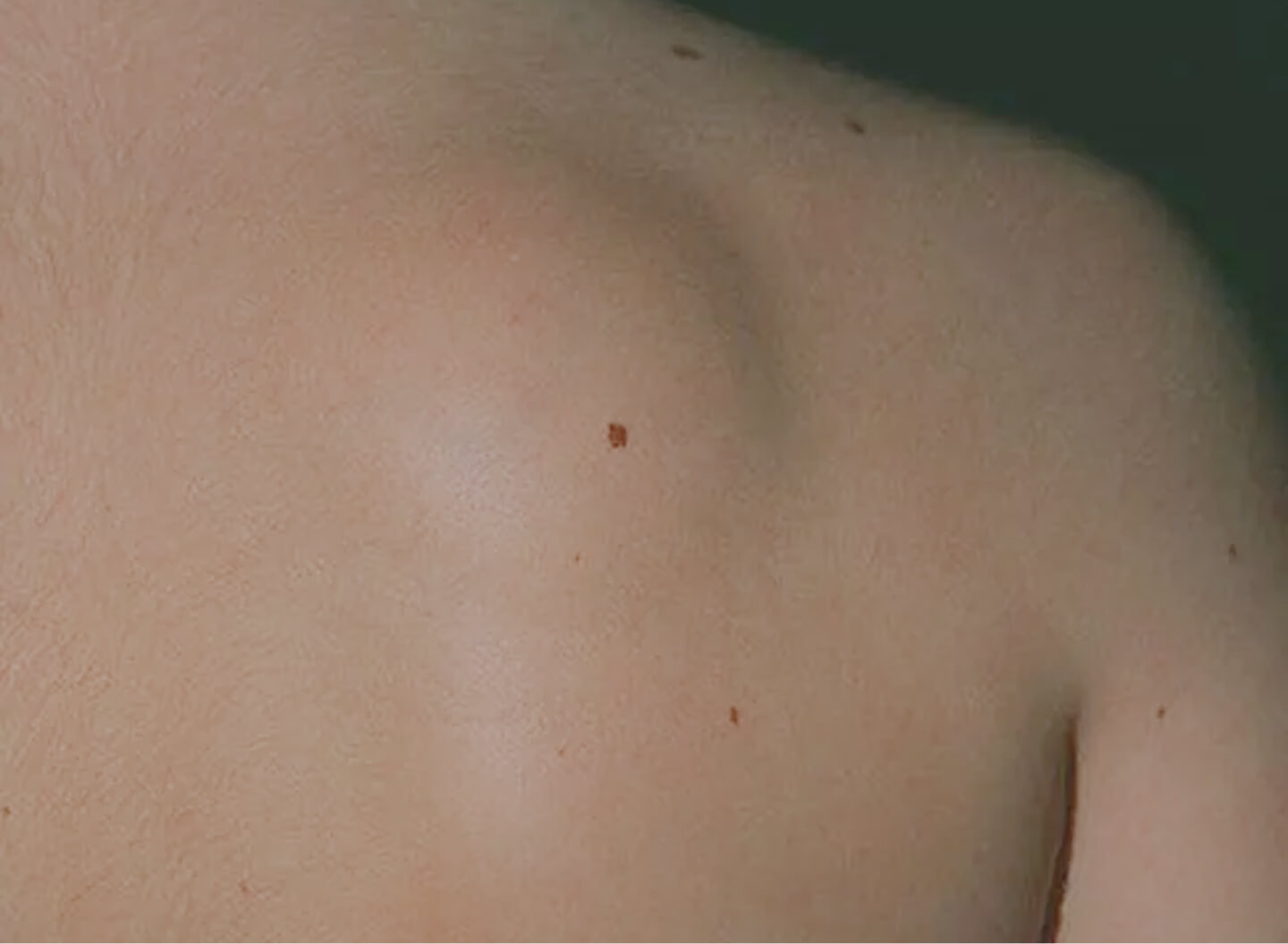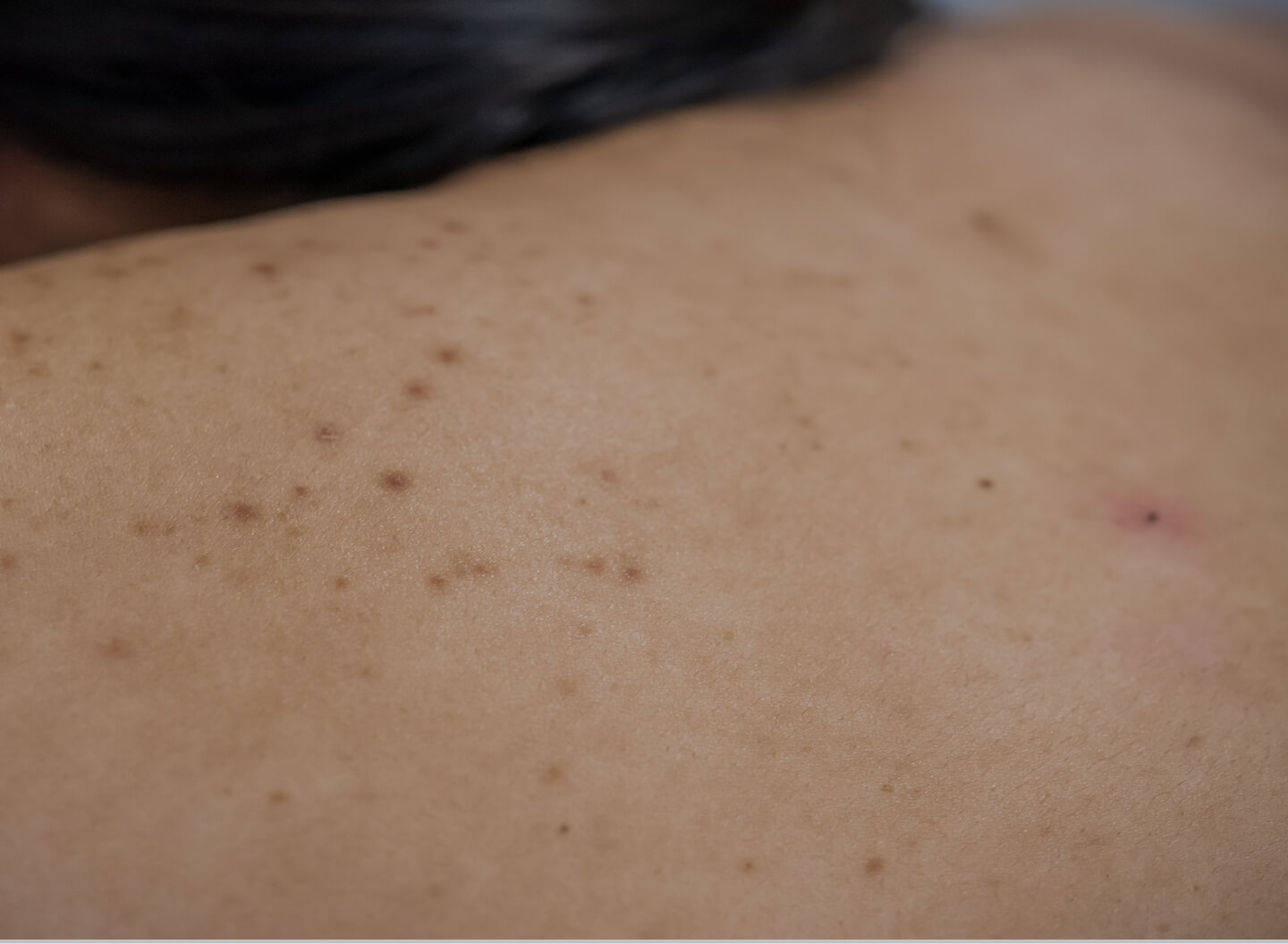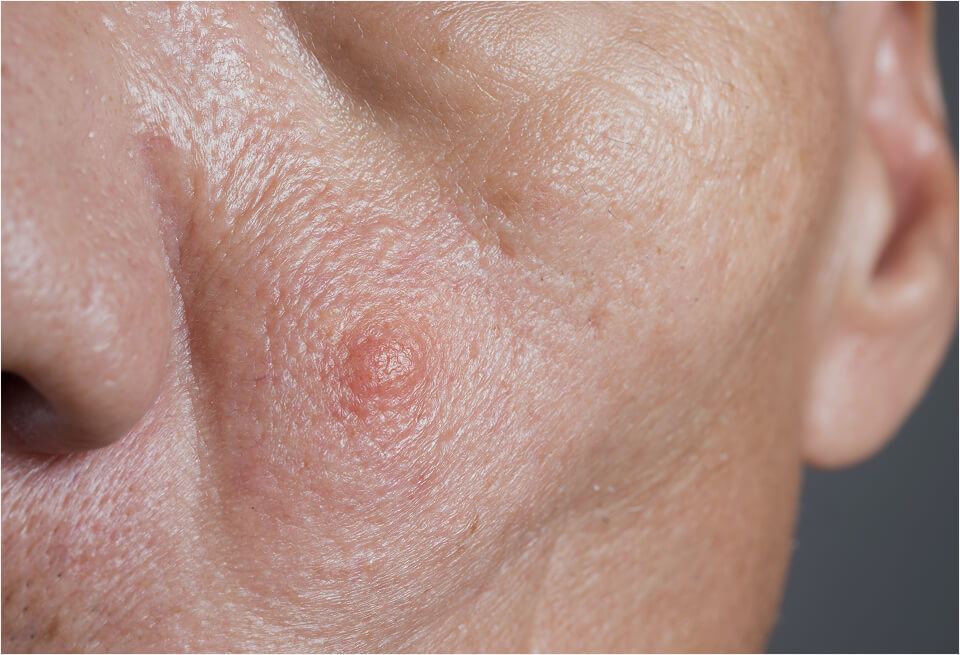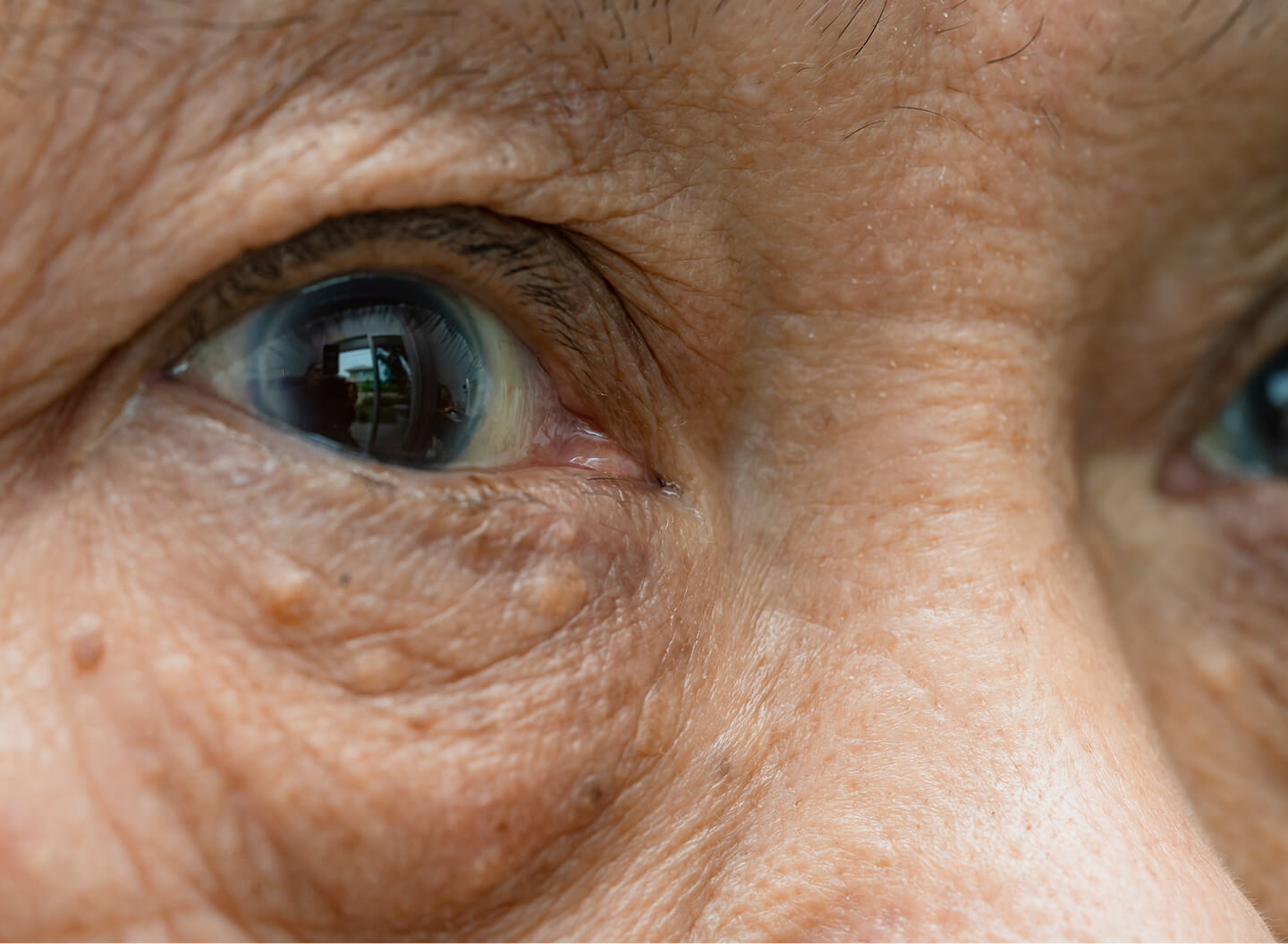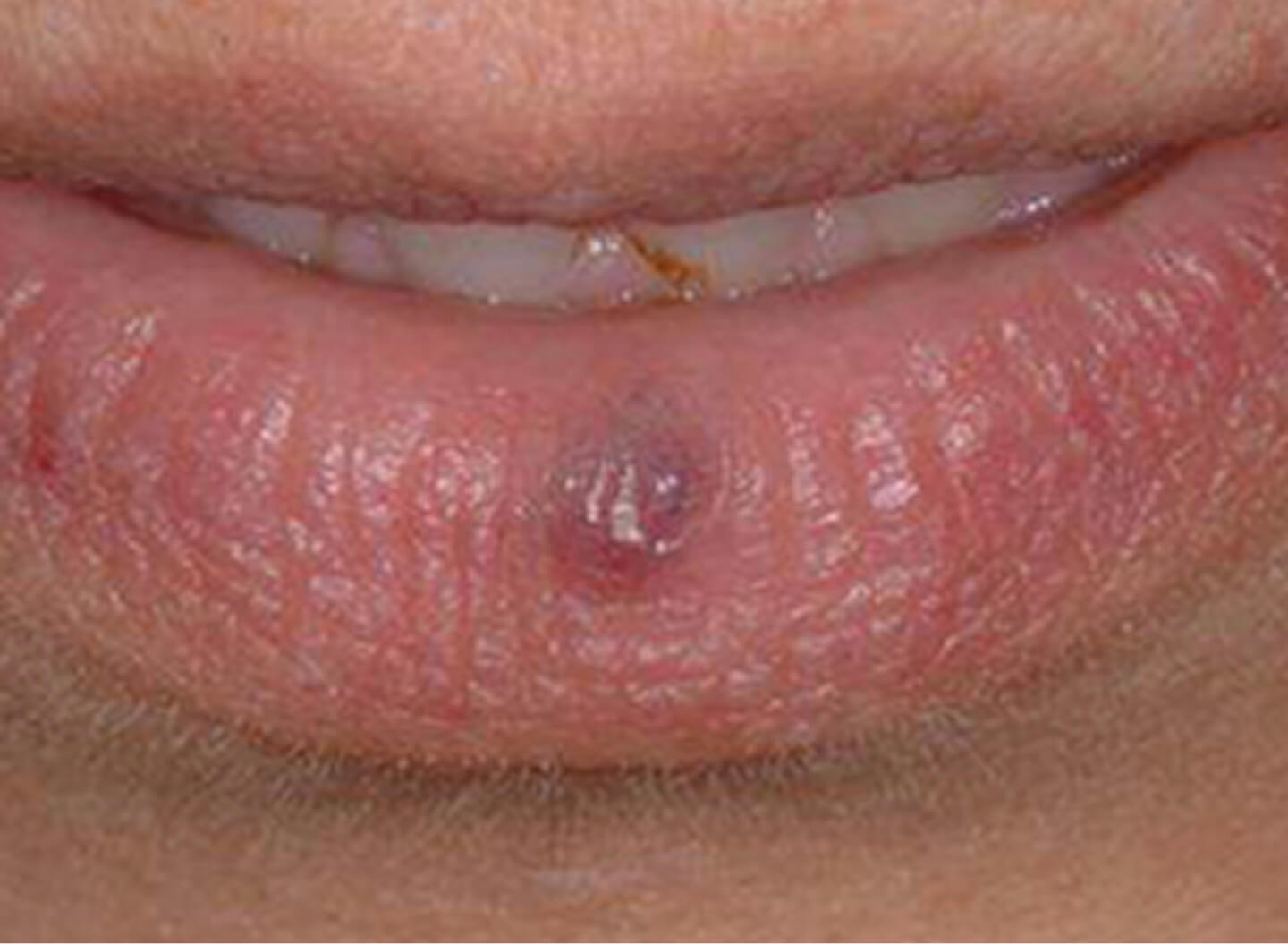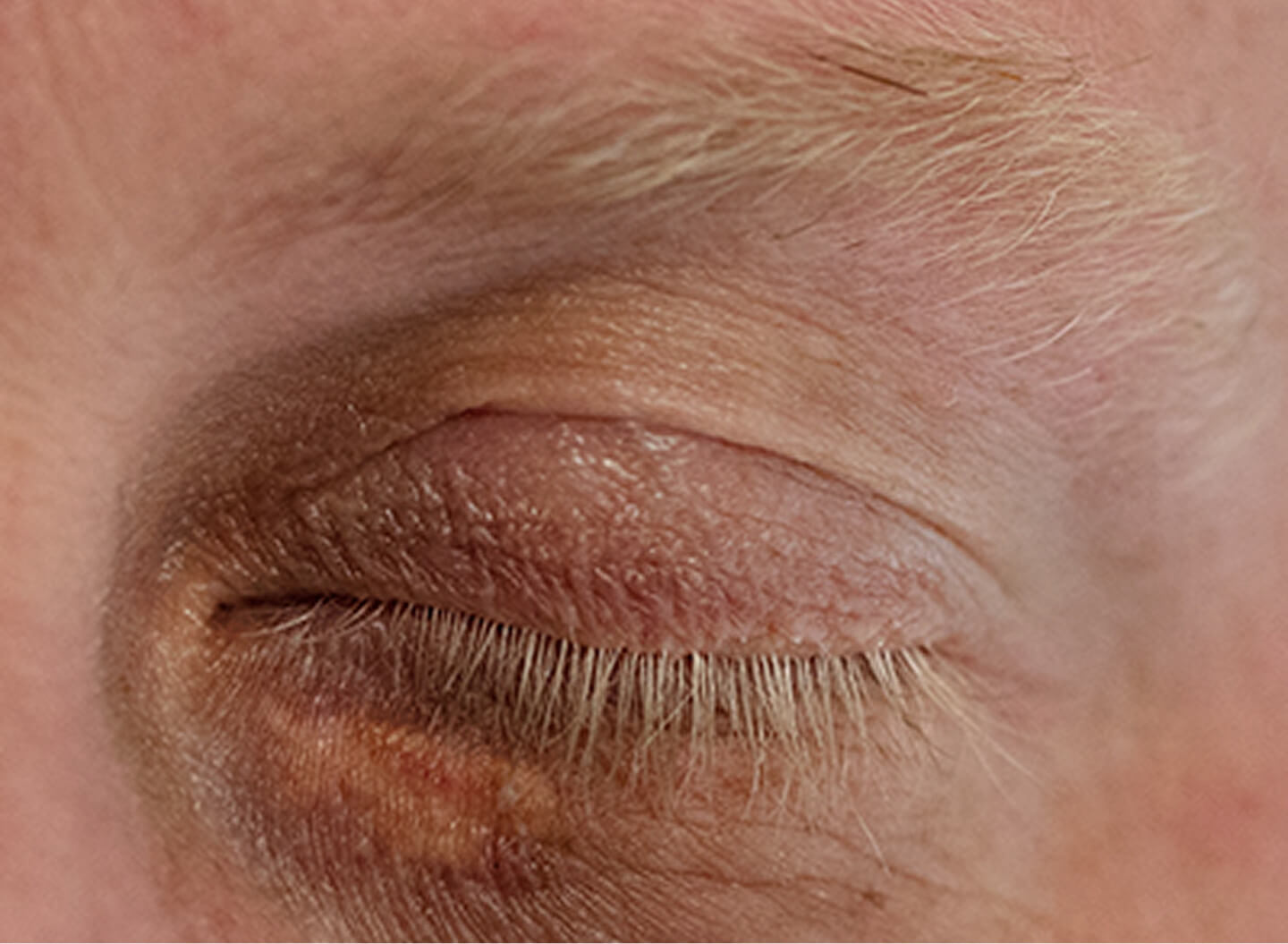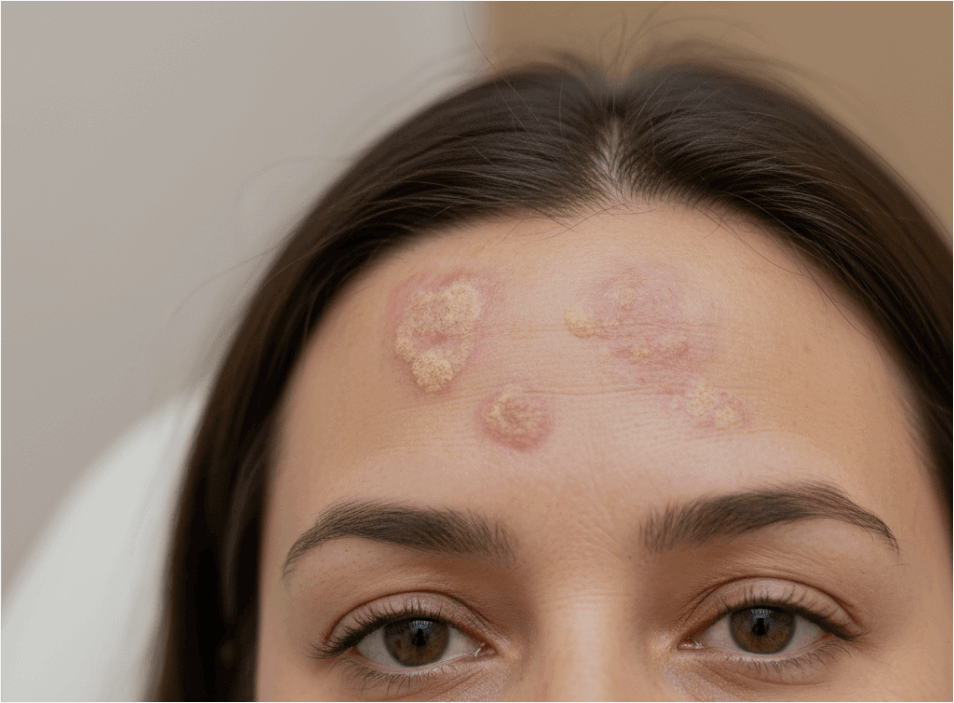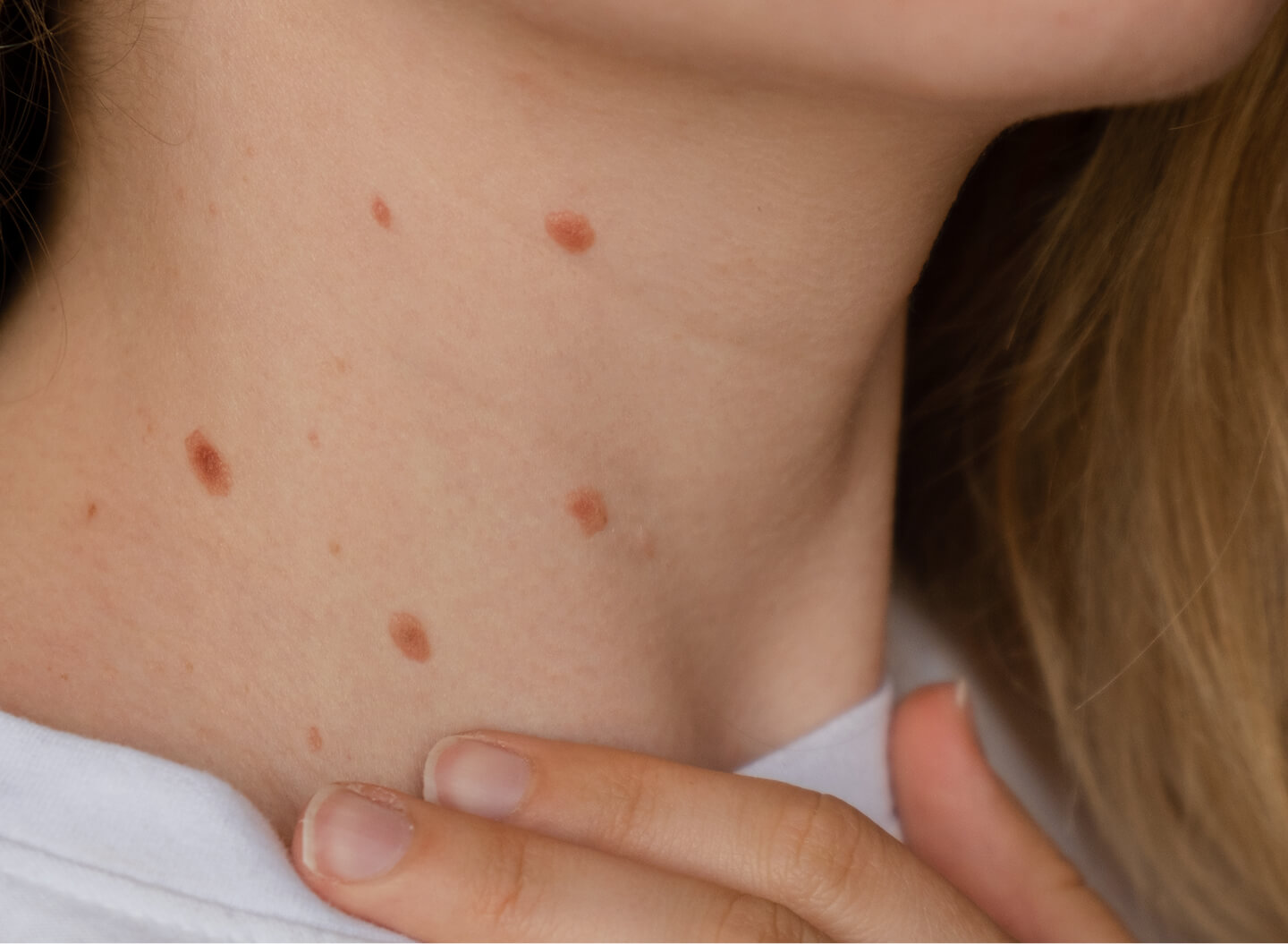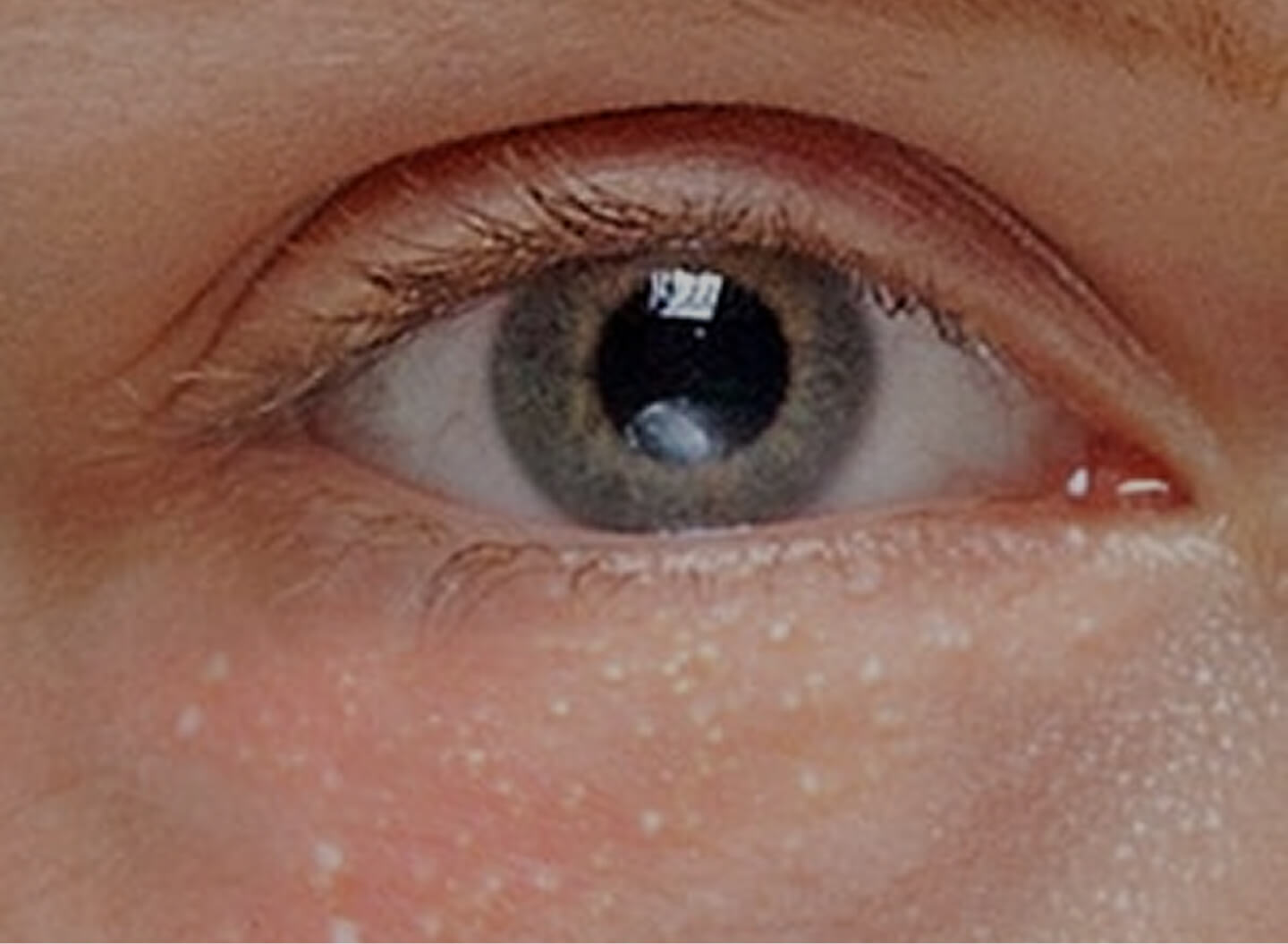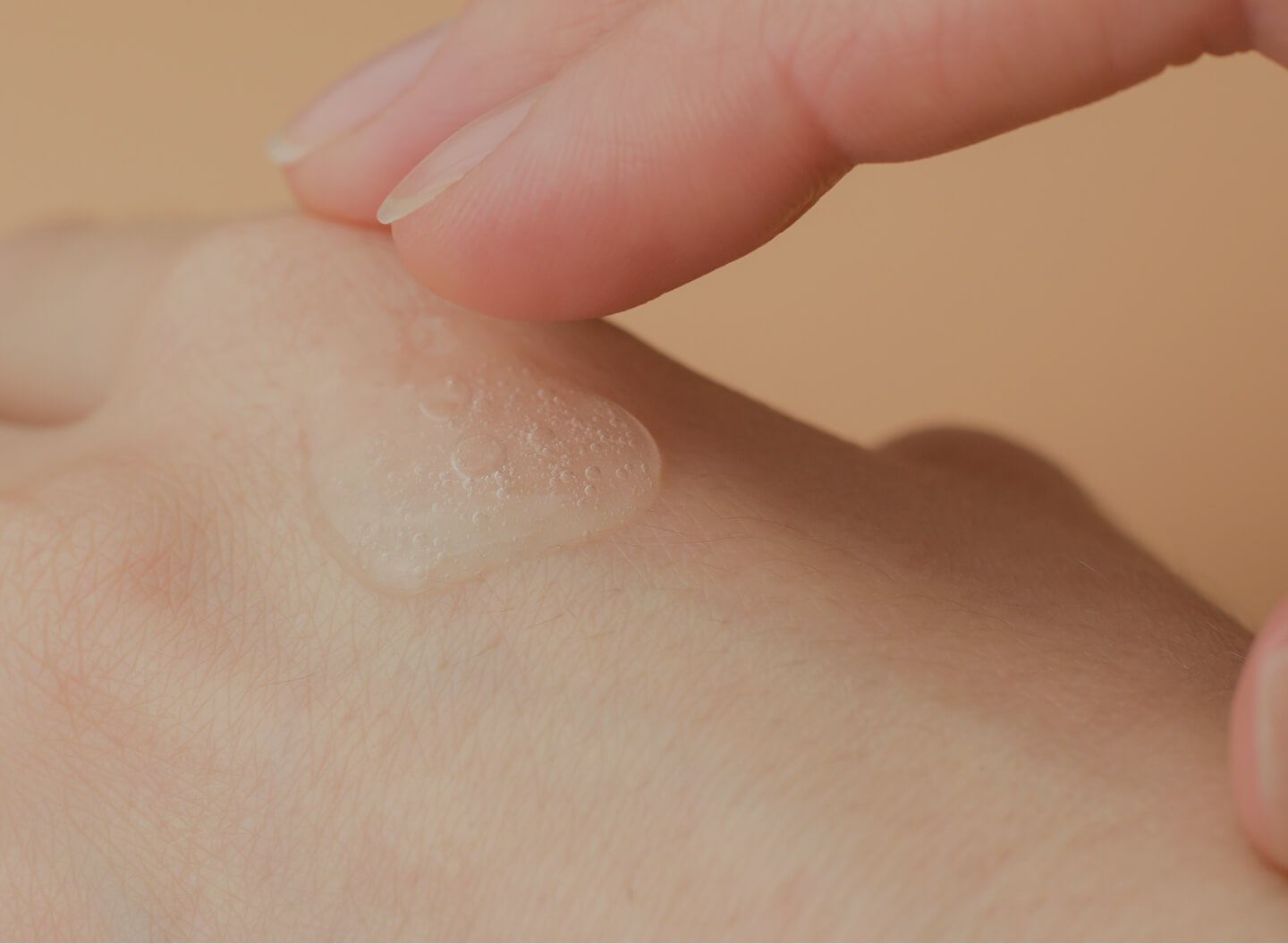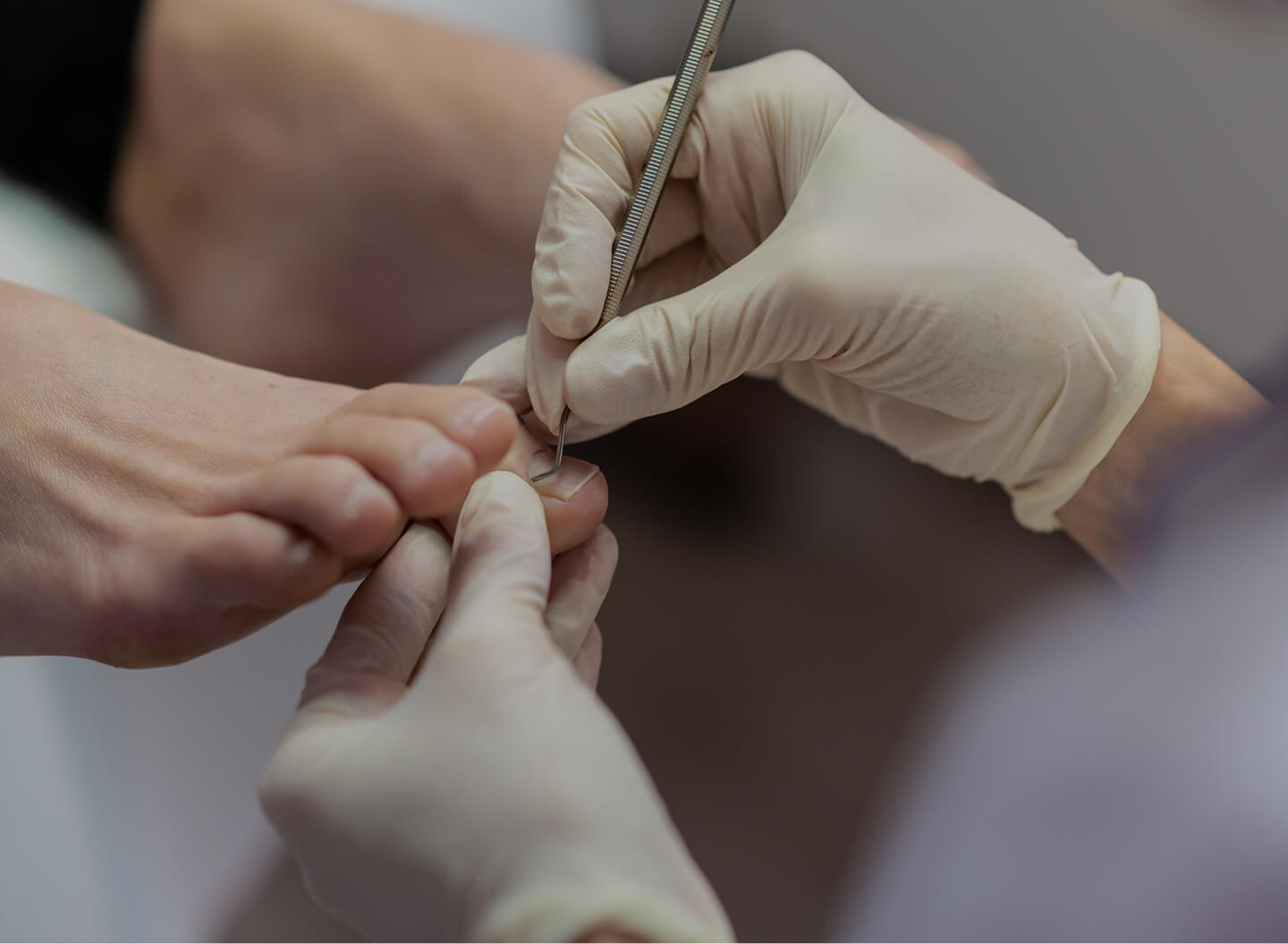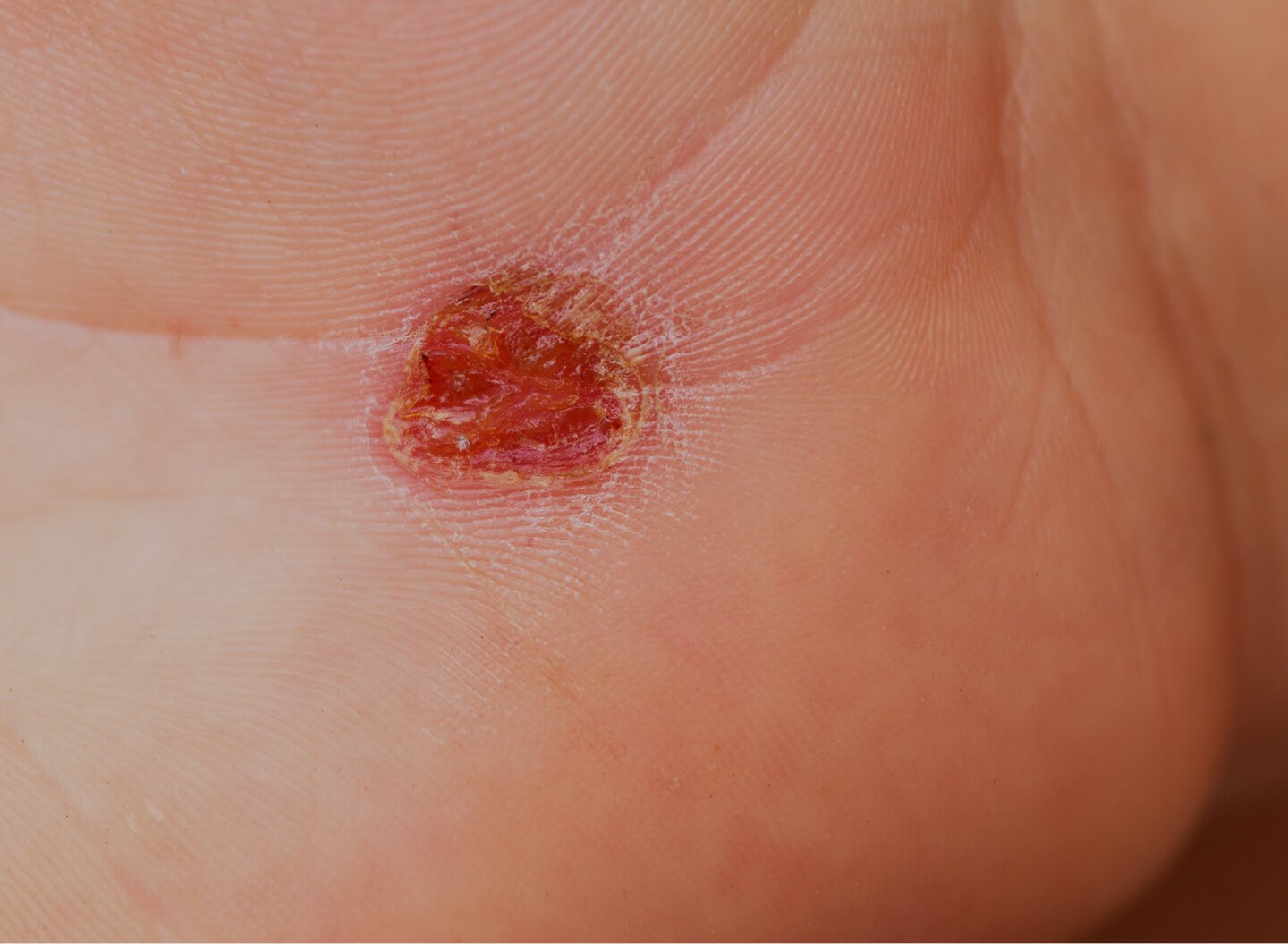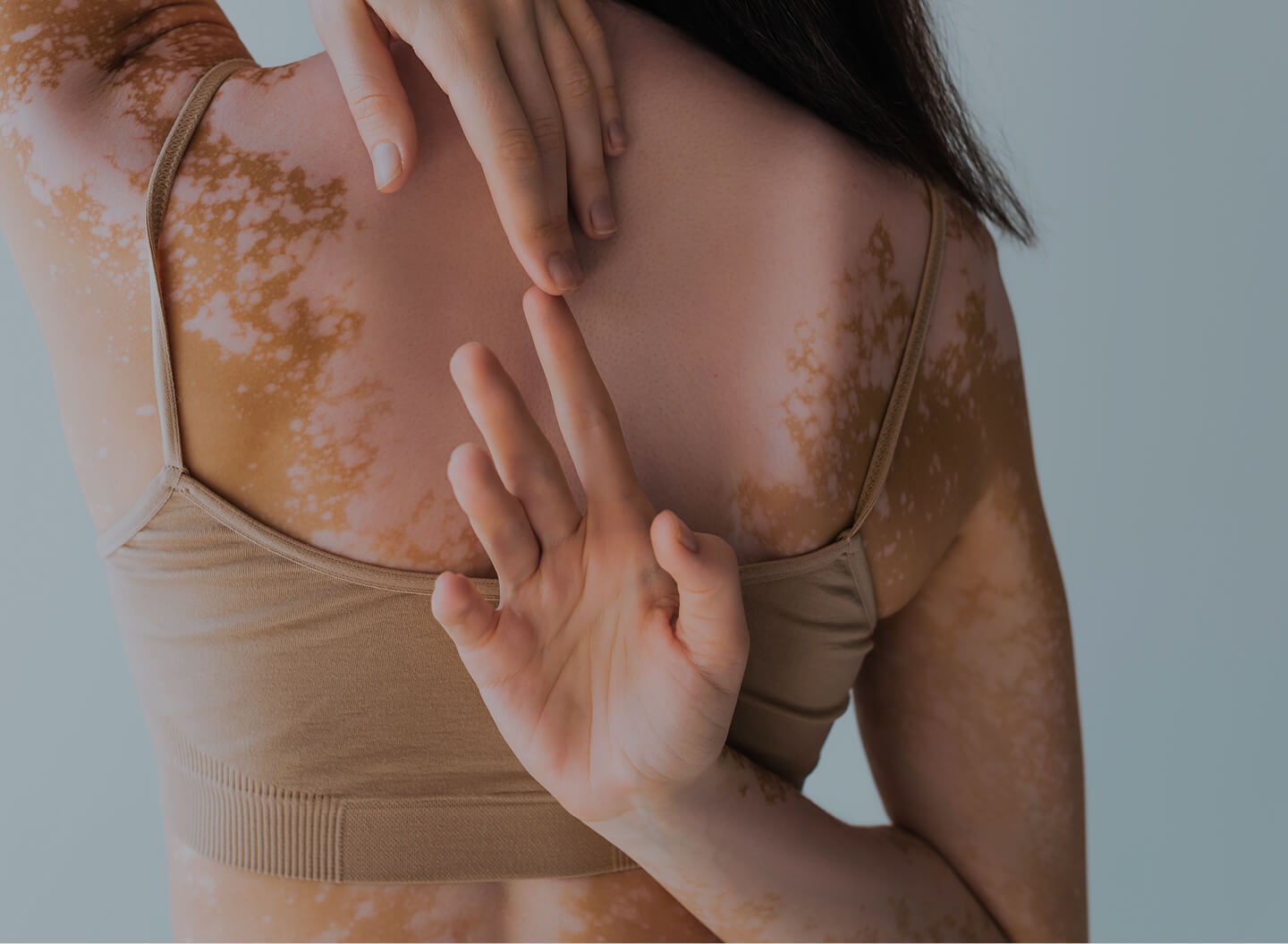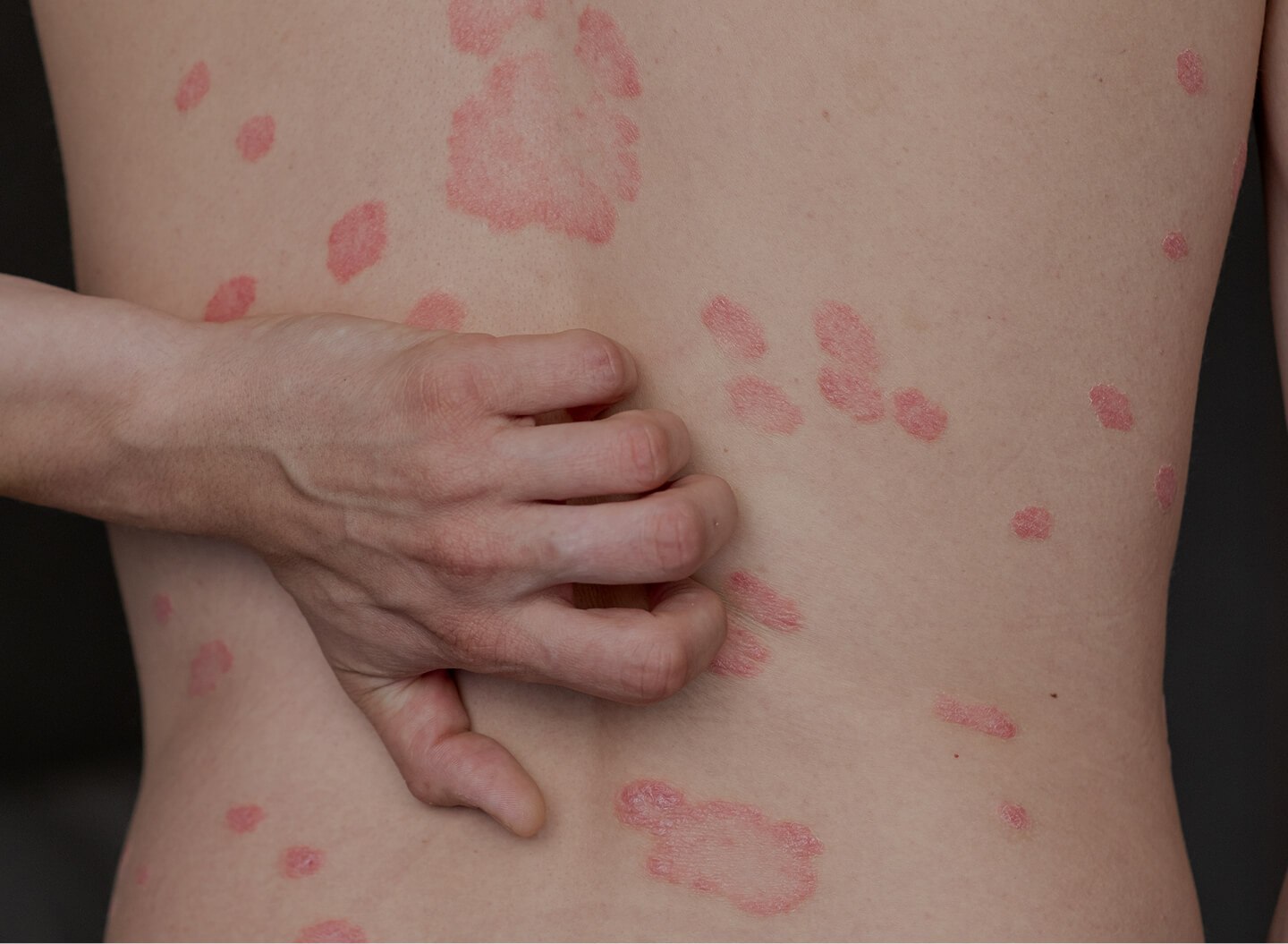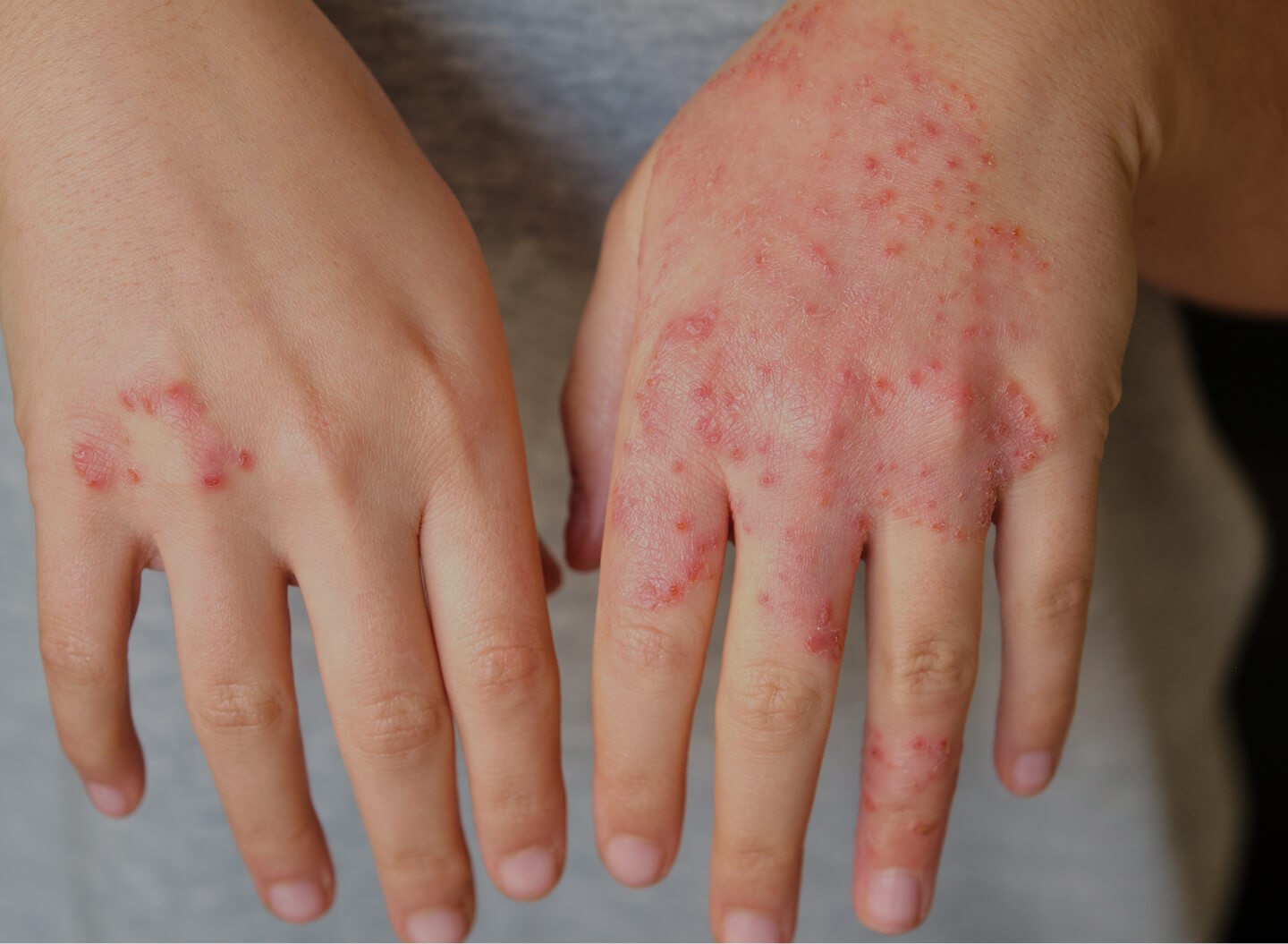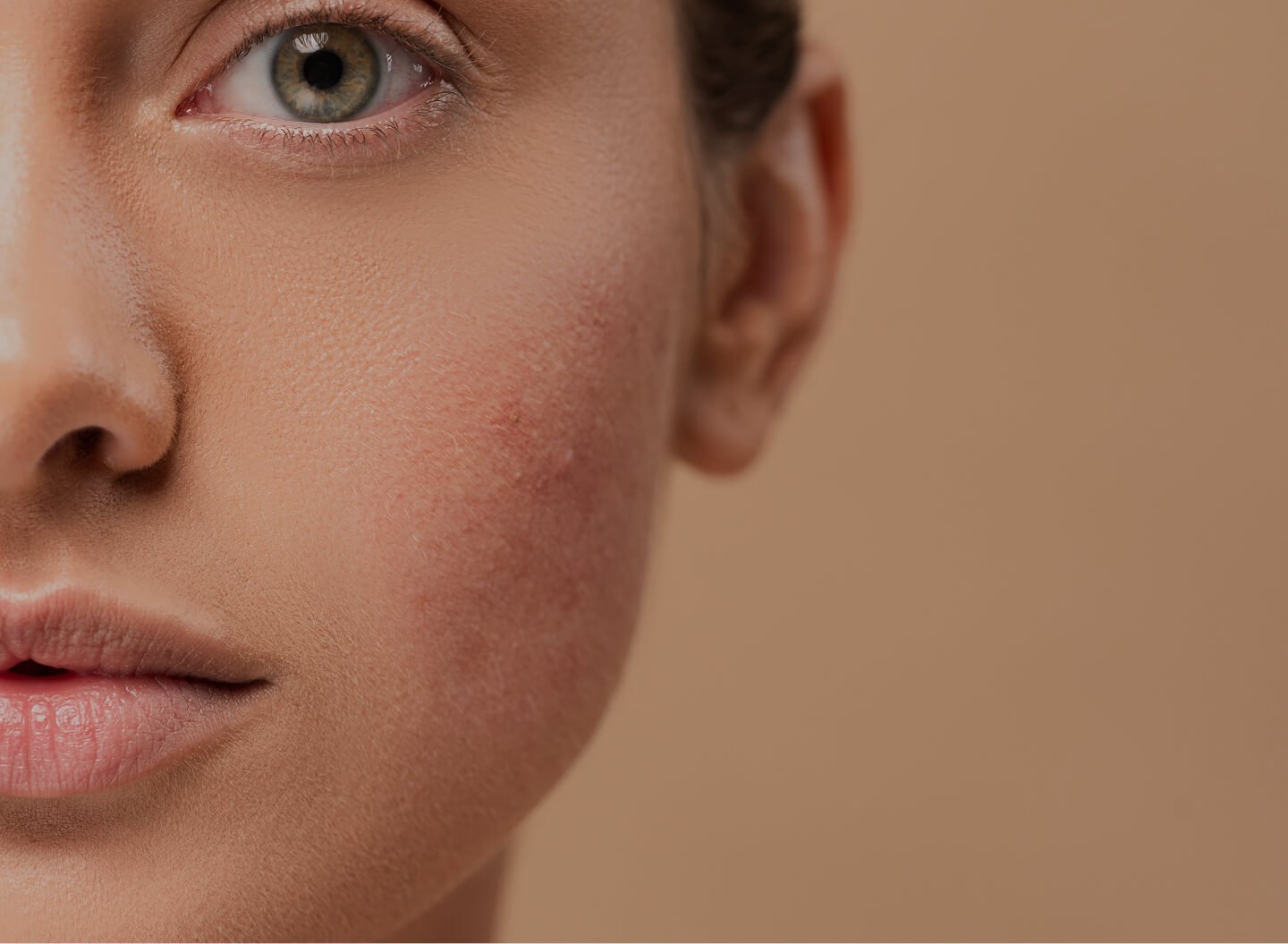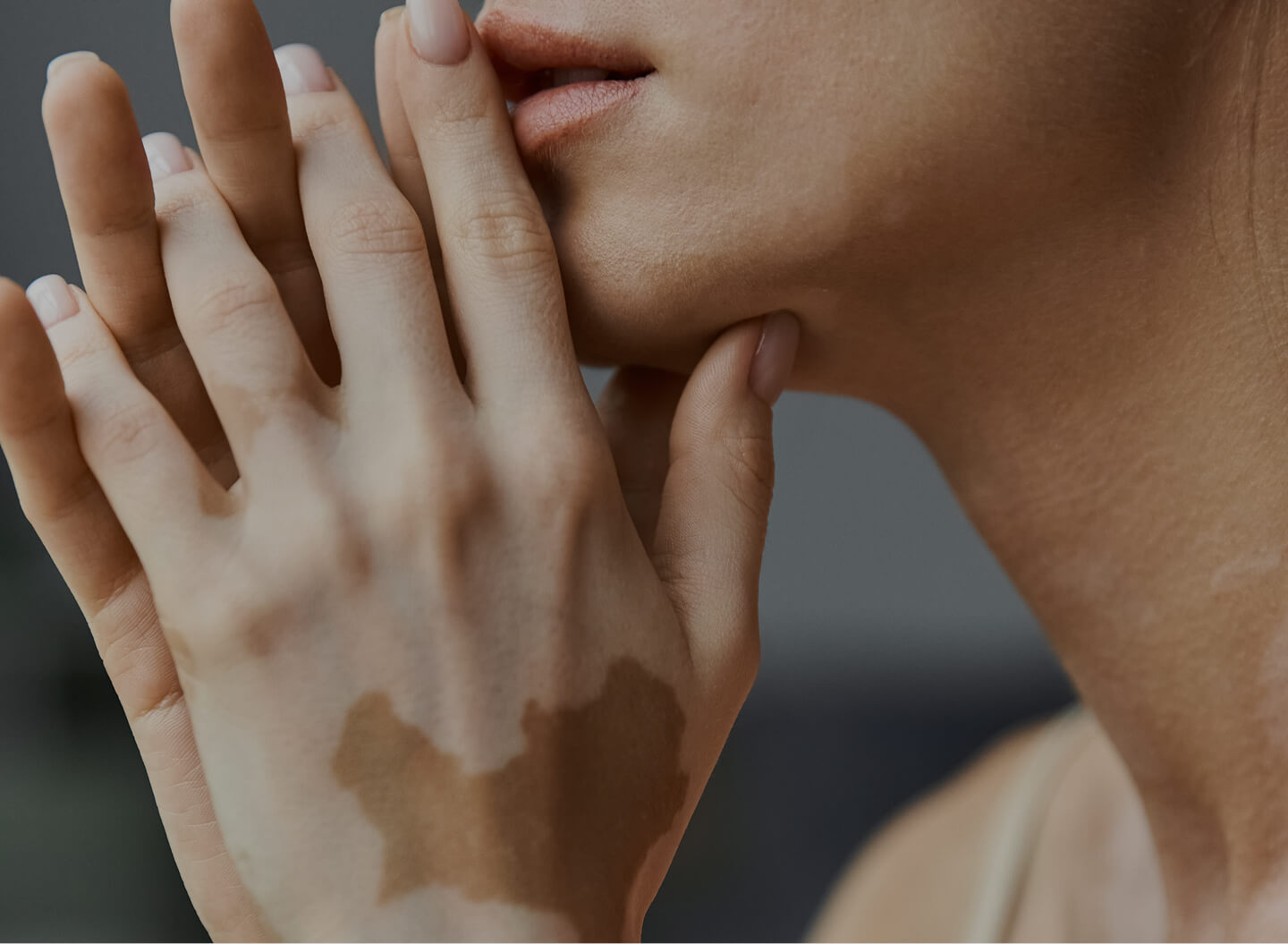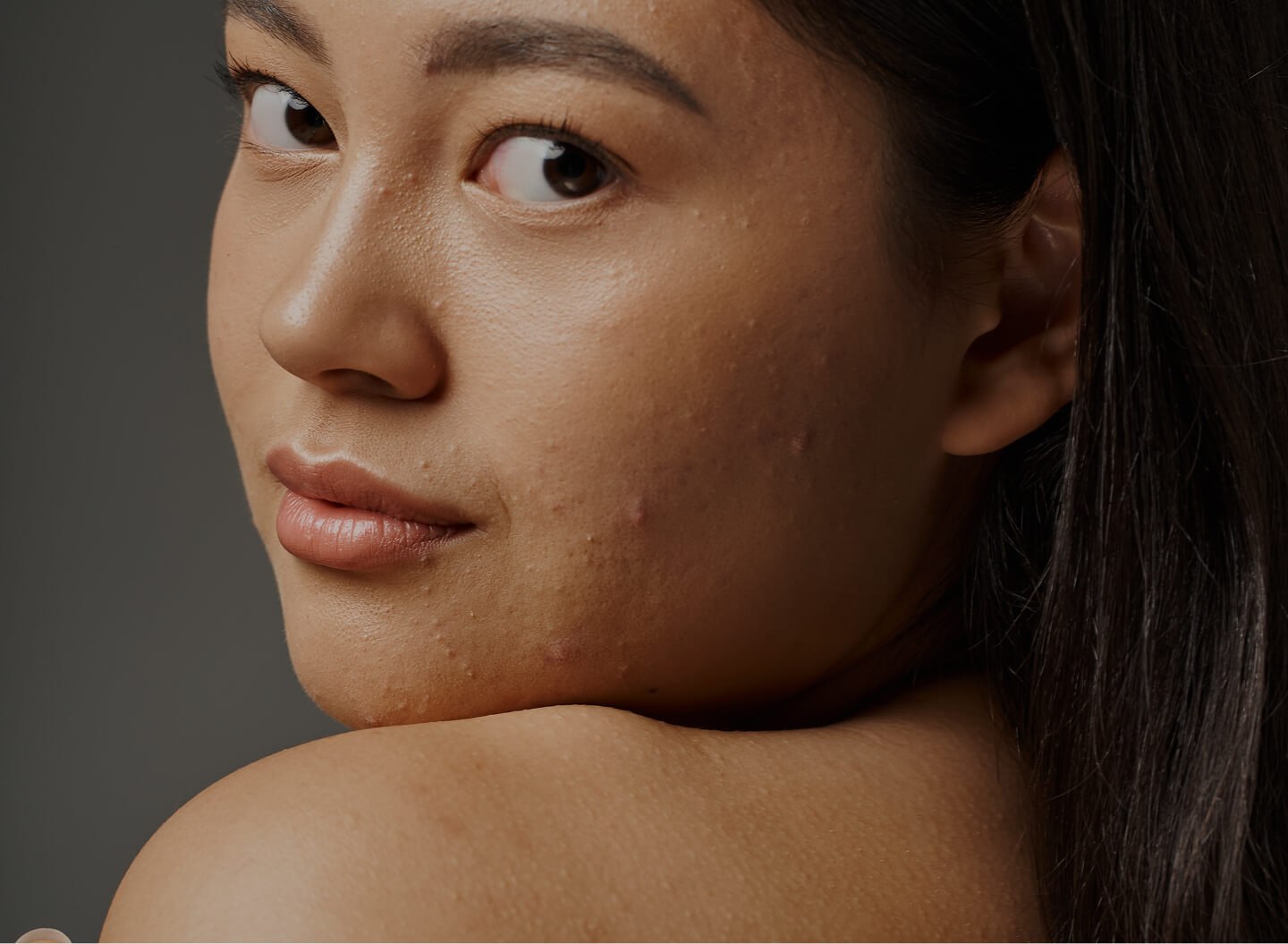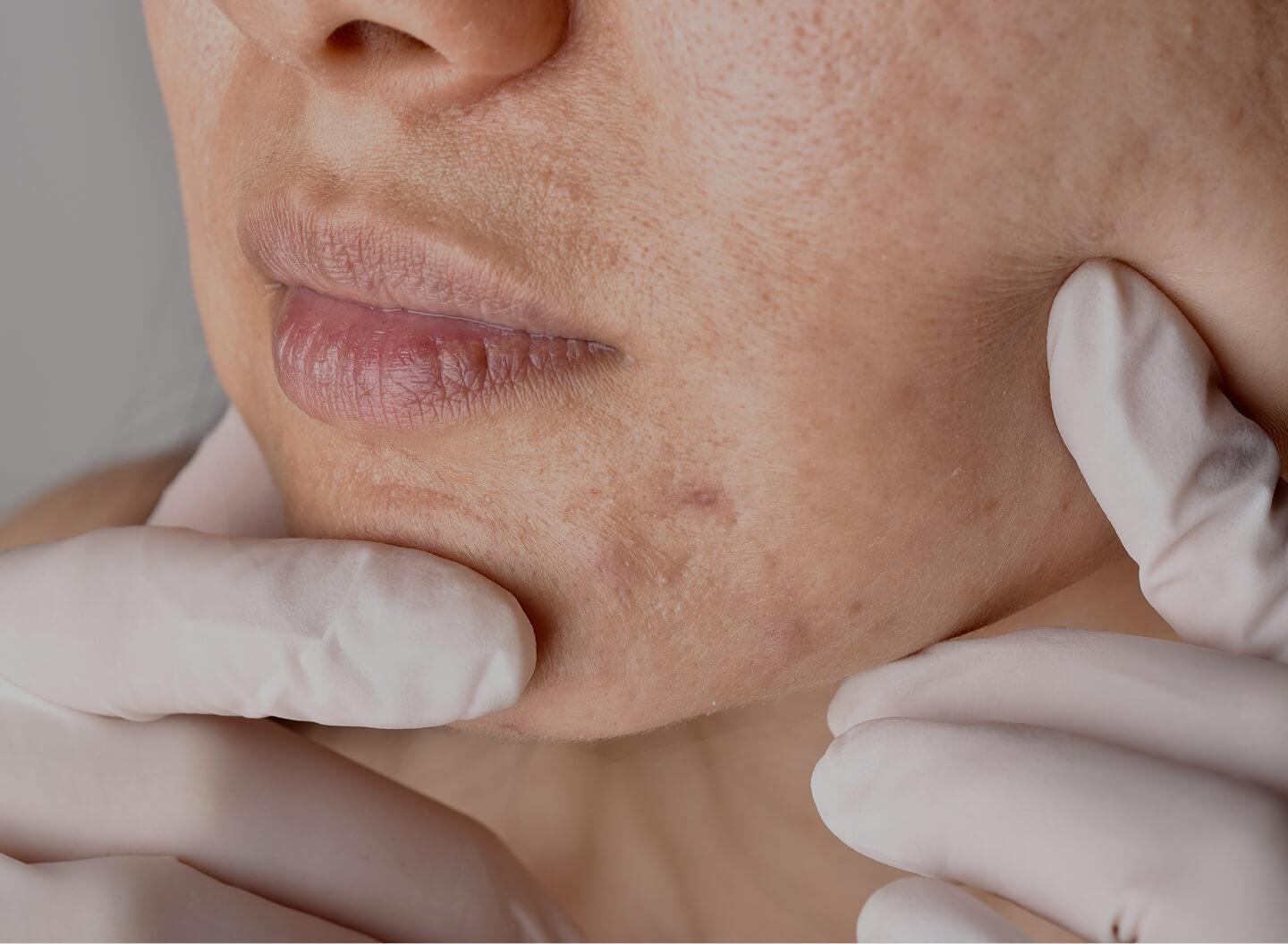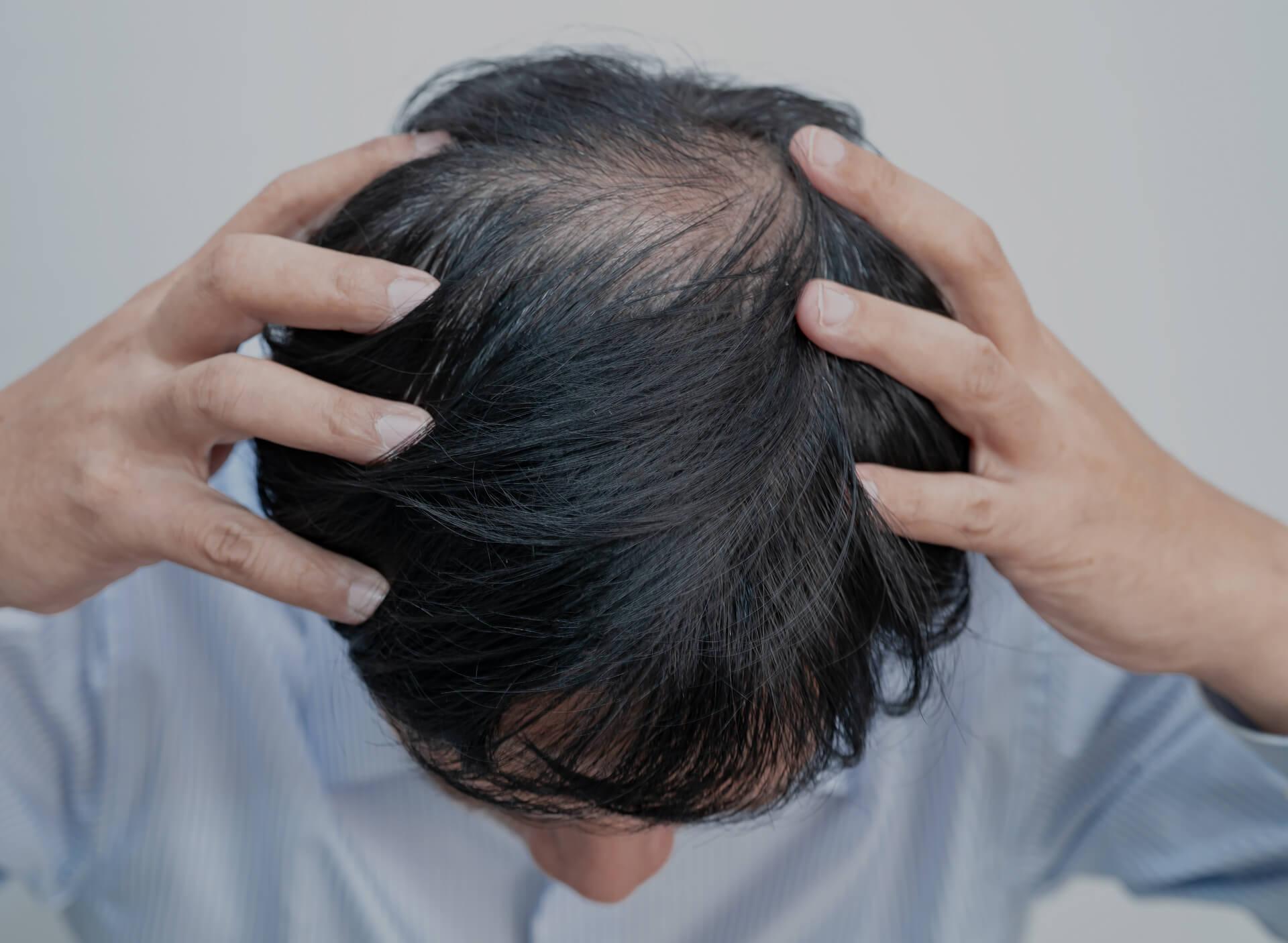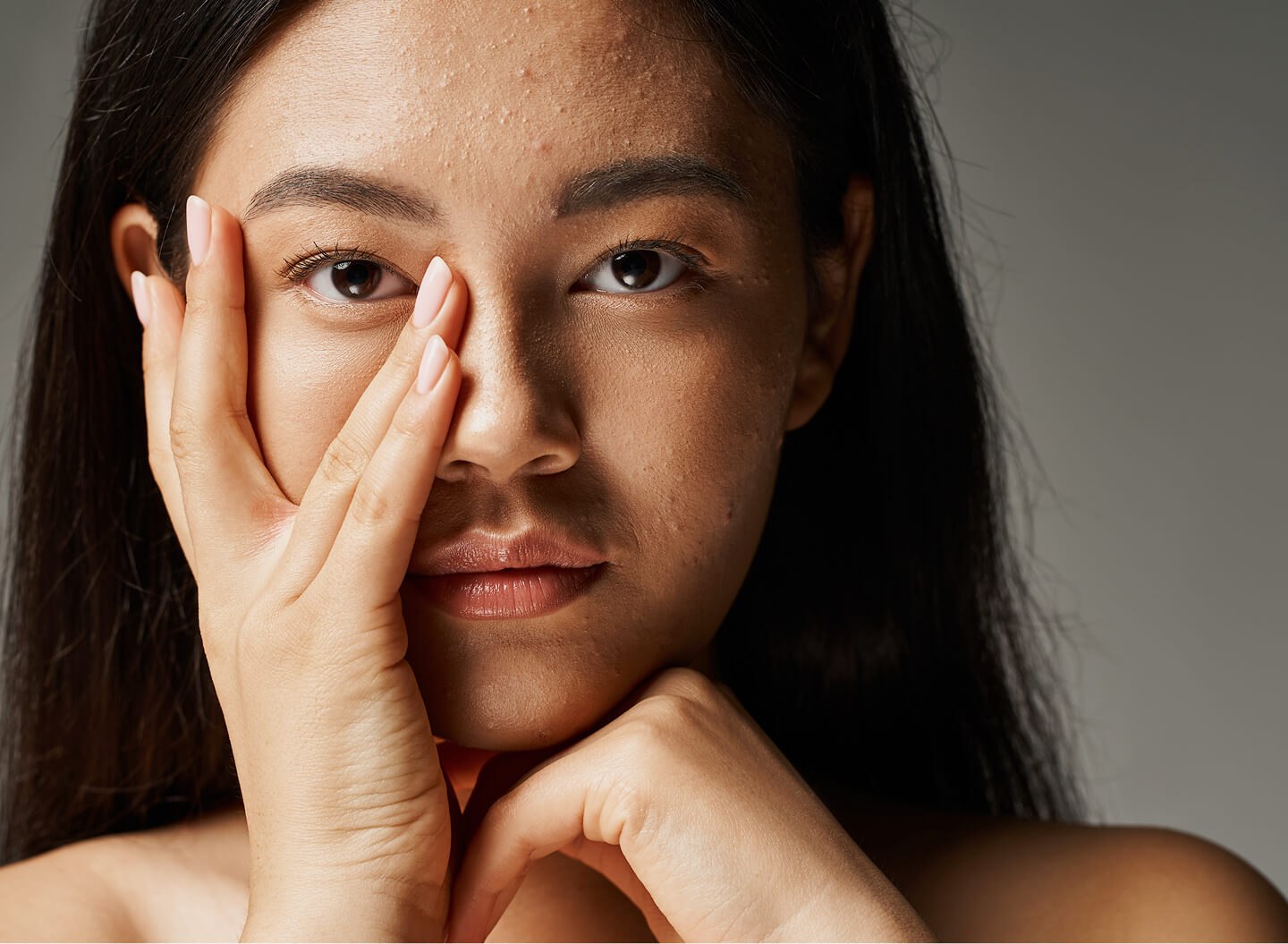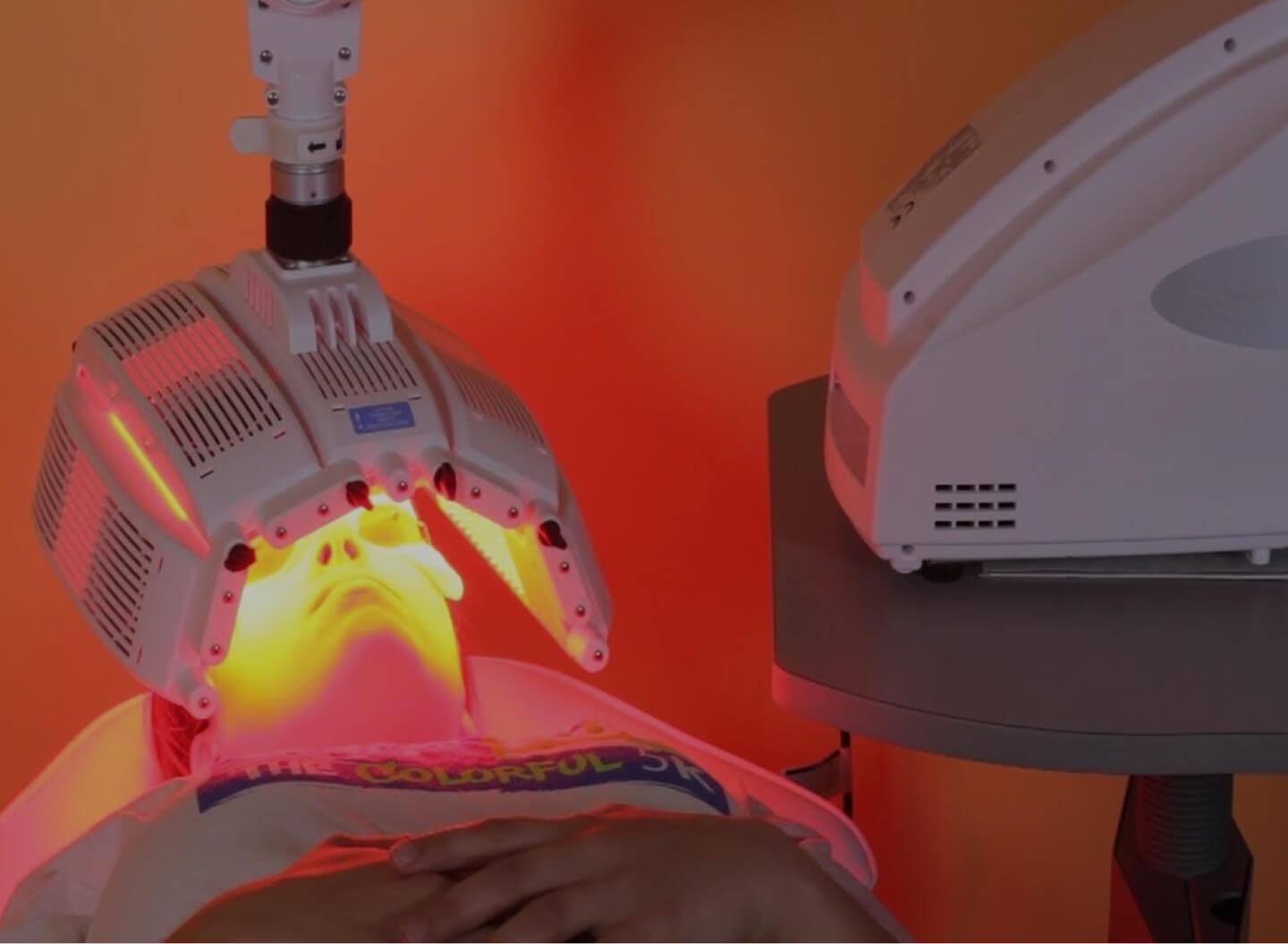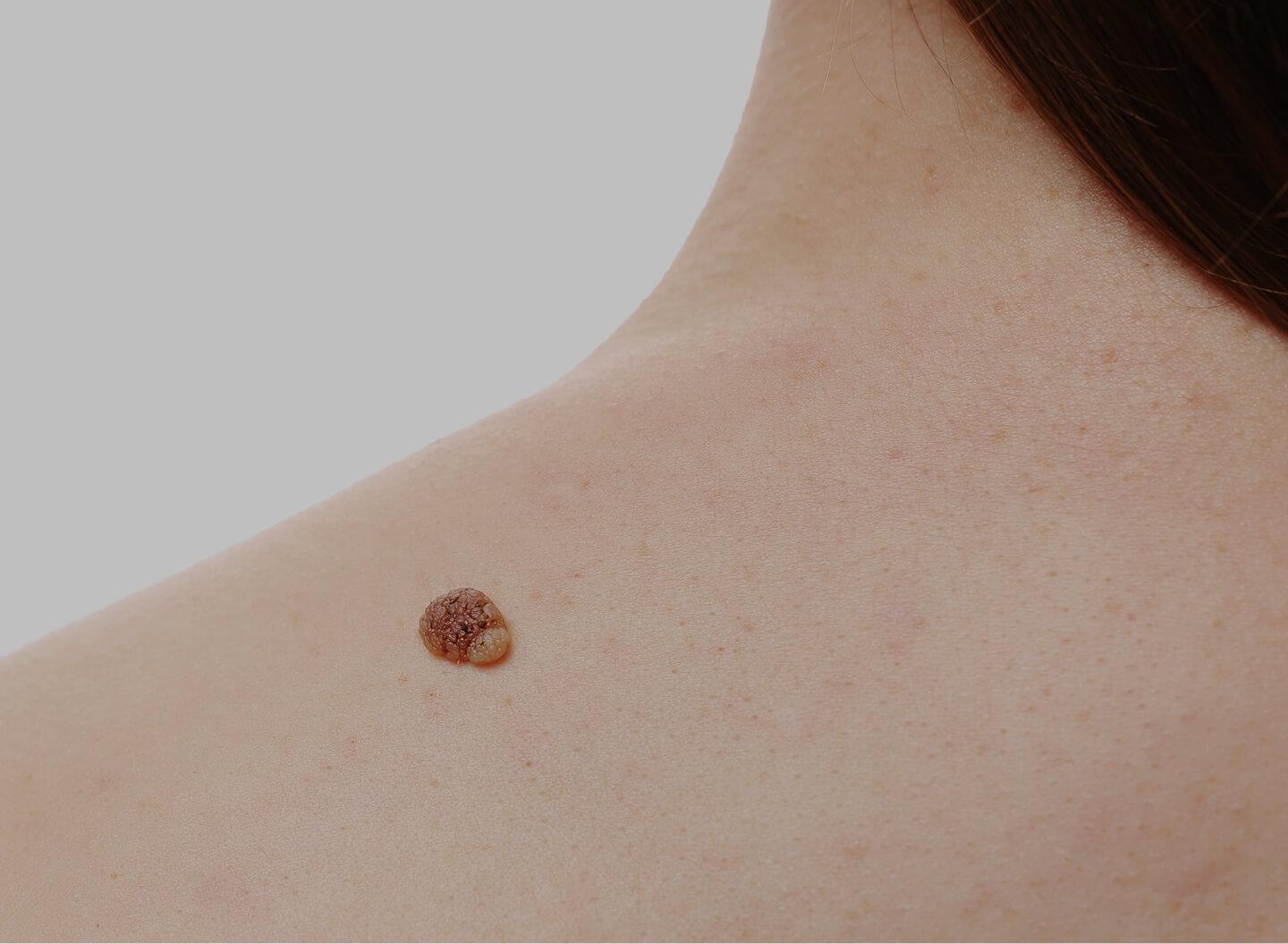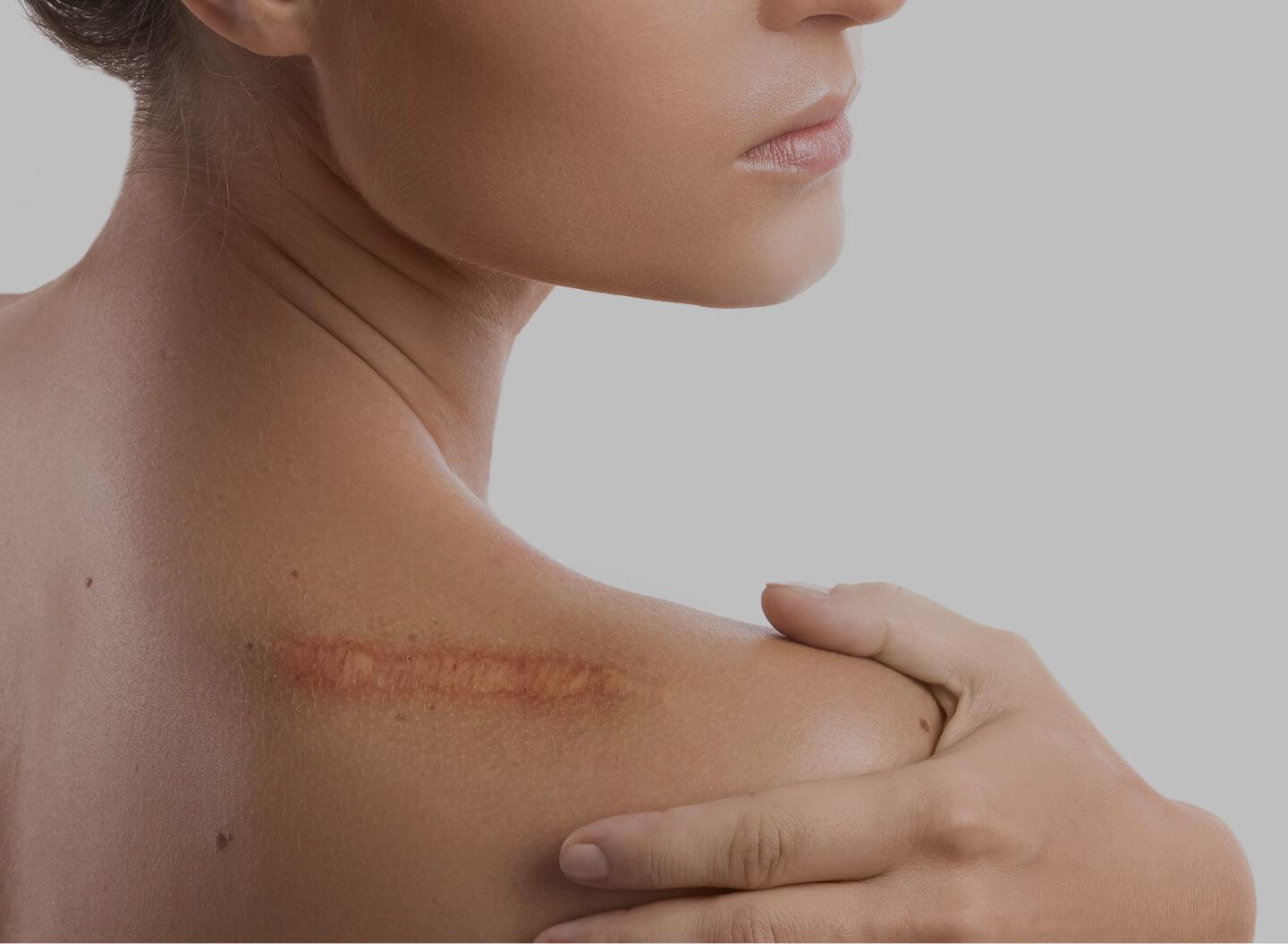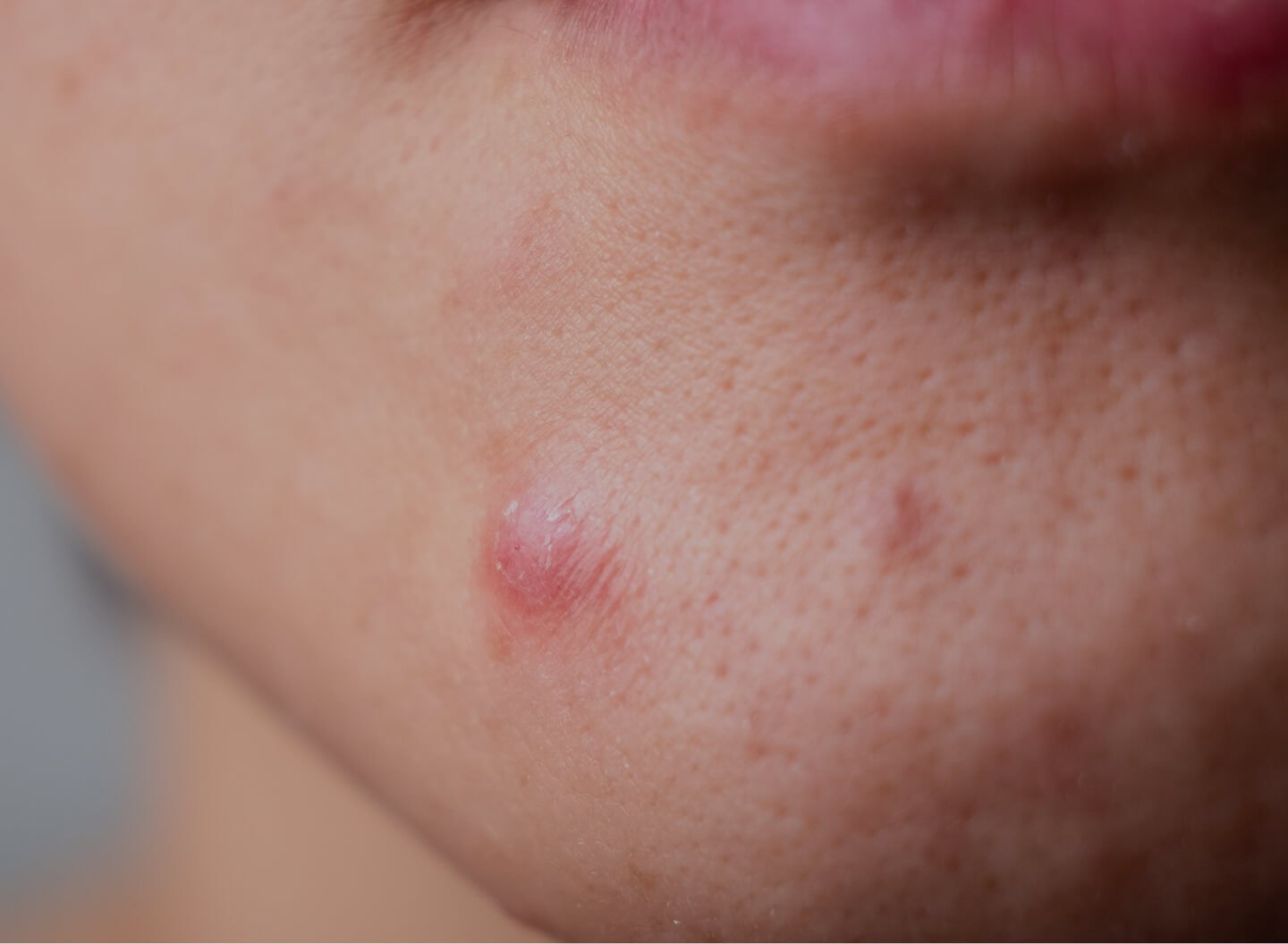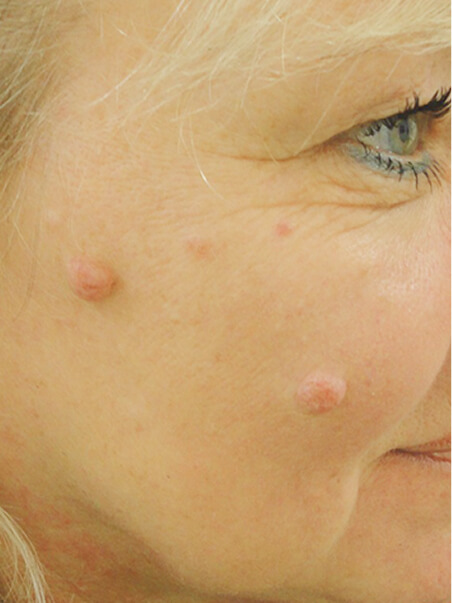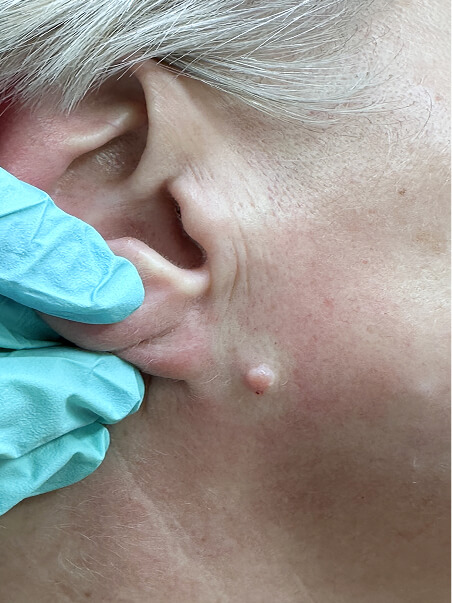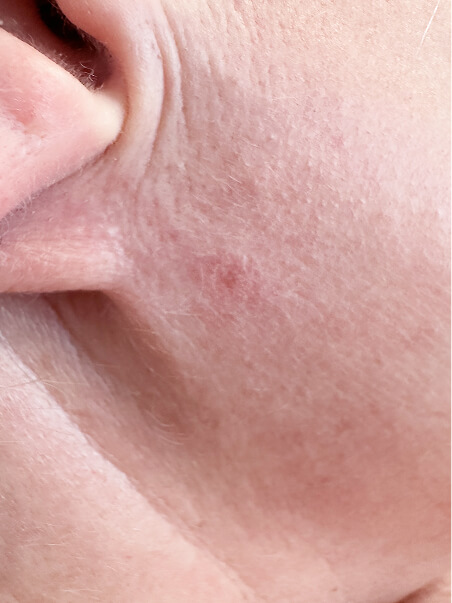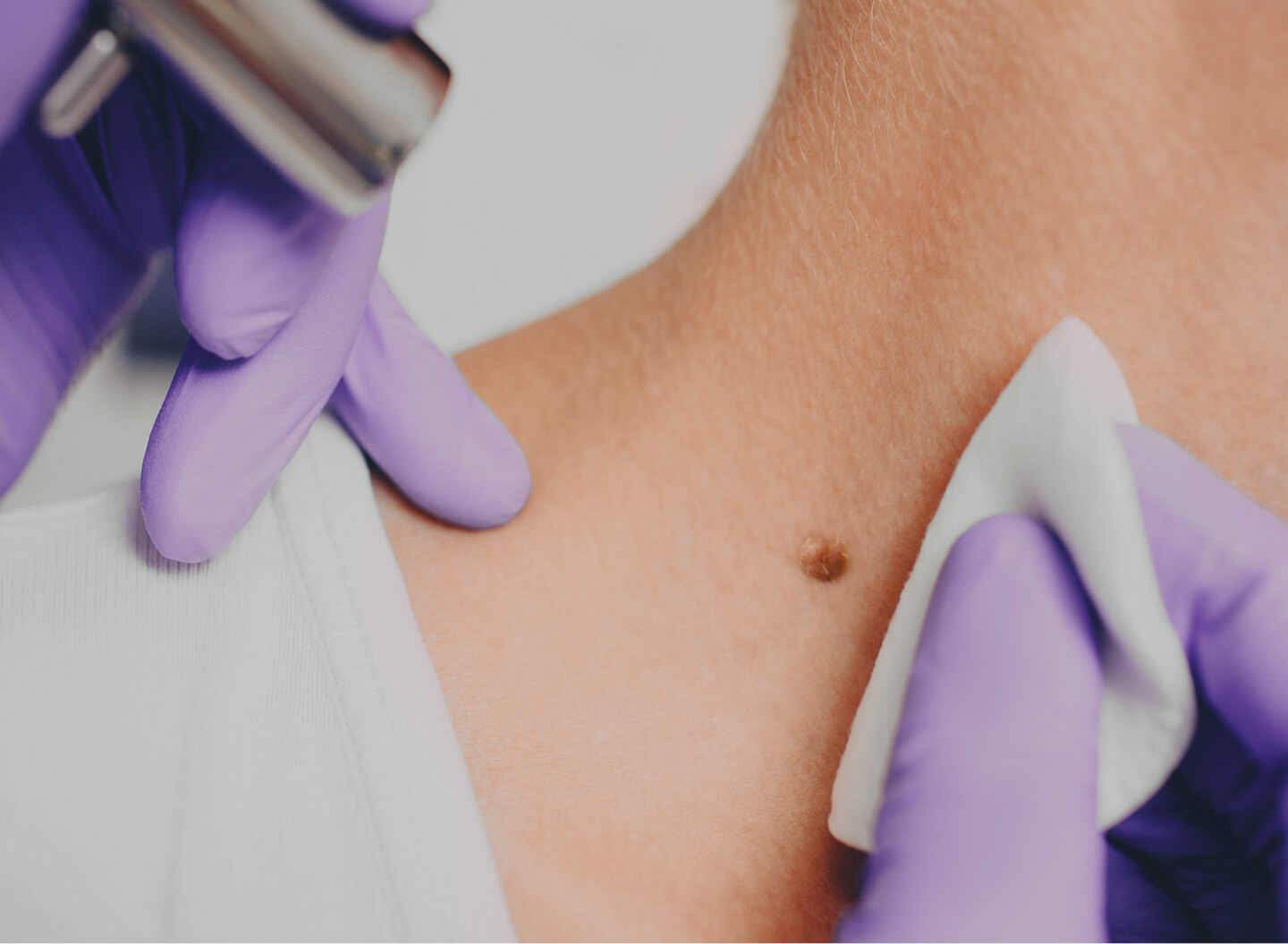
Checking Moles
Moles are common skin growths that most people will develop at some point in their lives. While the majority are benign, some can indicate a more serious condition like melanoma. For this reason, checking moles (UK) regularly is a crucial step in maintaining skin health. At rtwskin, we provide expert skin checking services in Tunbridge Wells to help you take control of your health through early detection.
-
Treatment Pricing
Initial Consultation for over 18yrsfrom £175Initial Consultation for under 18yrsfrom £110First followup consultationFreeFollowups for over 18yrsfrom £100Followups for under 18yrsfrom £55Full Body Dermascope more than 3 molesfrom £200Mole Biopsyfrom £250Mole Laser removalfrom £350The cost of mole removal includes local anaesthetic, dressings and any follow-up appointments. We recommend histology/biopsy testing for all pigmented moles.
Multiple treatments by special quotation.
-
Treatable Areas
Face, neck, arms, legs, back, chest, abdomen, scalp, hands, feet -
Learn more about
Having moles checked is a vital part of preventative dermatology. At rtwskin, our skin cancer screening service is designed to catch early signs of skin changes that could develop into something more serious. We utilise mole mapping dermatology tools to provide a detailed, full-body assessment of your skin. This process involves photographing and tracking changes in moles over time, helping us detect abnormalities before they become dangerous.
If you’ve ever searched “moles check near me” or considered getting moles checked due to recent changes in size, colour, or shape, it may be time to book an appointment. It’s always safer to check moles on skin professionally rather than rely on guesswork. Our consultants are highly trained in mole diagnosis and use advanced equipment for accurate evaluations.
Which Areas Can It Check?
-
Face & Scalp
Exposed areas like the face and scalp are often subjected to sun damage, making them common sites for problematic moles. Our skin checking includes these sensitive regions to ensure thorough protection.
-
Neck & Chest
These regions are frequently exposed and can easily develop irregular moles. We perform a detailed check to assess any risk factors.
-
Back & Shoulders
Often overlooked due to being hard to self-monitor, these areas are meticulously examined during our full-body mole checks.
-
Arms & Legs
Limbs are commonly affected by skin abnormalities due to consistent UV exposure. We check moles on skin surfaces to ensure nothing is missed.
-
Hands & Feet
These parts of the body can develop hidden or atypical moles. Skin health assessments must include these areas for a comprehensive check skin routine.
What Problems Does the Service Solve?
-
Checking your moles regularly can identify:
-
Atypical or dysplastic moles
-
Early-stage skin cancers
-
Signs of sun damage or UV overexposure
-
Sudden changes in moles that could be linked to melanoma
-
Irregular pigment distribution in high-risk patients
-
This service provides vital reassurance and, if needed, a route to early treatment.
Long-Lasting and Effective Results
Early diagnosis significantly improves treatment outcomes. Regular check-ups help track mole changes over time, allowing your specialist to detect even subtle developments.
With advanced technologies and expert dermatologists, rtwskin ensures that your skin cancer screening is not only thorough but also highly accurate.
Benefits
- Early detection of skin pre-cancer and cancer
- Professional mole diagnosis
- Dermatoscopic imaging for precision
- Mole mapping for long-term tracking
- Fast referrals for further treatment if needed
- Peace of mind from expert consultation
- Personalised screening schedules
- Non-invasive and pain-free experience
Recognising Concerning Moles: The ABCDE Rule
To help identify potentially harmful moles, we use the ABCDE method, which is a standard in dermatology:
- A – Asymmetry: One half of the mole doesn’t match the other.
- B – Border: The edges are irregular, ragged or blurred.
- C – Colour: Uneven colours or multiple shades (brown, black, red, white or blue).
- D – Diameter: Larger than 6mm (about the size of a pencil eraser).
- E – Evolving: Any change in size, shape, colour, or new symptoms like bleeding or itching.
These characteristics are red flags and should be assessed by a clinician. If you notice any of these signs, book a consultation without delay.
How It Works
Your appointment starts with a clinical skin examination by a qualified practitioner. If needed, we use dermatoscopic tools for magnified skin analysis. High-resolution images are taken for documentation and follow-up comparisons, a technique known as mole mapping.
If any mole appears suspicious, we may recommend further investigation or Biopsying a Mole. This could involve removing a small sample for lab analysis to confirm or rule out malignancy. Our goal is to catch any concerns early and provide peace of mind.
Getting Ready for Your Appointment
-
Remove makeup and lotions from the skin
-
Wear loose, comfortable clothing
-
Bring a list of your concerns or questions
-
Inform the clinician of any family history of skin cancer
-
Avoid tanning or sunbeds prior to appointment
Post-Treatment Care
What Are the Risks or Side Effects?
While the process of skin checking is safe and non-invasive, some patients may experience mild anxiety about the results or potential follow-up. In rare cases, if a biopsy is required, temporary discomfort, bruising, or minor scarring may occur. We are always available to guide you through each step and provide support.
Expert Insight
“Regular mole checks are one of the most powerful tools we have for preventing skin cancer. When caught early, most skin cancers are highly treatable. Our goal is not just diagnosis, but education and long-term monitoring.” – Dr. Nina Sheffield, Consultant Dermatologist at rtwskin.
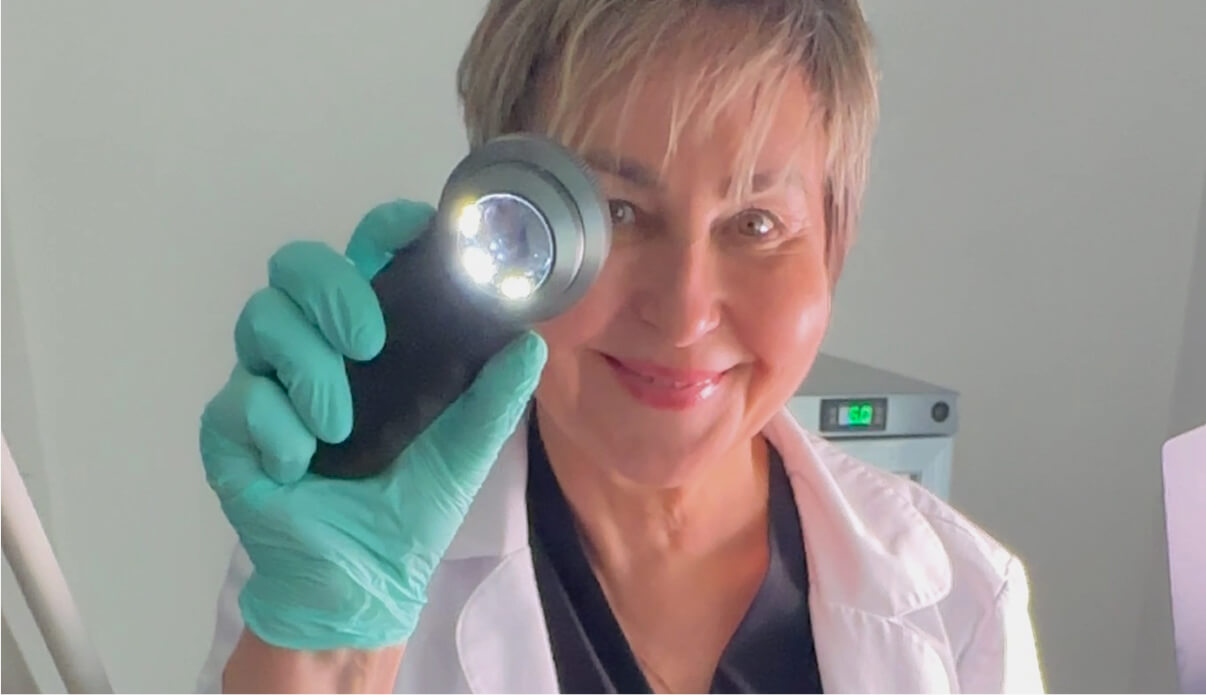
Why Choose Mole Checks at rtwskin?
rtwskin combines medical precision with patient-focused care. Our clinic is CQC-regulated and led by experienced dermatologists who prioritise safety and clinical accuracy.
We use the same technologies found at the mole clinic, bringing Harley Street-level diagnostics to Tunbridge Wells. Whether you’re booking a skin cancer screening near me or simply want to check your moles, we ensure your concerns are treated with the highest level of expertise.
We also provide follow-up treatments such as Moles Removal and biopsy services if necessary.
Dr. Fatima made sure I felt comfortable and calmed my nerves when I went for a mole check and removal. Dr. Fatima provided an easy, pleasant experience and was lovely – I would recommend her to everyone! Thank you!
-Anca
Before / after
Mole Diagnosis, Biopsies & Removal treatment in action
Learn more about Mole Diagnosis, Biopsies & Removal treatment
We’ve got you covered, as we have finance options available for people with varying circumstances. rtwskin believes that you shouldn’t have to pinch your pockets to be able to purchase our products. You can pay in affordable monthly instalments to better suit your needs and budget.
To help you purchase from rtwskin, we have partnered with Kandoo, a regulated credit broker to offer all our customers a range of highly flexible finance options. Kandoo is a comparison service that searches to find you the best Personal Loan option that’s right for you.

How many mole removal treatments will I need?
Just the one, and the entire visit will take less than an hour. Your rtwskin doctor will advise you on aftercare, such as the use for three to five days of an anti-bacterial ointment – and will tell you to stay out of the sun for some time. If the mole was hairy, you may need further laser hair removal treatment which we can of course take care of for you. The superficial wound will take 7-10 days to heal, by which time your mole will be no more than a bad memory
What to expect post laser surgery?
Facial skin heals three times quicker than other areas. Many of our patients have concerns about facial mole removal however, facial skin heals very quickly and it is usually only 5-7 days when new skin has developed with very little or no scarring at all.
Once the procedure is complete, Antibacterial dressings and plaster will be applied. It’s important that the wound stays open and dry for a few days. No showers for 48 hours and then only with a plastic bag over the wound. If exposed to water pat dry and apply topical Antibiotic cream twice a day for 2-3 days. Avoid swimming for two weeks after the procedure. It is normal to expect some tenderness for a day or two but this is generally easily controlled with over the counter pain killers.
When the wound heals you may use a silicon scar softening cream or gel (Dermatix or Kelocote) for two to three months for complete healing and minimising any risk of scarring. Silicon scar reduction products also come in plaster like dressings rather than gels that can be used in areas where gels are not suitable
Does laser mole removal hurt?
Don’t worry. Our state of the art laser equipment means that most moles are easy to remove without any pain.
Home care advice
- After treatment the area may feel irritated, tender and/or red. To prevent any infection apply topical Antibacterial cream twice a day for 2-3 days.
- Scabbing will form over the treated area and it will take 1-2 weeks to fall off naturally. It may leave some temporary discoloration in the area and in most cases this will clear within a few weeks, depending on individual healing time. Do not pick at the scabs, this is the biggest reason scars form. Prematurely removed scabs may also cause hyperpigmentation. Do not shower for 48 hours. Do not swim for two weeks.
- If the area is irritated apply topical Antibacterial cream, occasionally Hydrocortisone cream as directed by your doctor. If possible keep the area dry and open during the day. Pat the area dry after bathing, do not rub as it may remove the scab prematurely.
- Do not expose to direct sun. When healed apply sun block during the day, even in winter or on cloudy & rainy days, avoid sun exposure for at least one-month post treatment.
- Do not use peeling or bleaching products for at least a month. Do not apply moisturizers or makeup on the treated area(s) until the crust has fallen off and healing is complete.
- Clean your skin and shower after the initial period using only mild products with no alcohol content
Why do moles need testing?
Mole removal and subsequent testing or histology of the mole or skin lesion is the only way to securely and confidently diagnose where there is a risk it may become cancerous. Clinical observation, mole scan and dermascopic examination by doctors are an aid to help decide which may be problematic but do not give a 100% diagnosis which is why all moles are sent for testing to a laboratory for analysis to find out if it’s benign or cancerous.



Modern techniques and equipment to achieve the best results

 Treatments
Treatments